Japanese geography 201
Hachijōjima 八丈島 (i.e. "Hachijō Island") is next to last in the string of islands of the Izu Archipelago which is administratively part of the Tōkyō Prefecture, but its isolation 290 km form the capital and its limited attractiveness makes it a very exotic location for mainstream Japanese people. It was fun to compare the reaction of the hostel owners during the pilgrimage where we met and gradually became friends last year, when we arrived together and checked in: a Japanese speaking French pilgrim from Paris was very unusual, but that was nothing compared to a Japanese pilgrim from Hachijōjima. This alone was a non-negligible factor in accepting his warm invitation to come and visit him.
There is nothing like ANA’s network map in its in-flight magazine to explain the location of HAC. This flight goes all the way to the bottom of the map: HAC that I circled in white is actually at the same latitude as Nagasaki which lies at the left end of the main archipelago, but the map has been turned slightly in order to fit best in a landscape format, and the Ryūkyū archipelago (Okinawa) which is actually much further south is in a box top left.

There are interesting islands in the inserts on the right of the map above, even though they do not have any Japanese civilian airport:
First, in a green box, the extension of the map due south of Tokyo, going all the way to the Ogasawara archipelago, listed by Unesco in its World Heritage List, some 23 hours away by a ferry sailing once every six days, with fares ranging from 400 to 1,000 EUR round trip. Medical evacuations are performed using a Shin Meiwa sea plane of Japan’s Air Self-Defense Forces (i.e. the Air Force) based in Nagoya.
Even further beyond lies Iwo Jima, in a red box, which entered History when it became in early 1945 the first all-time Japanese island conquered by the US forces. To this day, it remains closed to civilians, apart from on-site commemorations of this battle.
Last, in a purple box, the four South Kuril Islands, located north of Japan beyond Hokkaidō, seized by the Soviet Union in the final days of WWII, and a perennial stumbling block in the relationships between Japan and today’s Russia. The Russian recently proposed to give back two of them and end the matter for good, but the most nationalist fraction of the Japanese public opinion is opposed to any compromise in this matter.

That being said, going to Hachijōjima is easy: there are three daily flights which are not in high demand outside summer and the fares are moderate: not only ANA offers a flat "ANA Experience Japan” fare to the non-resident foreigners, but with enough advance planning, the base fare accessible to all is even less. What you see here are the fares for two one way tickets: our two return tickets cost us 223 EUR. It was non modifiable, non-refundable, but included a piece of checked luggage and free seat selection at booking time. Last not least, they can be booked on ANA’s user friendly website.

It is definitely against my policies to fly two consecutive unconnected flights, but the fare for CDG-HAC on a single PNR at our dates was outrageously expensive. With 3h5’ between the arrival of the CDG-HND flight and the departure of the HND-CDG, at a season when there is no winter storm anymore and no typhoon yet, it was a reasonable safe bet and we could survive a moderate delay of the incoming flight. And then, if we did miss the second flight, our program had enough flexibility to handle the situation. But nothing of the sort happened: the AF flight had been on time.
The routing is now revealed (in part):
Flight routing
- 1
- 2NH1895 - Economy - Tokyo → Hachijojima - Airbus A320
Check-in and reaching the domestic terminal
So I checked us here for Hachijōjima. In all countries where I have traveled in the past ten years, all I needed to do at a check in counter had been to give my passport or ID, and my destination. Not here : the check in clerk asked if I had a reservation and please show it (and that, even though I spoke in Japanese). Good thing that I had printed it just in case.
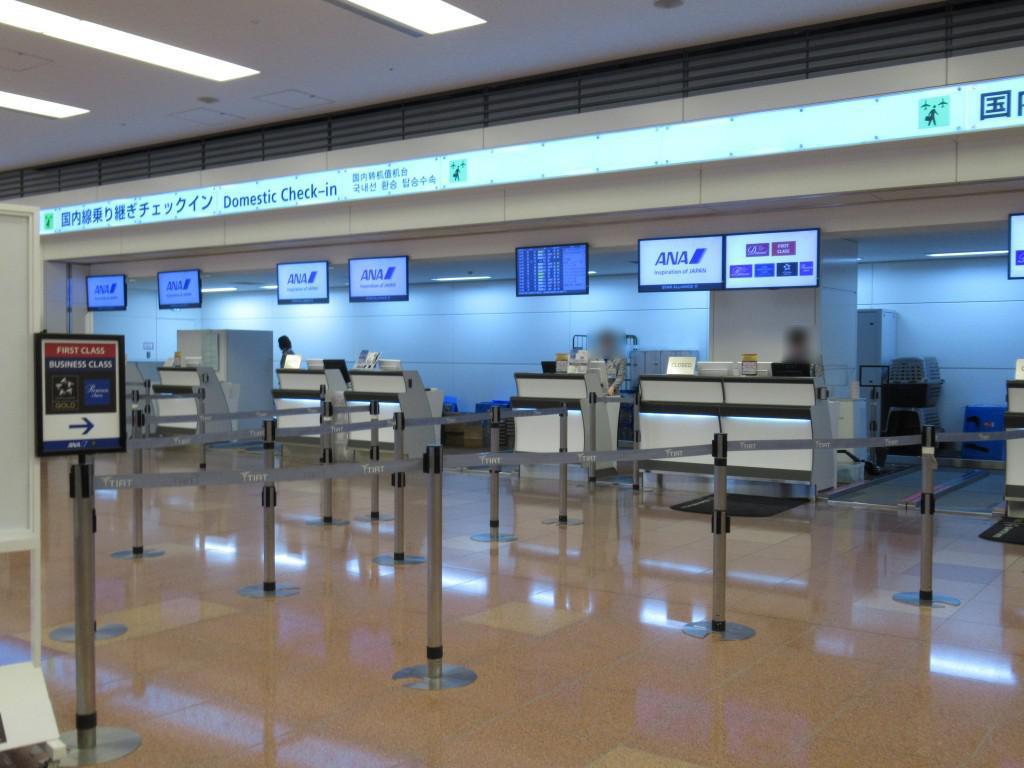
After a lot of typing on her keyboard, she delivered our BPs. A window seat for me and an aisle seat for my wife : we’ll see if the bet on neutralizing the middle seat will be more favorable to us than on the preceding flight.
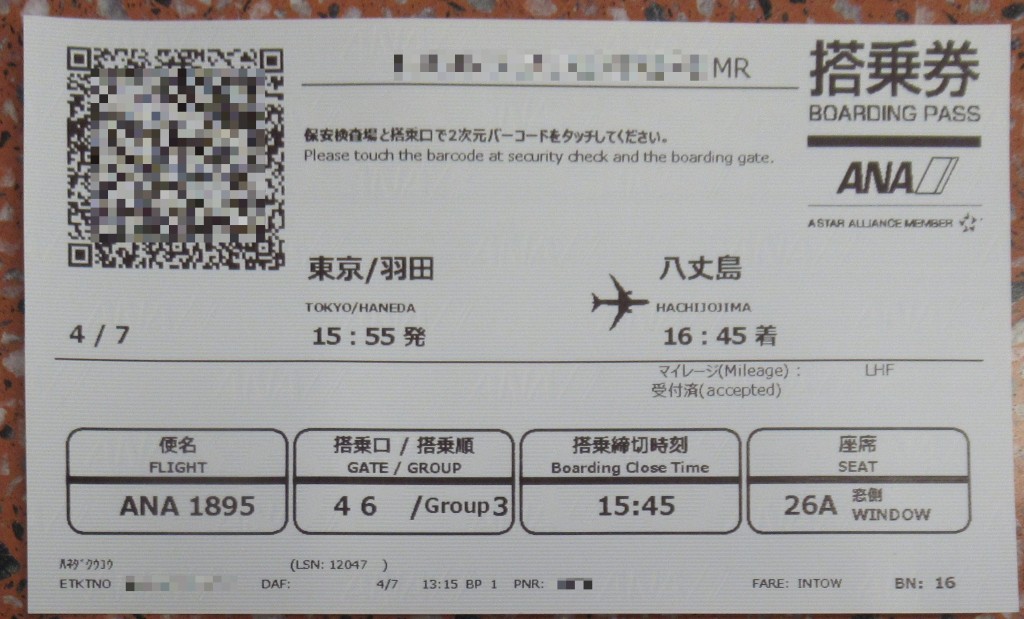
We did not waste a single minute of the ample time margin between both flights and do not need to rush, so the first step is in the toilets facing the check-in area. The passengers targeted by this pictogram on the right are not the foreigners, but the Japanese, because only they would use a Western toilet squatting like if it was a Japanese style toilet. It has now been decades since there have been Western toilets in Japan, and I wonder if this sign has still any relevance.

This water fountain works
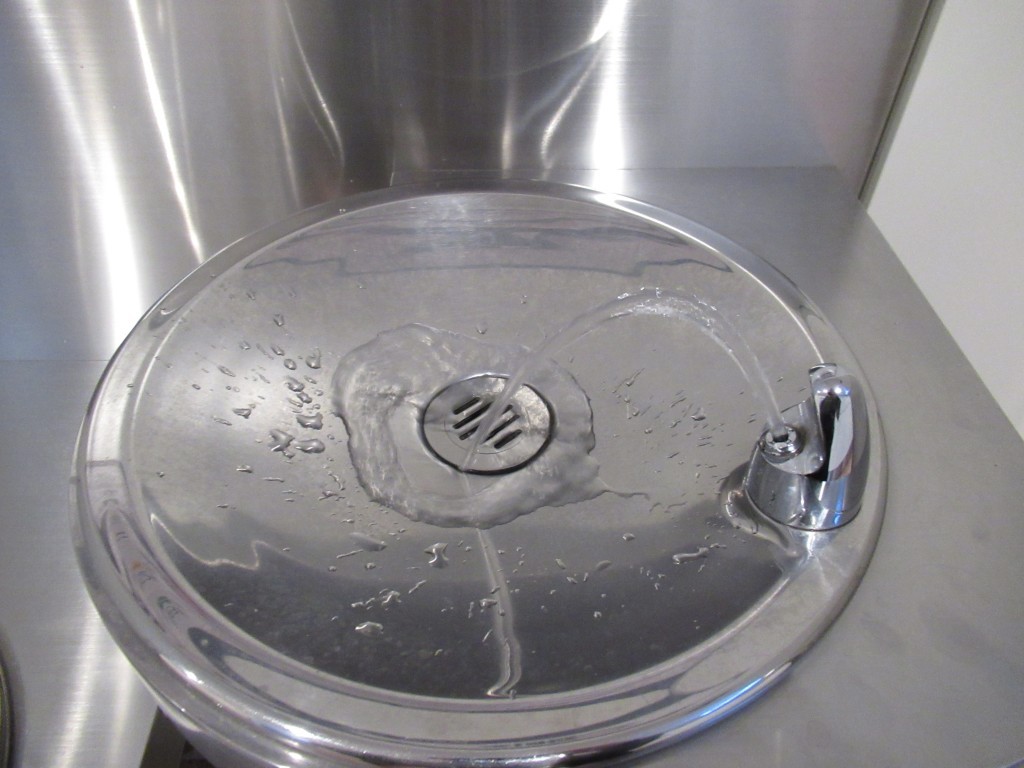
The area of the terminal is spotlessly clean, yet this man in the center of the picture is looking for any piece of rubbish with a hand held vacuum cleaner, and it takes an eagle view to spot one.
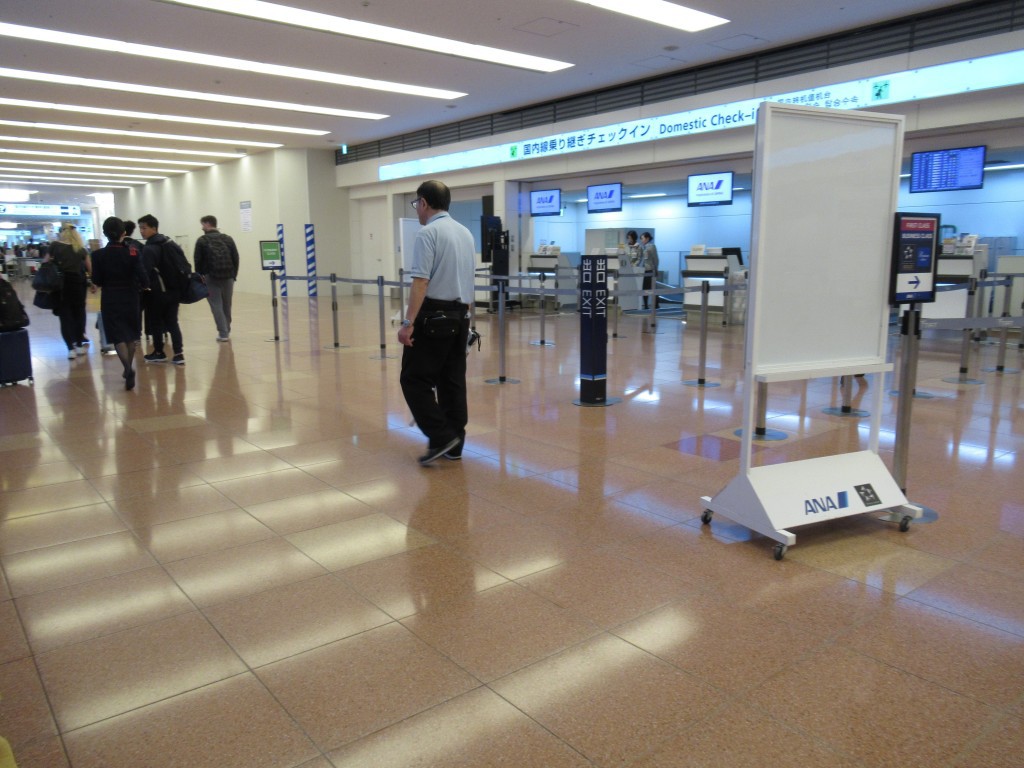
There is no people mover between the international and domestic terminals, but shuttle bus and there is no mixing of competitors : there are airside buses operated by ANA (blue schedule) and JAL (red schedule) for their passengers only. I presume that the LCC passengers must go landside, where they can take the monorail of the train.
Lunch time is a low traffic time slot and the buses run at 20 minutes interval only, vs. 10 minutes in rush hour.

The first step consists in going through a security check where the waiting time is nil. I had forgotten a small bottle of water in my daypack : it is detected of course and I expected that it be dumped but no. It was briefly put on a machine like this hooded one and politely given back, after I had politely apologized for forgetting about it. In hindsight, it did not surprise me, because I remember reading that Japan has deployed the machines making it possible to accept again liquids in hand luggage without quantity limitations.
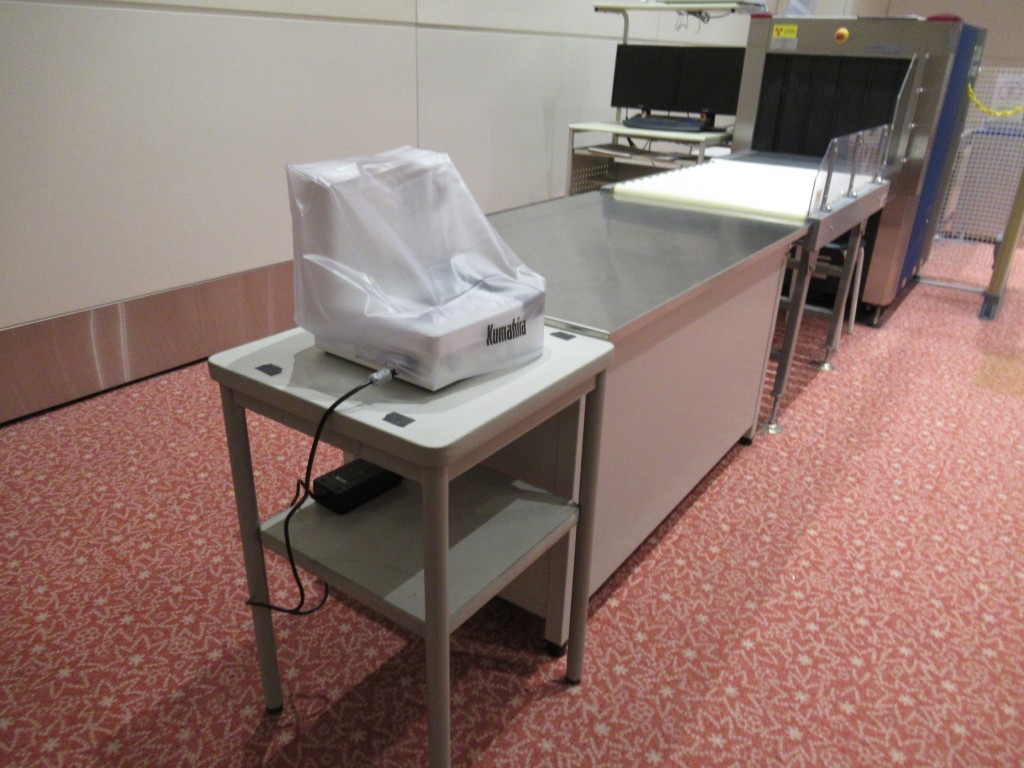
Going down this escalator afterwards
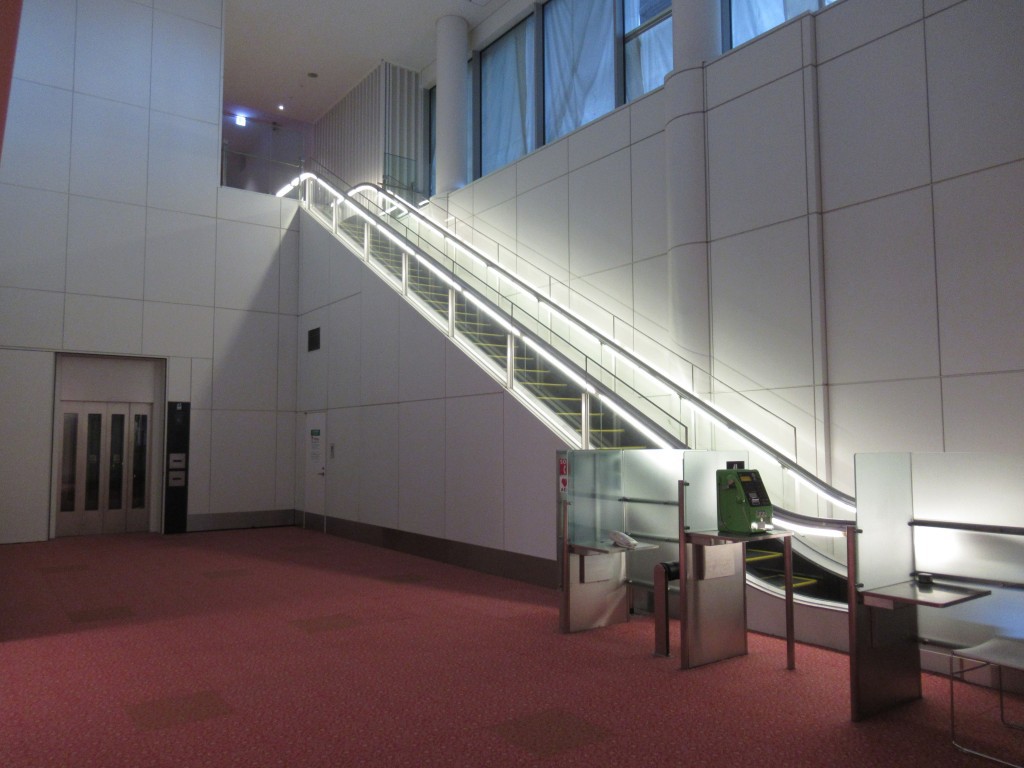
… reaching this waiting room

The ANA shuttle bus operates a loop : International Terminal, South Domestic Terminal, North Domestic Terminal

We’ll board at the North Terminal, Gate 46, but the numbers only run from 51 to 61 (and also from 500 to 506, probably for bus transfers) ?
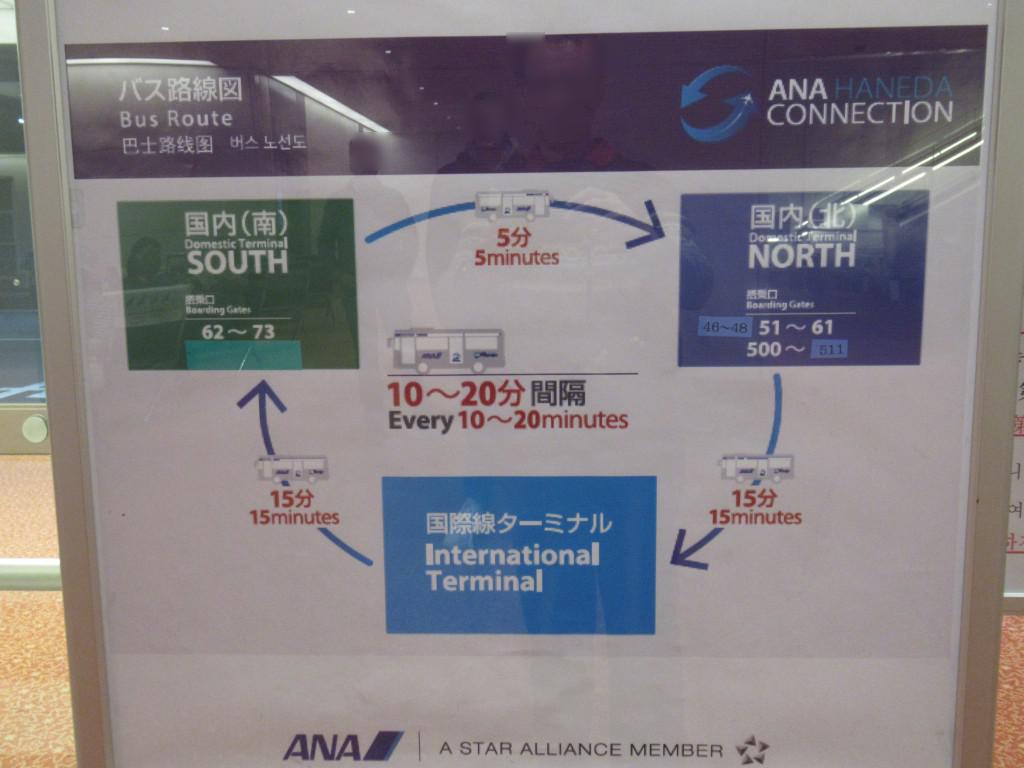
There is a makeshift correction on this sign below the screens, adding Gates 46-48 and extending the bus gates numbering 511. Can’t they update the screen’s display?
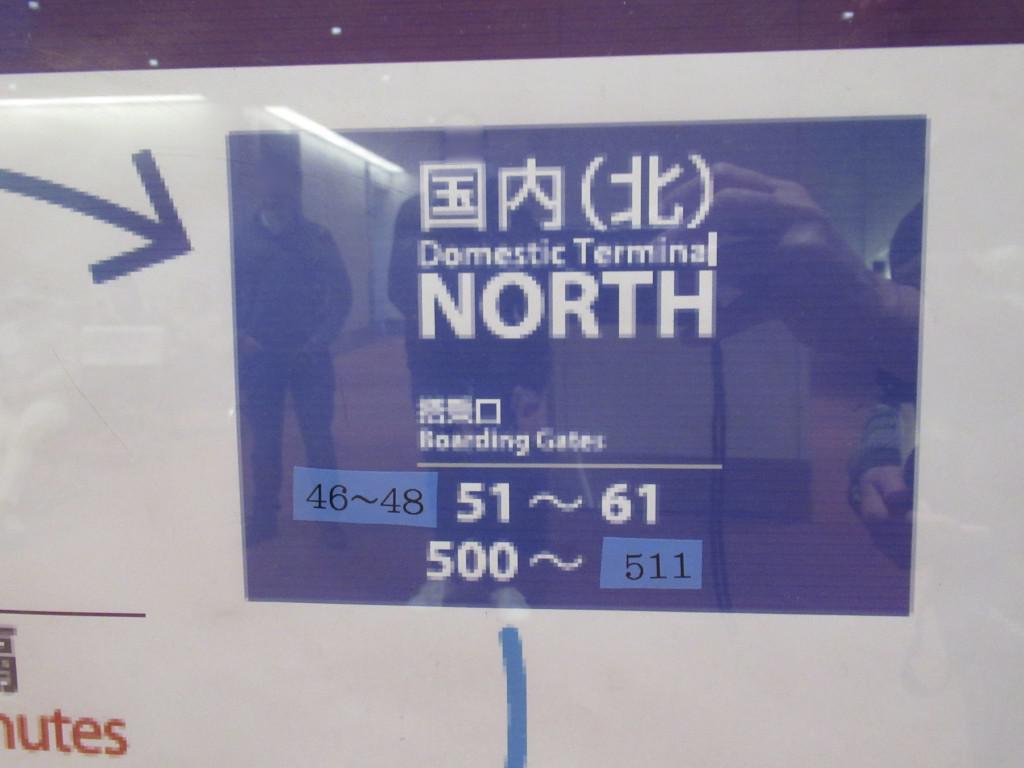
The bus arrives and the BPs are checked : this ANA bus is for ANA passengers only. What is unusual is that they provide an unexpected certificate which provides all the information of the BP but does not replace it: it is only a proof that we boarded the shuttle.

No doubt anyway : we are on the blue side, that of ANA

Safety in a Japanese public transport is a serious matter. Are you sure that a bus parked on a horizontal surface could not move ? What about the risk of an earthquake ? Better place scotches, just in case.
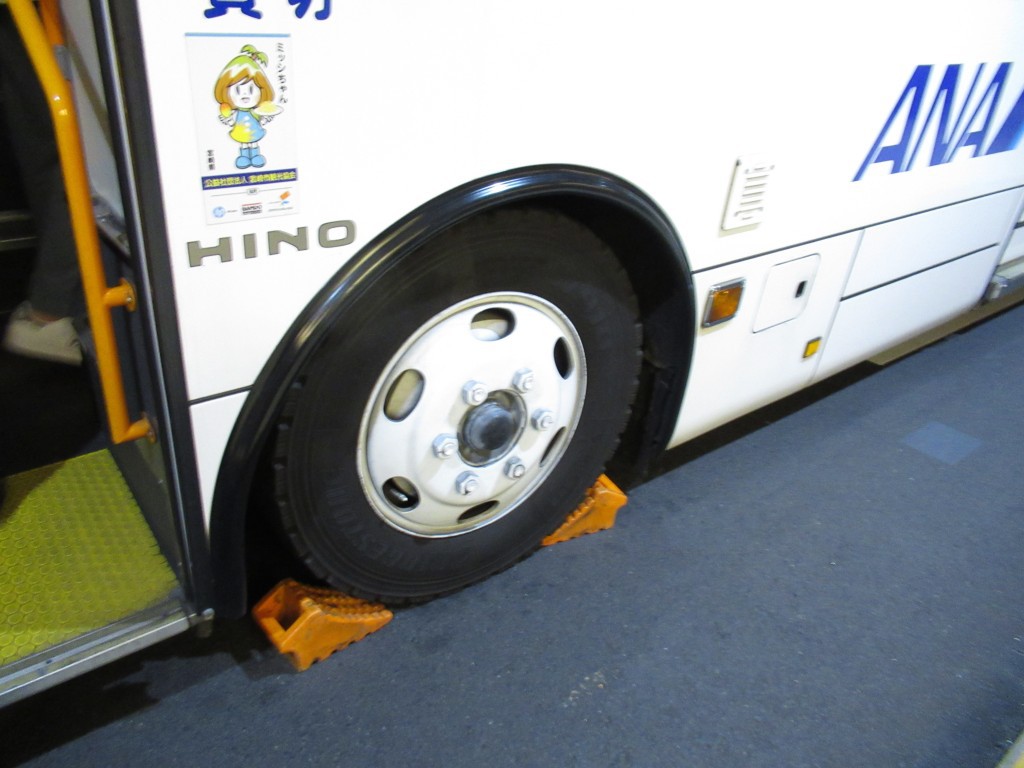
The shuttle bus is not crowded
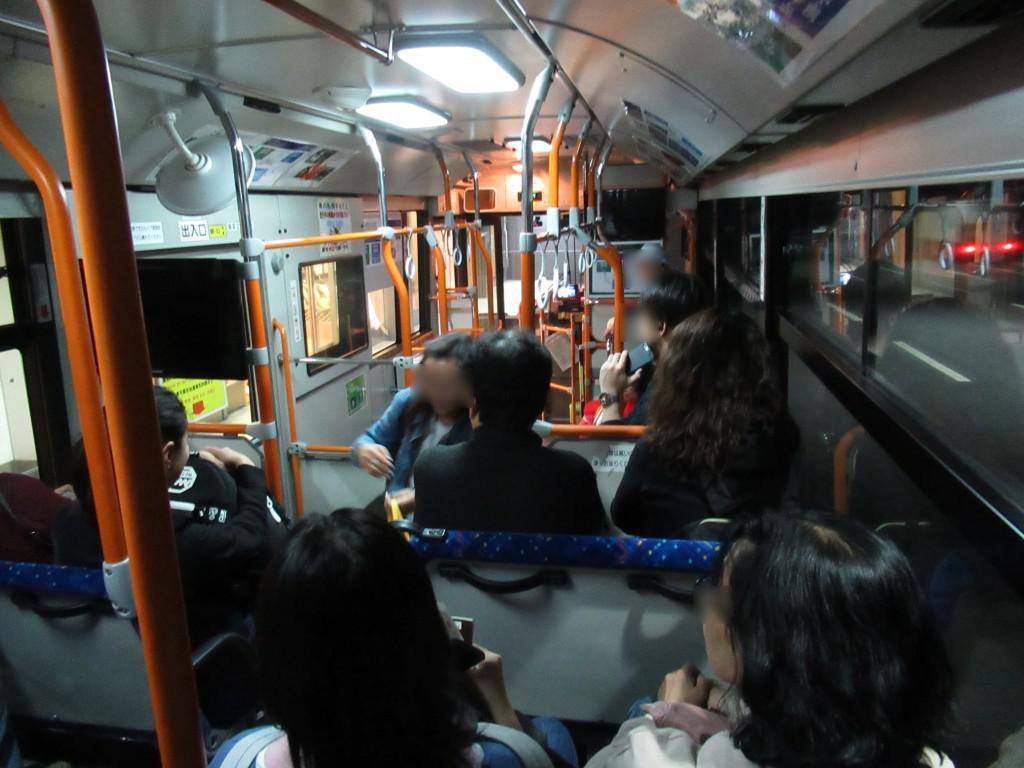
Off we go for a small tour of the airport, and therefore some plane spotting
Spotting Part I
Air China A330-300
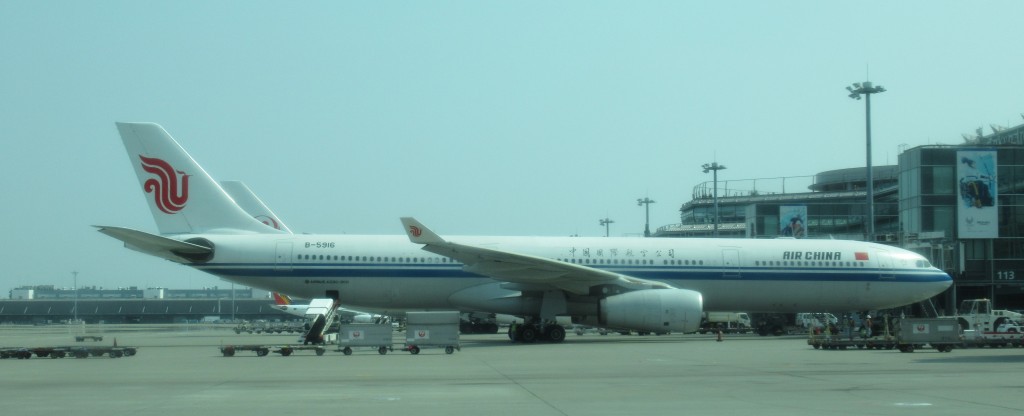
Tails alignment : Philippines Airlines, Lufthansa, China Eastern, China Southern, barely visible ANA, JAL and Air China
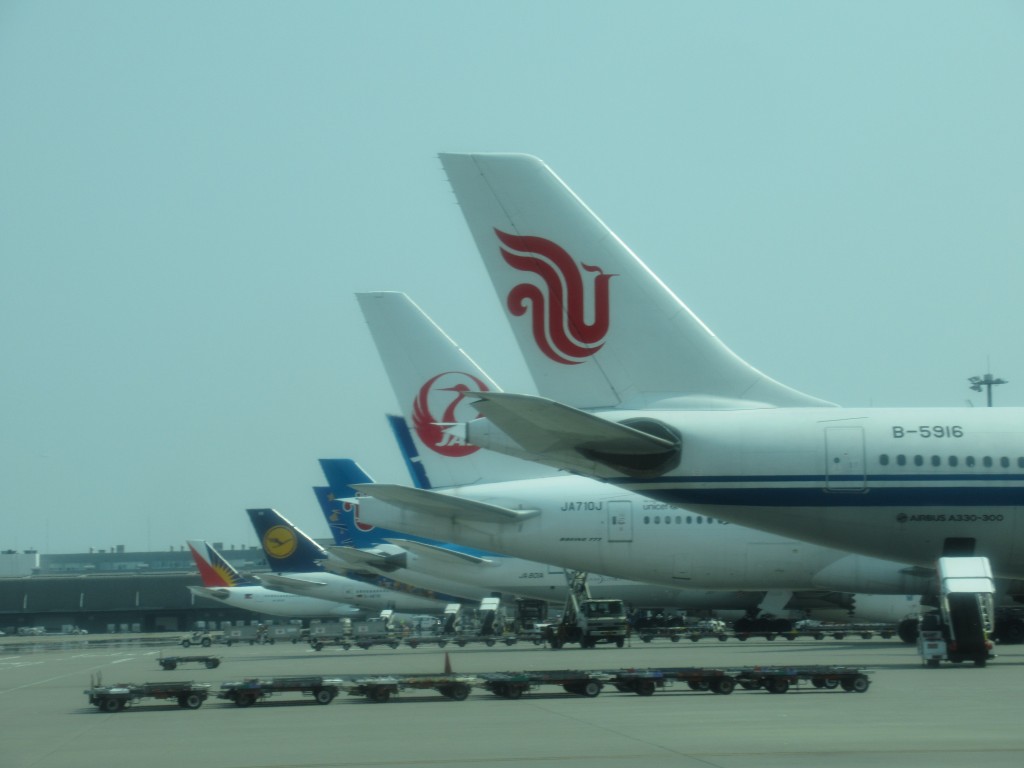
The China Eastern A330-300 in China Eastern is in Shanghai Disneyland Resort livery. Mao must be turning in his grave, or rather, Mao’s embalmed body must be turning in its mausoleum on Tian’anmen Square.

The bus leaves the terminal, which provides a better view of the planes at the gates
Lufthansa 747-8
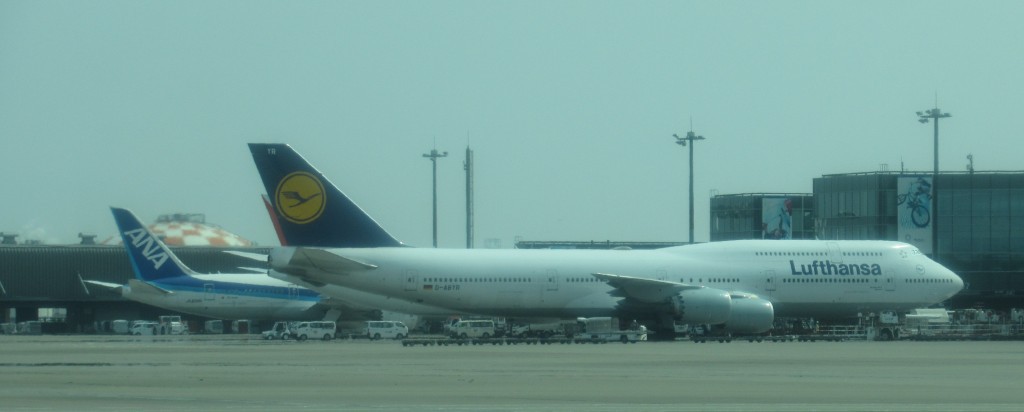
MU’s Disney special livery

JAL 767-300ER

Cathay Pacific 777-300ER

Skymark 737-800, in B League special livery
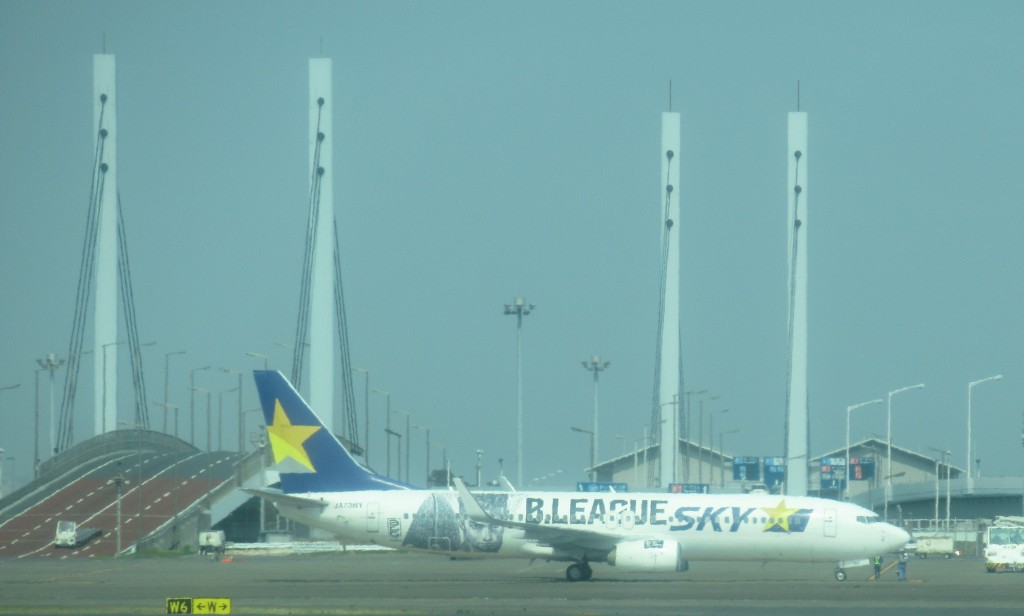
The AF 777-200ER AF which brought us here
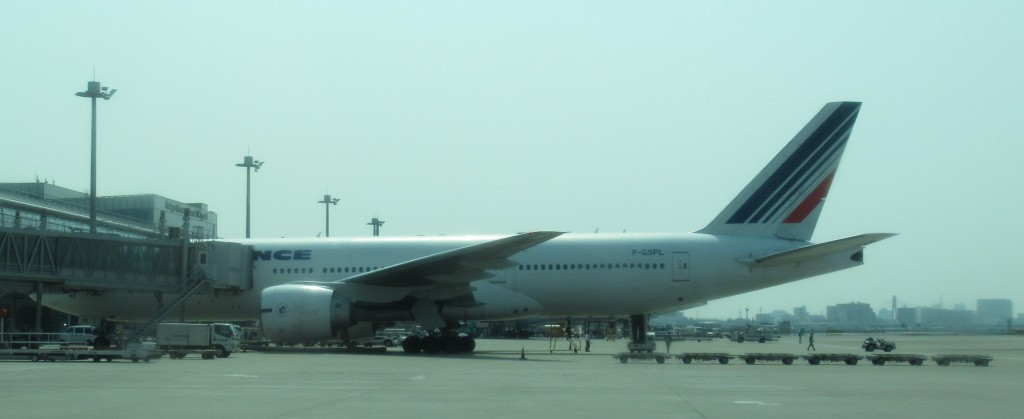
United 787

Crossing a multilane highway
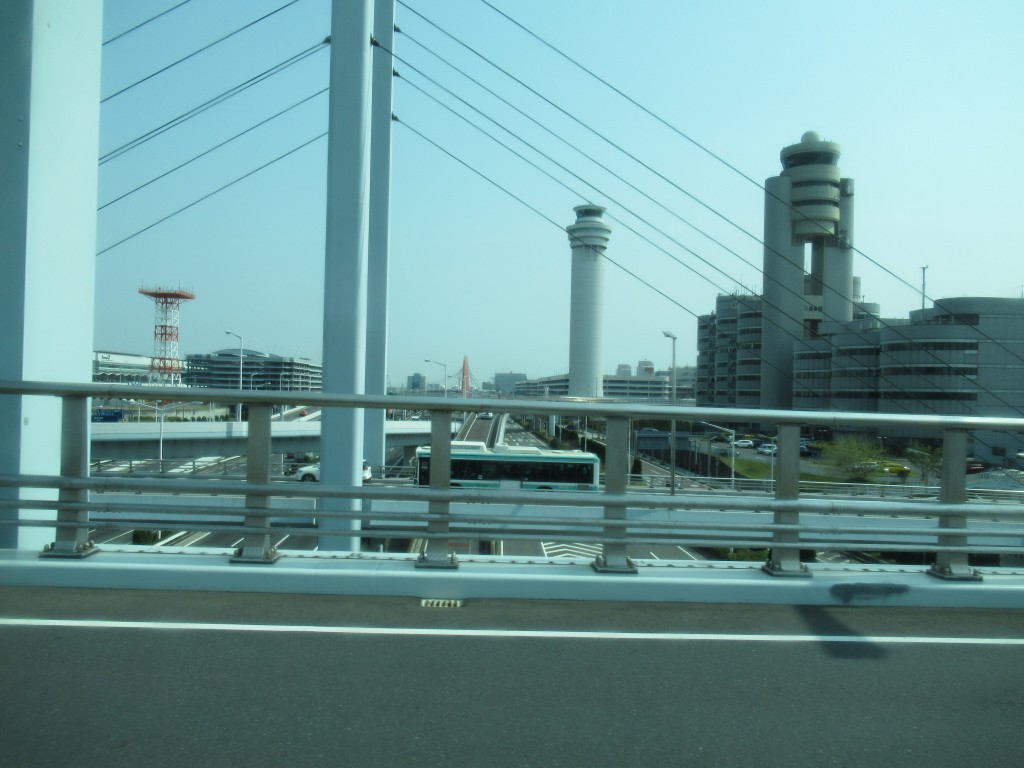
ANA 777-200ER in Star Wars livery
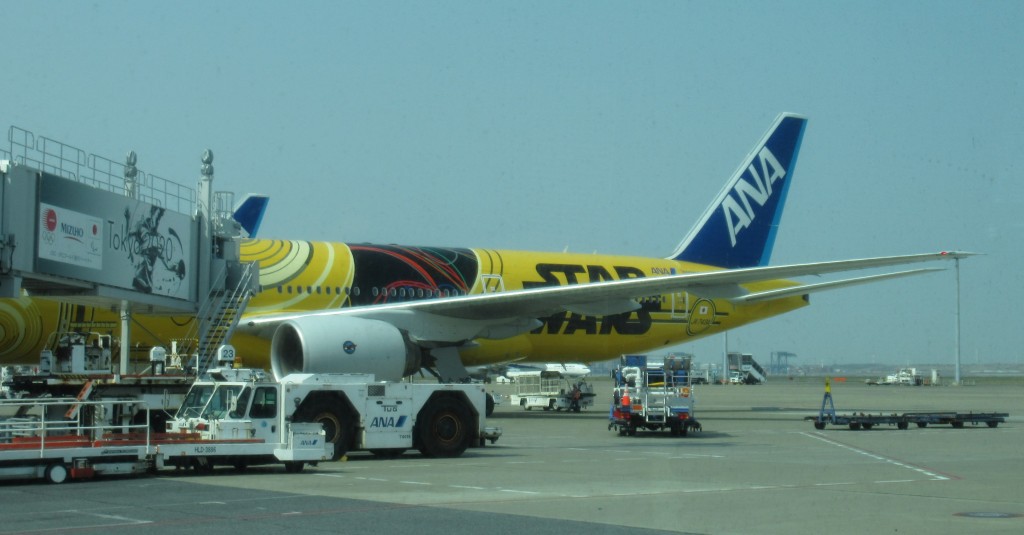

ANA A321 in front of a 737-800
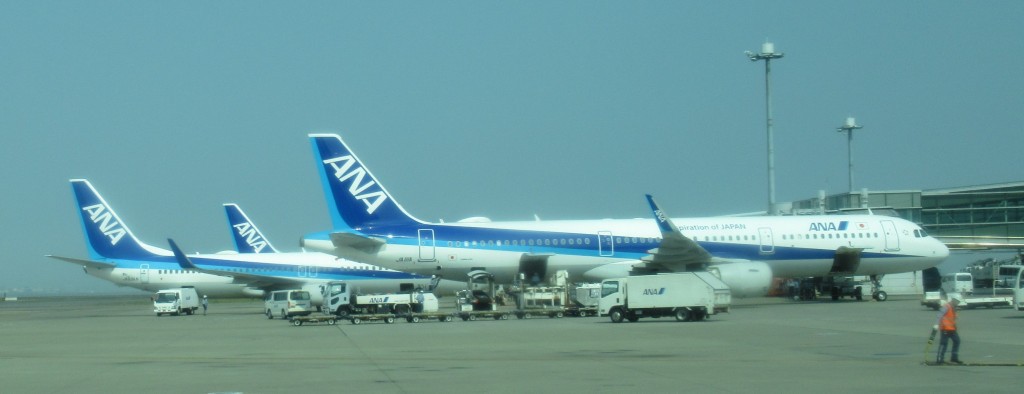
ANA 772
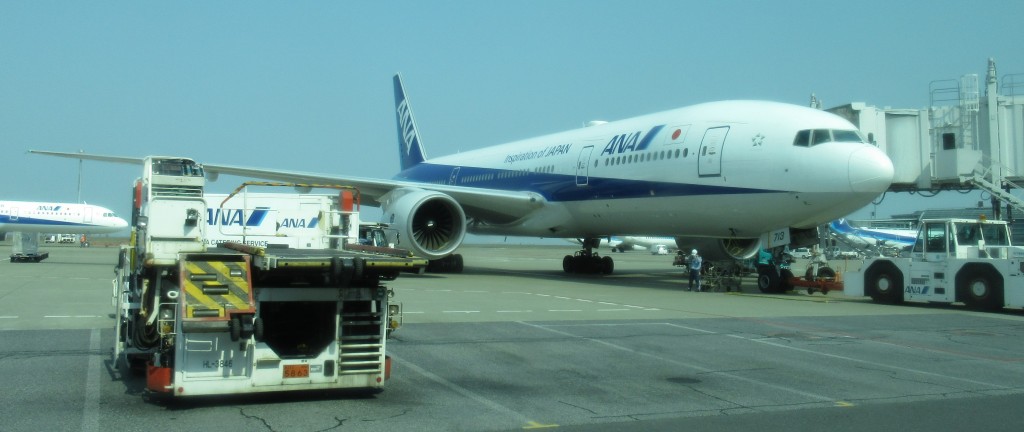
PaXbus and PAXbus again
A long walk again in the North domestic terminal
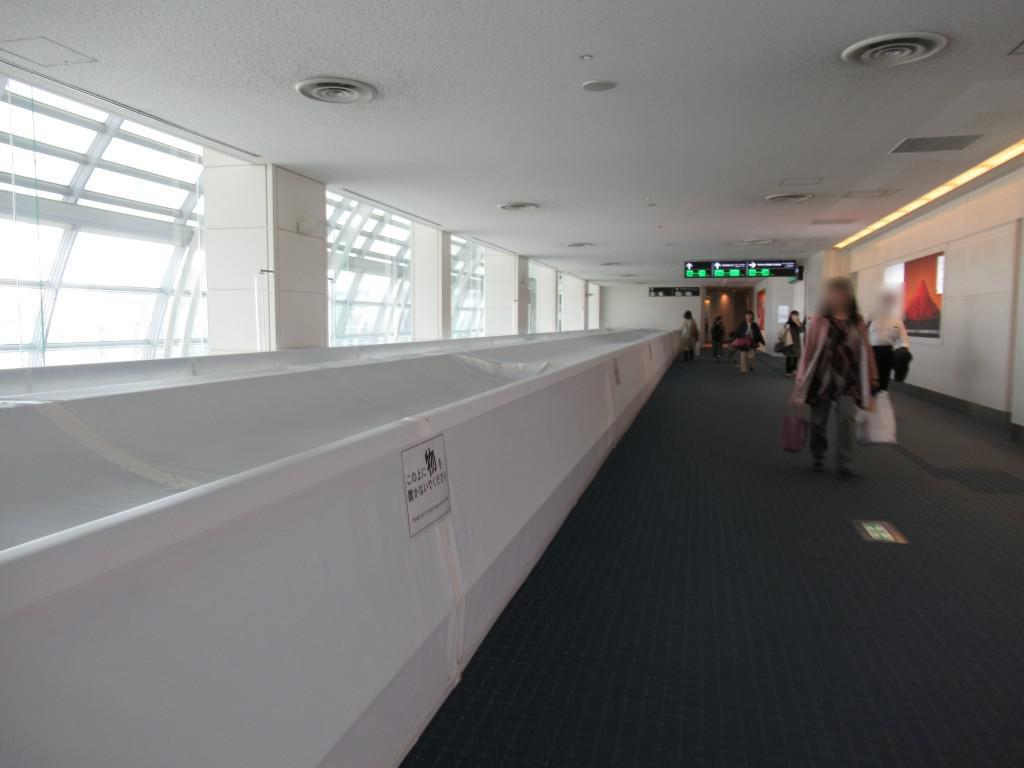
Turning right at the end of the corridor of the above picture to Gates 46-48, and going down two successive escalators or flights of stairs.

No stress : the flight to HAC is confirmed and there is no gate change. Flight GA9356 is of course a code share: this is really Flight NH755 to Komatsu (KMQ)

One more BP self-scan
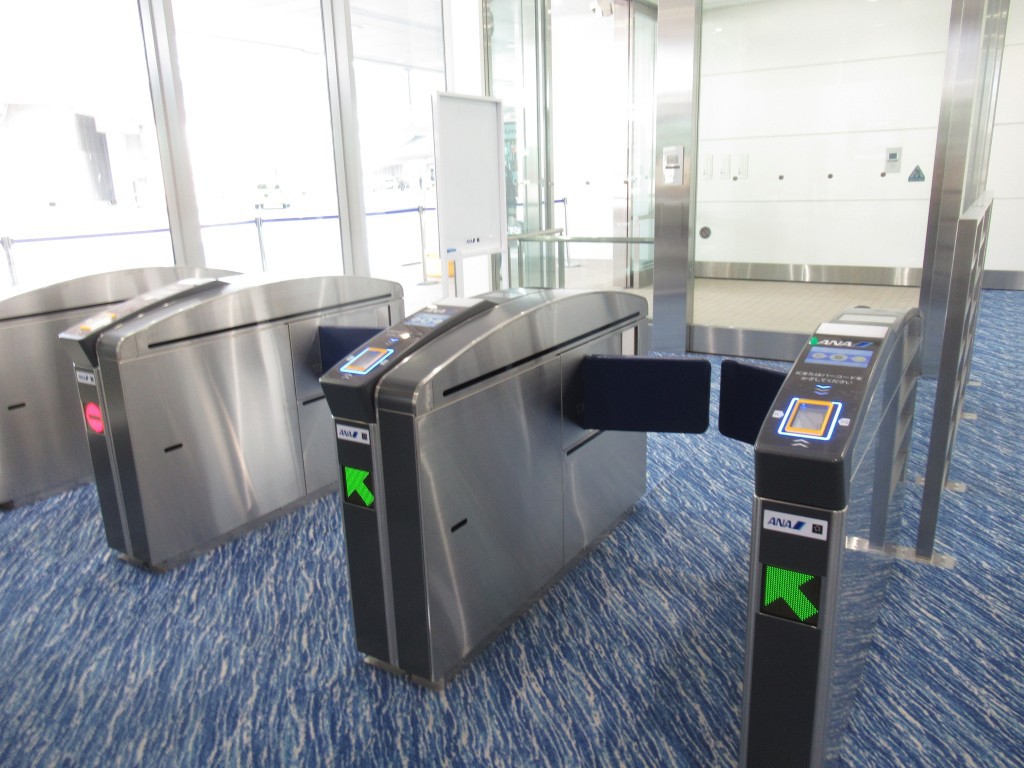
And surprise : we must take another shuttle bus
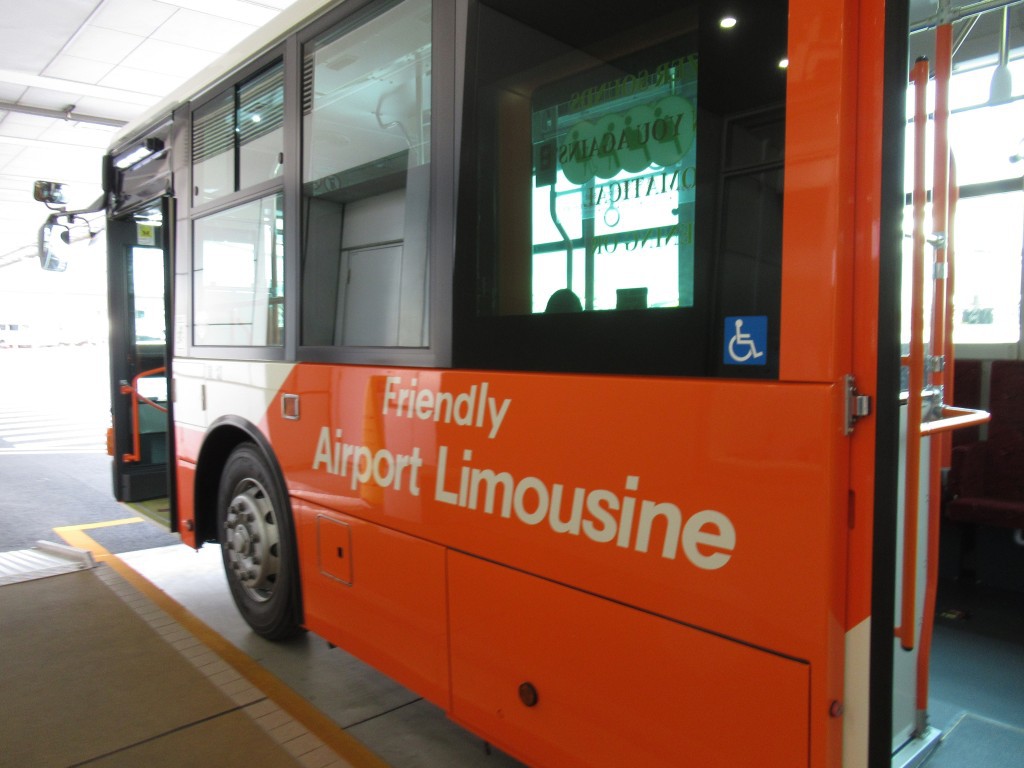
We are nearly alone : there is a single other passenger on board behind me. The seats in front are reserved to PRM, etc. etc.
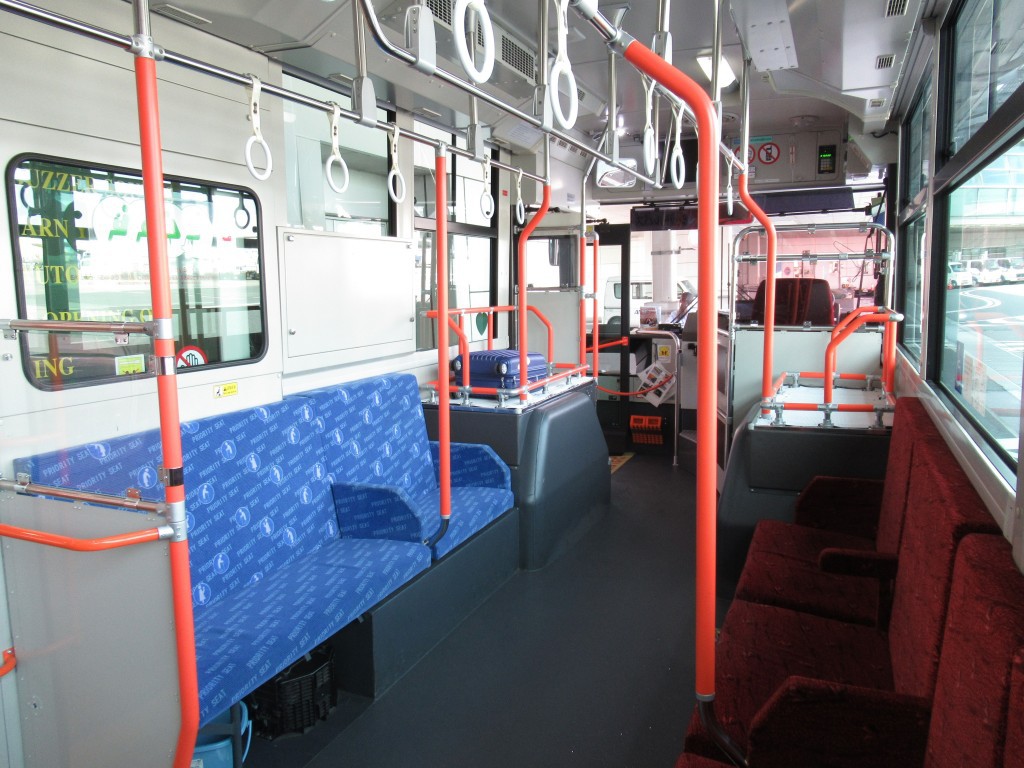
A bus transfer again, and therefore plane spotting again
Spotting Part II
Air Do 767-300ER

Solaseed Air 737-800
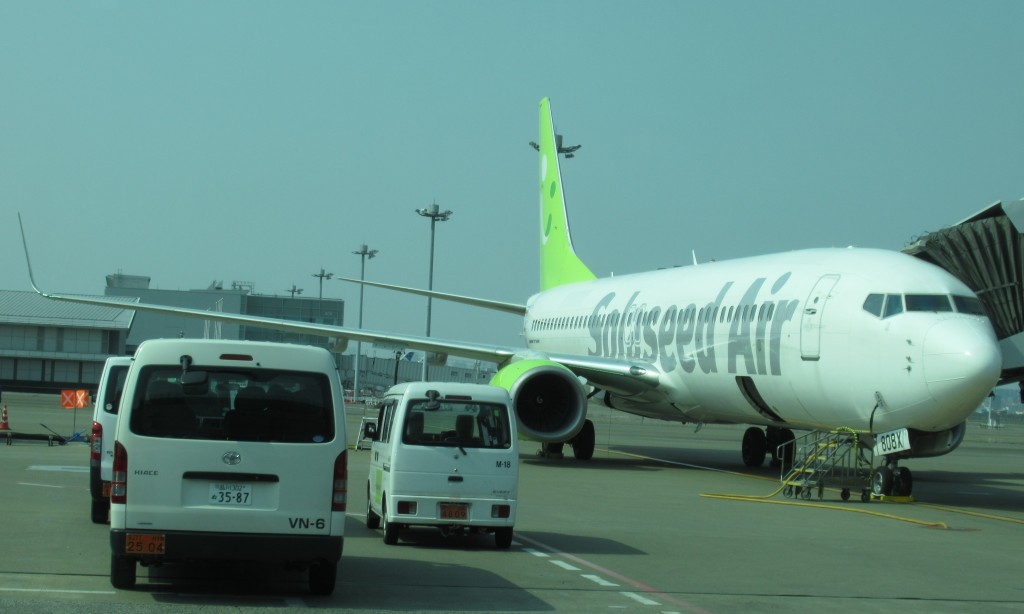
Take-off of the Air China A330-300 Air China seen previously
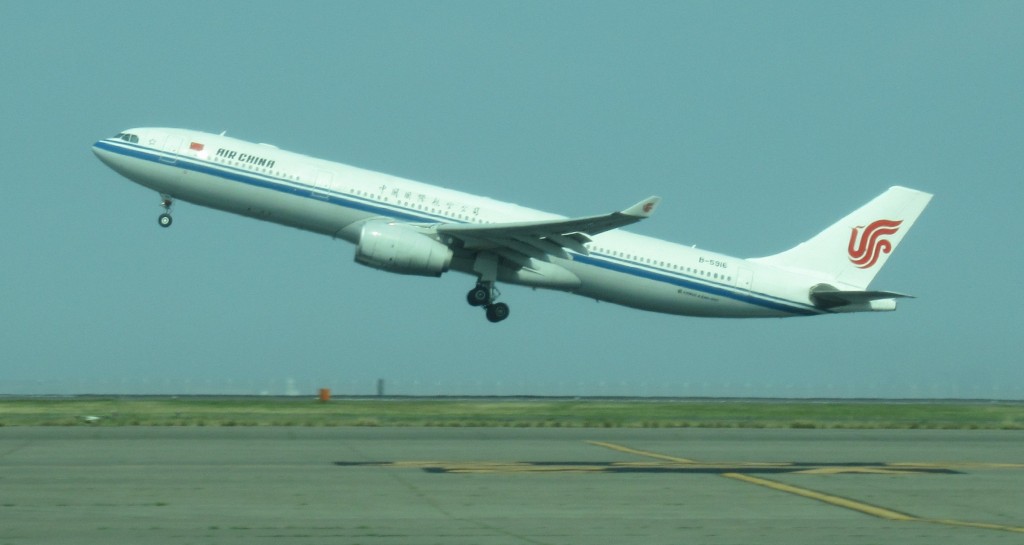
Satellite : where are the passengers?
It’s a much shorter ride than the previous one, reaching a satellite terminal which is both wide and empty. The passenger ahead of us is the one who was in the bus with us, heading to Gate 46 too.
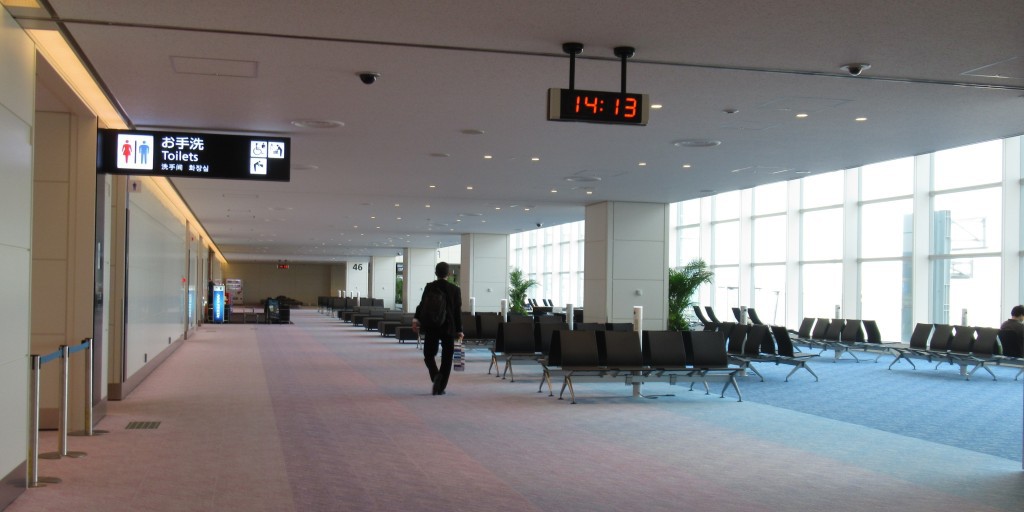
Looking right towards Gate 48, it’s completely empty since no flight is planned there on the FIDS, but there is nevertheless a staff checking that nothing goes wrong in this emptiness.
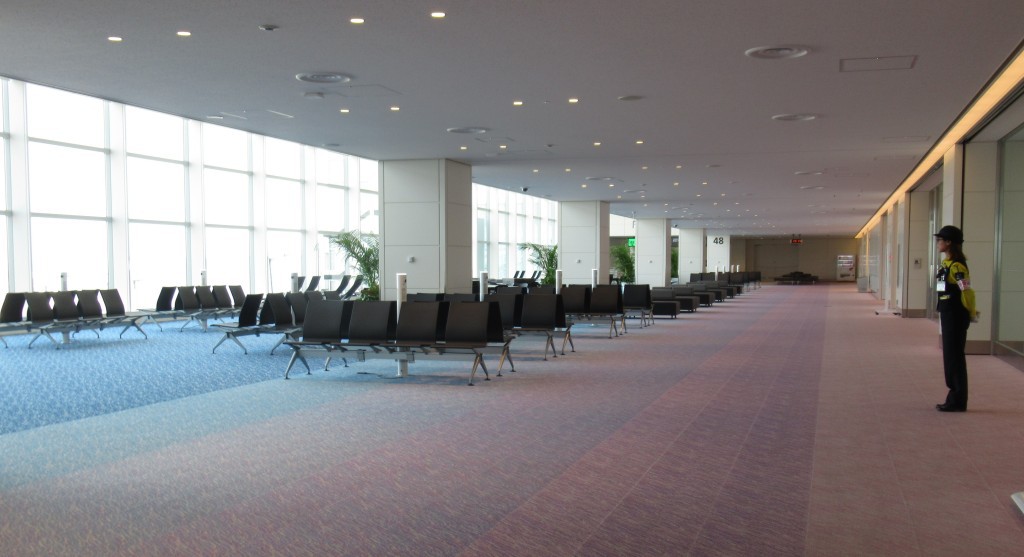
Getting closer to Gate 46, and to the windows too
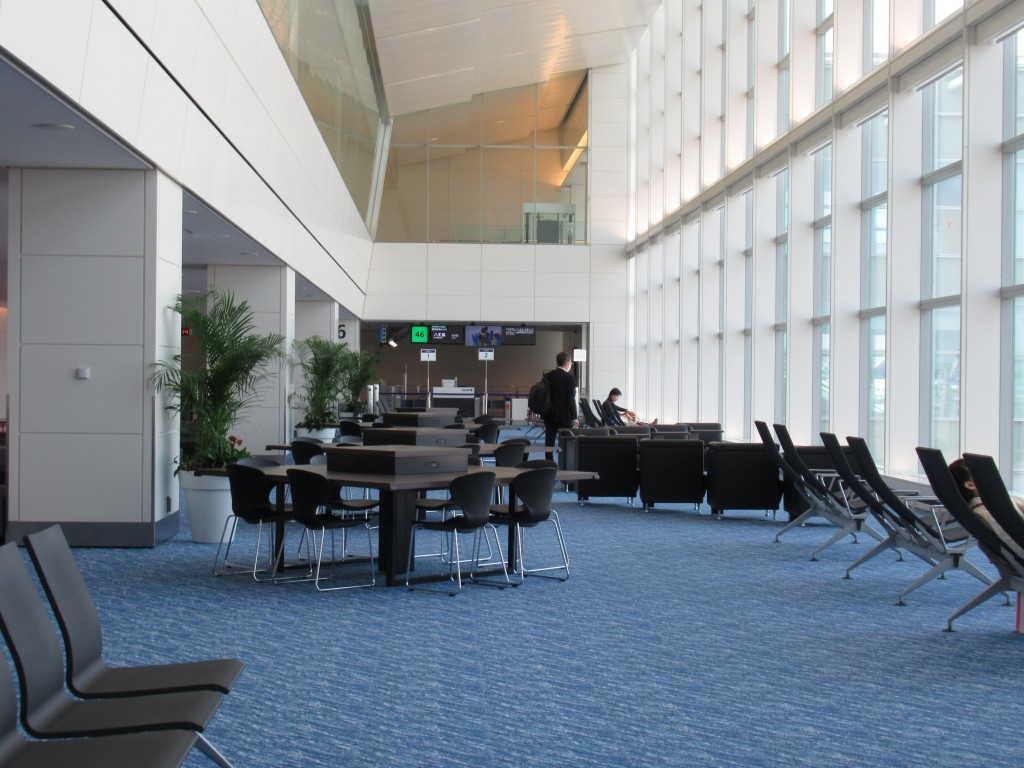
Reclining seats
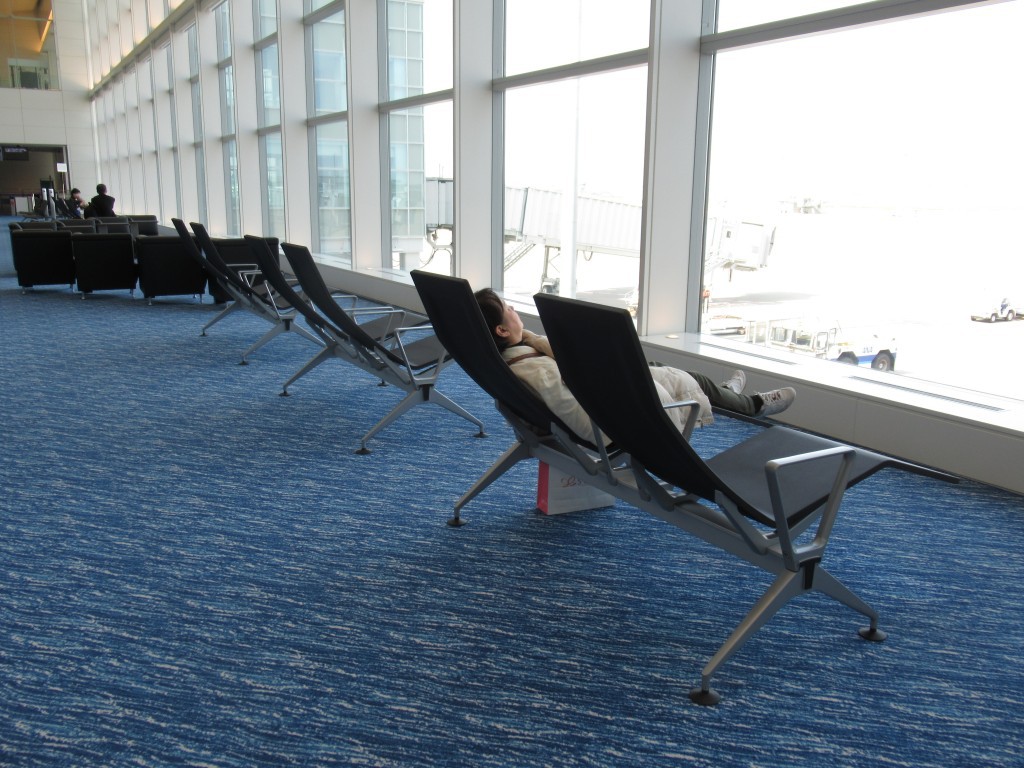
A work table
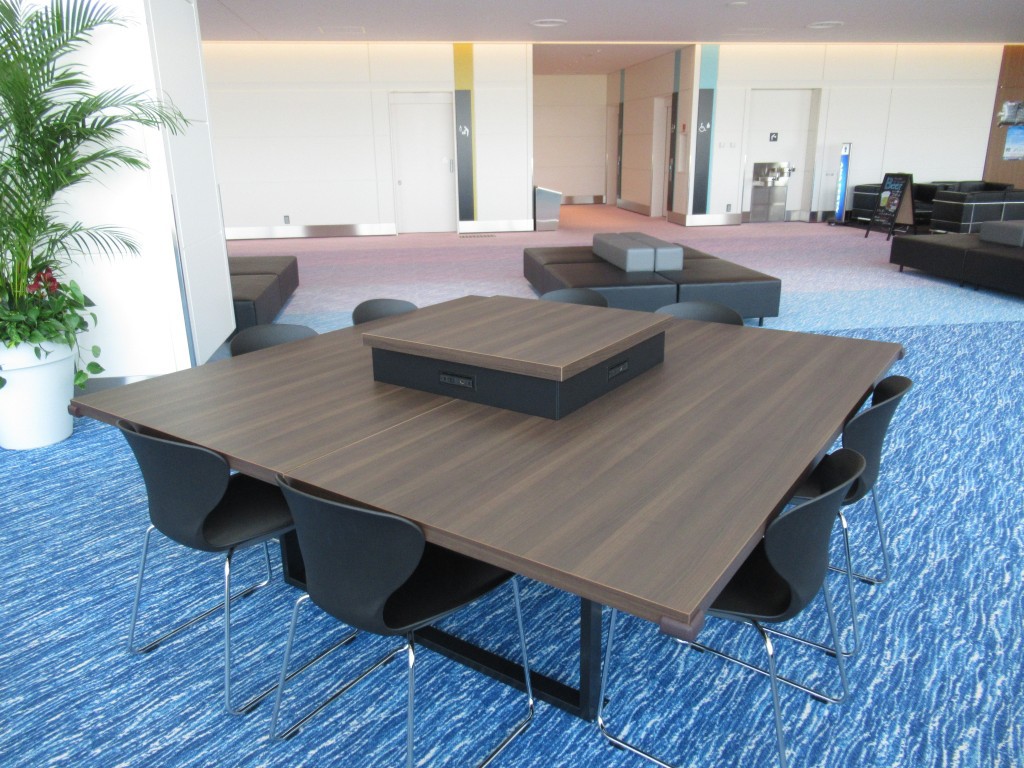
It’s dead quiet at Gate 46
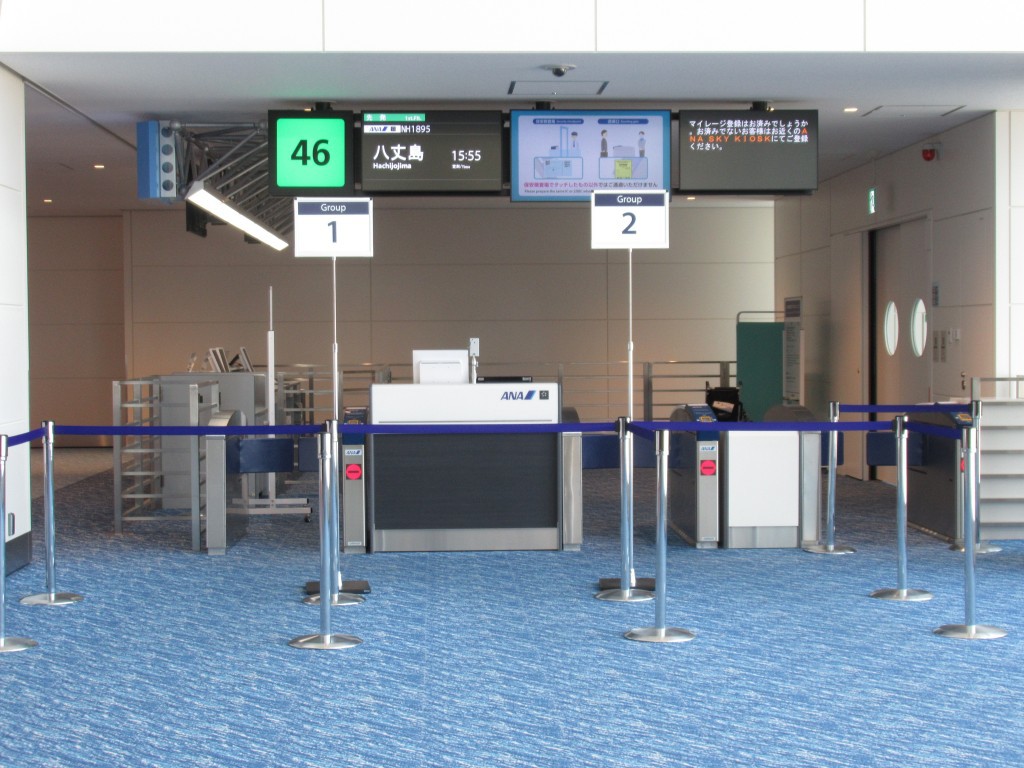
There is a shop selling the unescapable boxes of sweets to be offered to friends, relatives and colleagues (ours come to Paris, and are in our hand luggage, because I wouldn’t dare arrive empty-handed in the unlikely case our luggage didn’t make the connection).
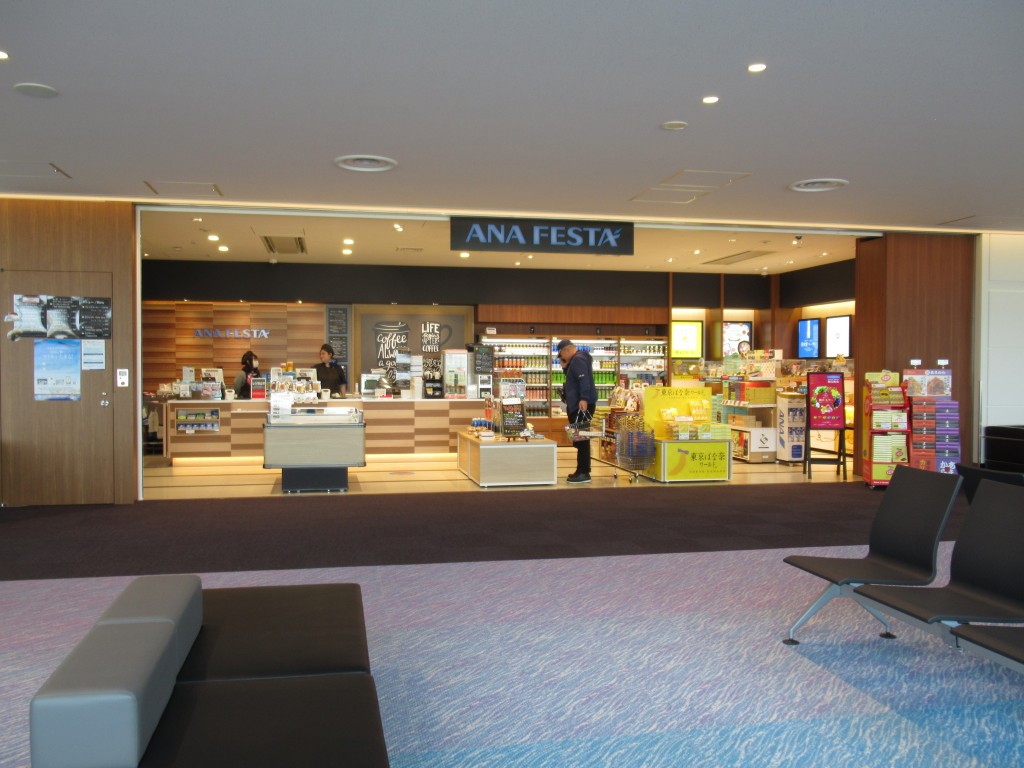
Obtaining internet access by wifi is fastidious : I quickly give up because I have a Japanese SIM card with an unlimited data plan

We settle there. It took us no less than exactly one hour after checking in to reach this place, walking in corridors, waiting for buses and riding in them.
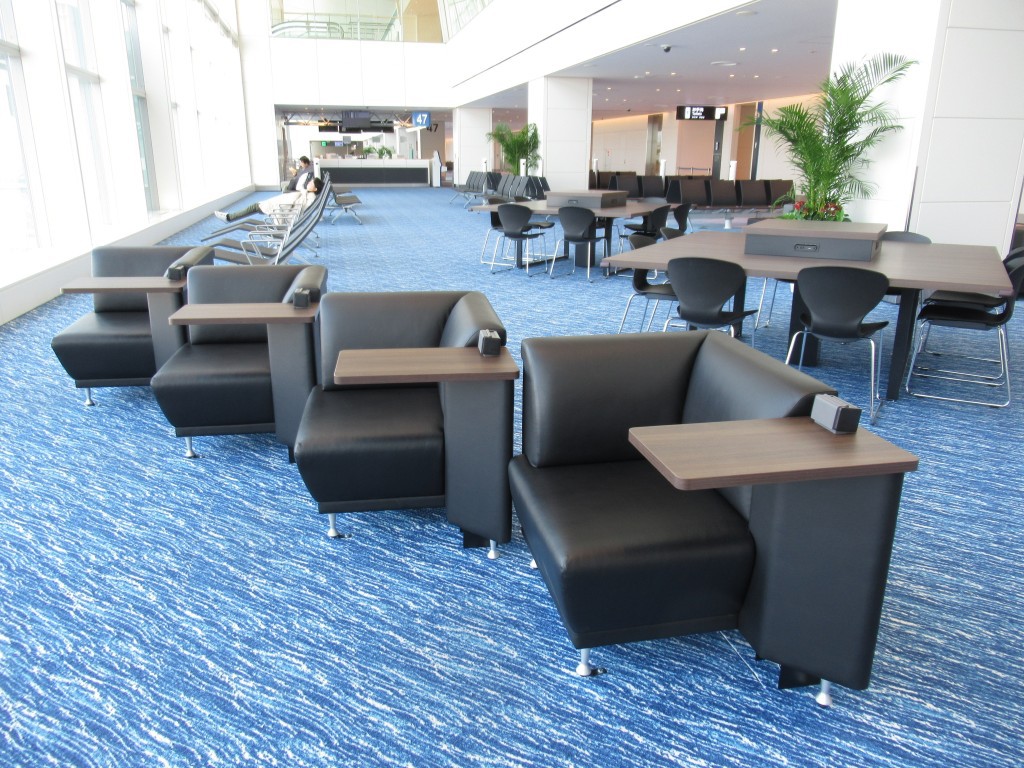
Spotting - Part III
Actually, my wife settles here with our hand luggage and I indulge in another activity (two words, thirteen letters, beginning with P)
ANA 787-8
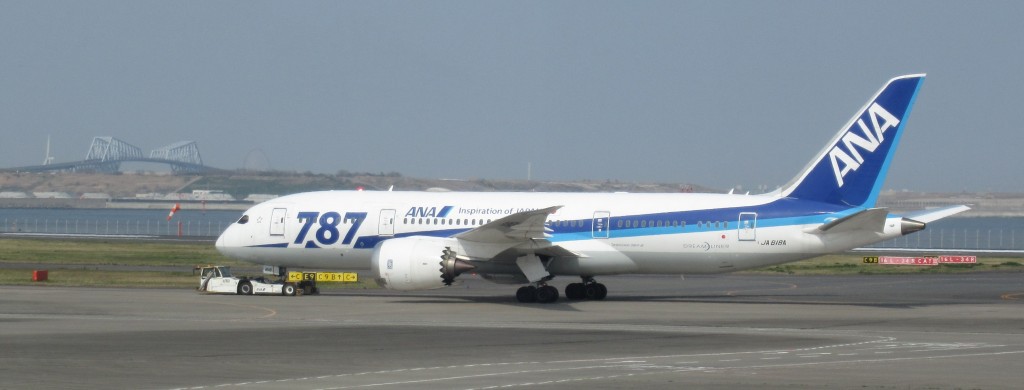
JAL 737-800

Solaseed Air 737-800

Skymark Airlines 737-800
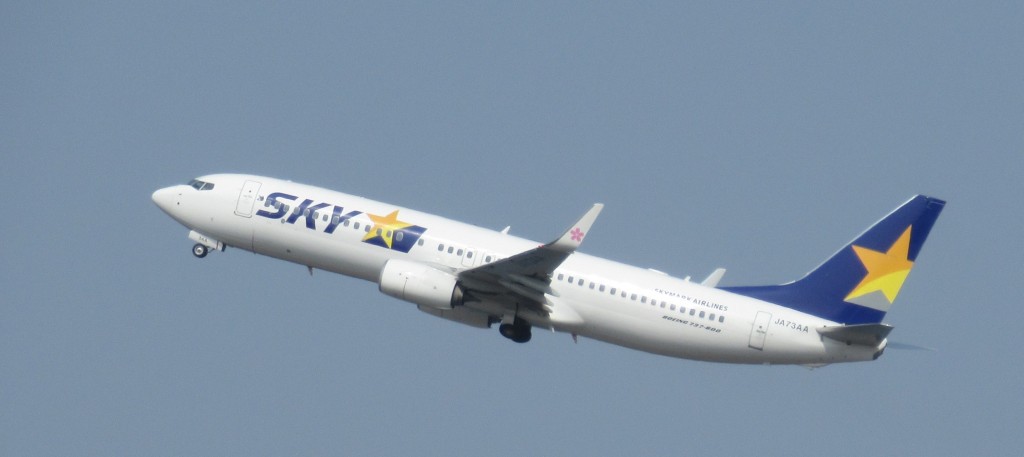
ANA 787-9
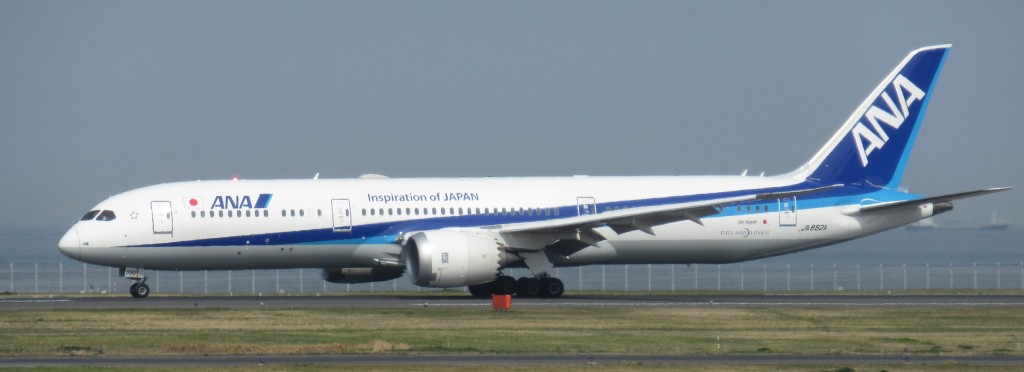
ANA 767-300ER
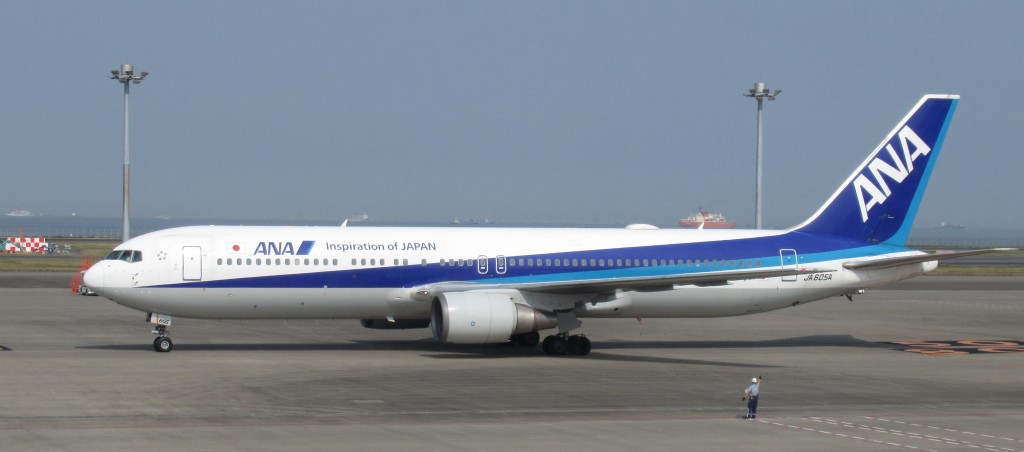
It is going to park at Gate 47 to operate the flight to KMQ. The man on the left with what appeared to be a tablet puzzled me.
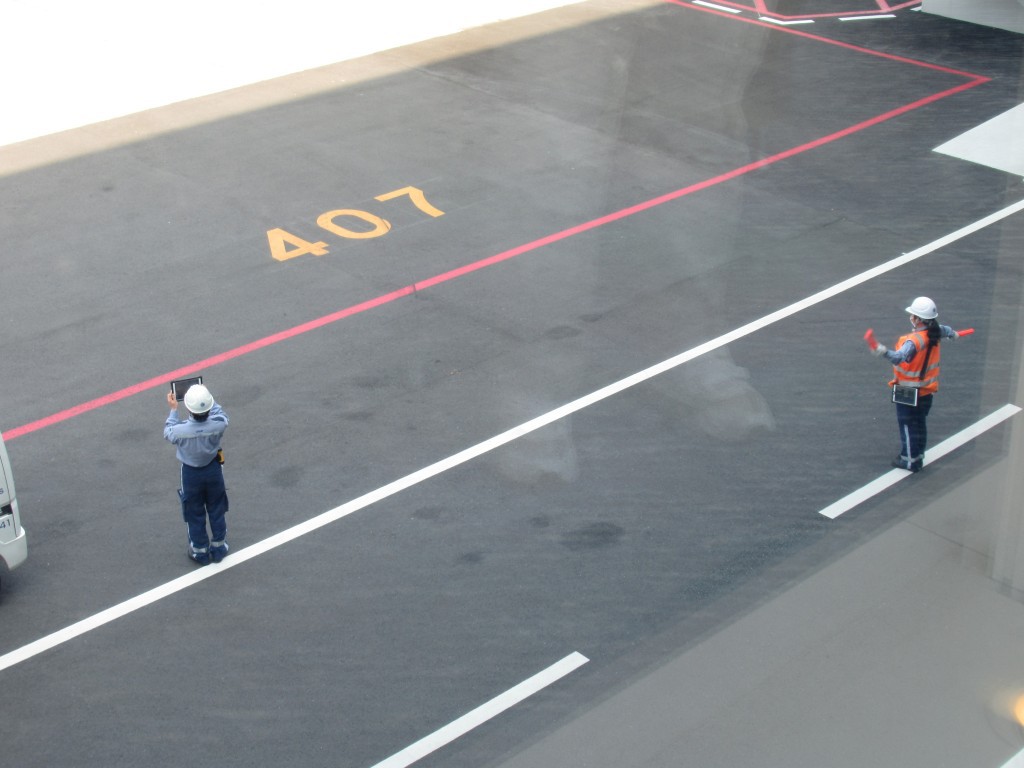
The 767 taxies in, guided by a man in the full daylight and also by a woman in orange safety vest, or maybe she stops the road traffic on the tarmac behind her.
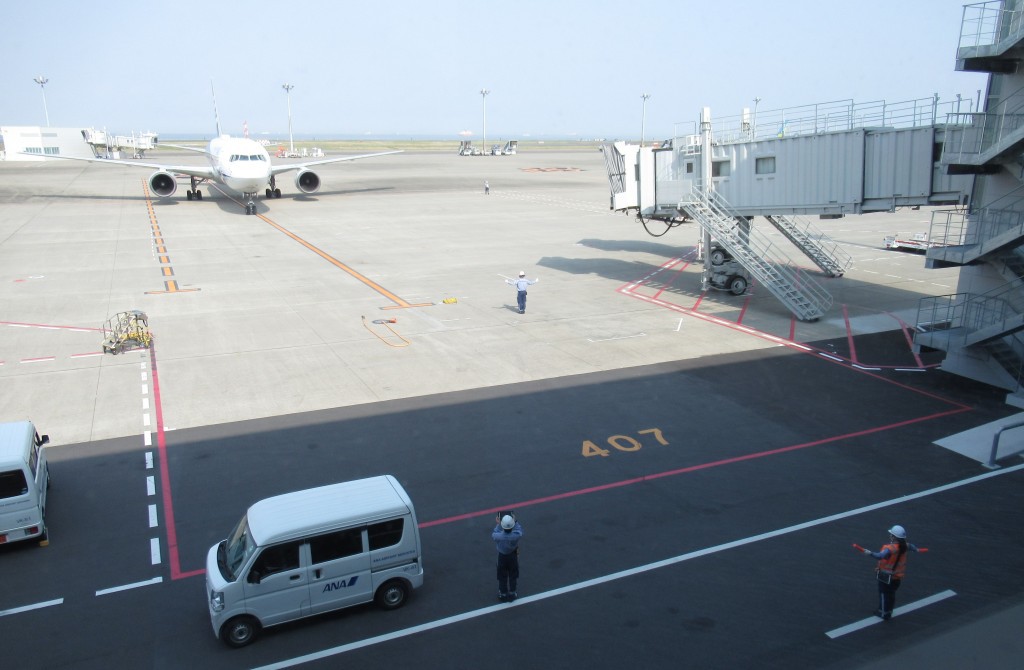
Slowly

Another little more
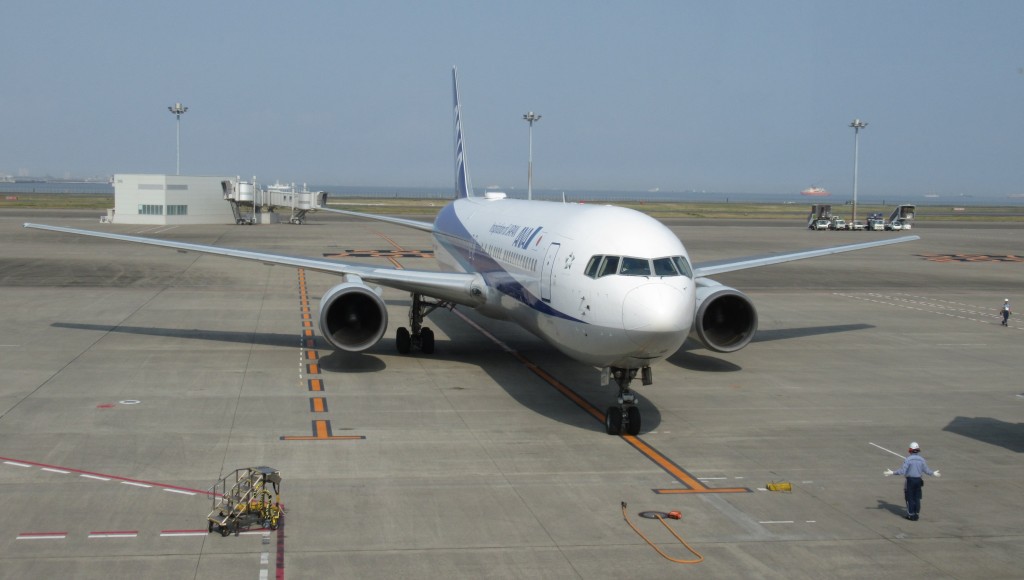
That’s it!
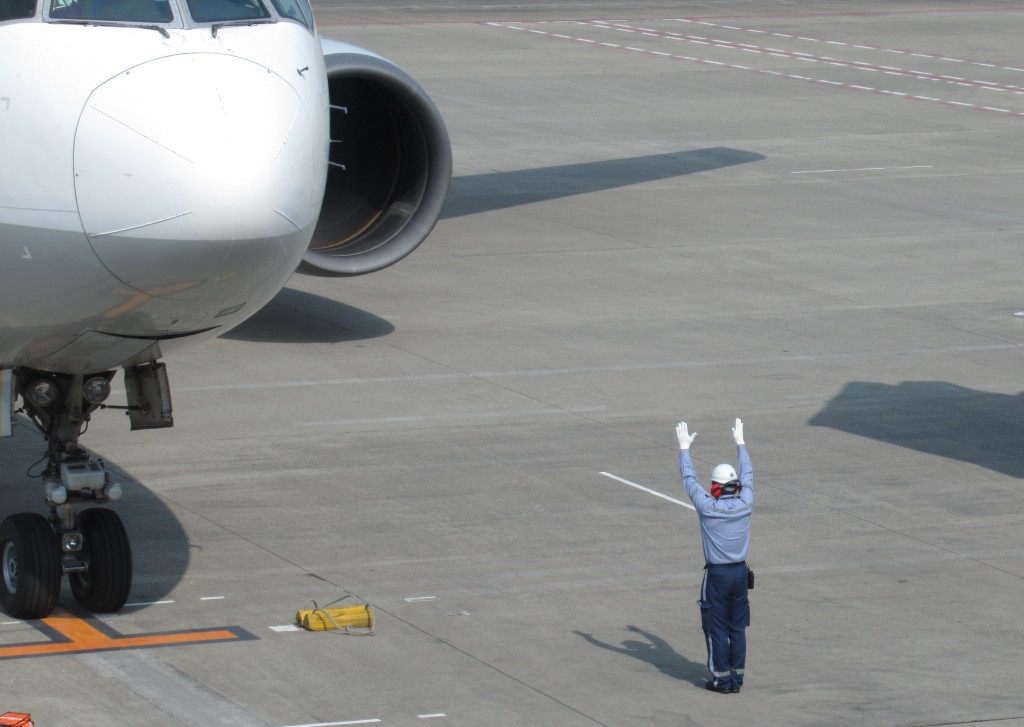
Take off of the Lufthansa 747-8
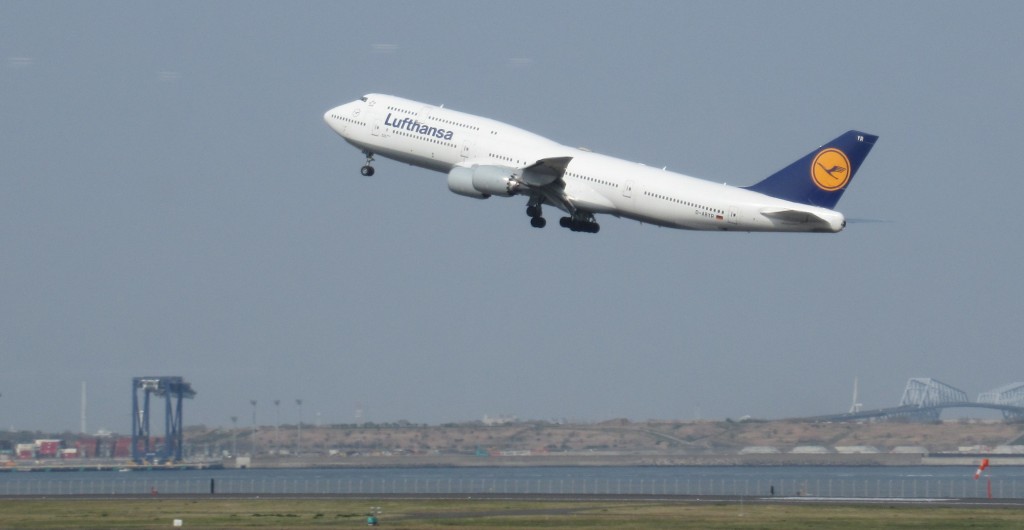
ANA 777-300ER
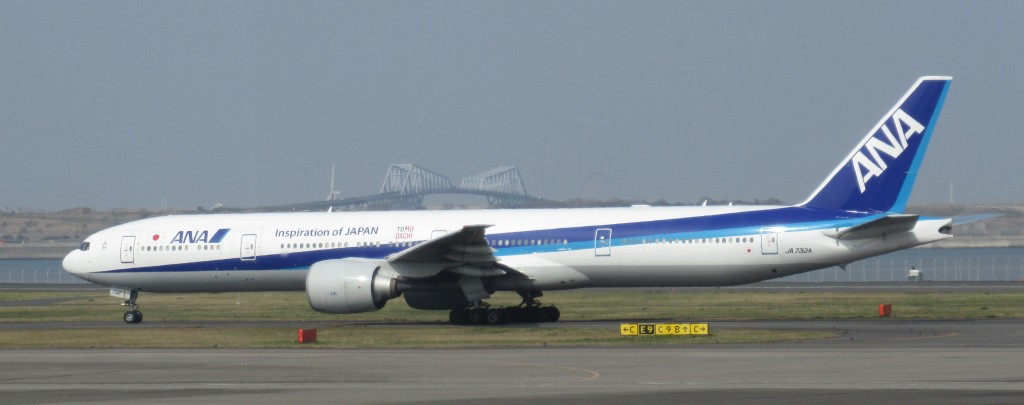
A narrow catch : the departure of the Air France 777-200ER which brought us here and flies back to CDG.
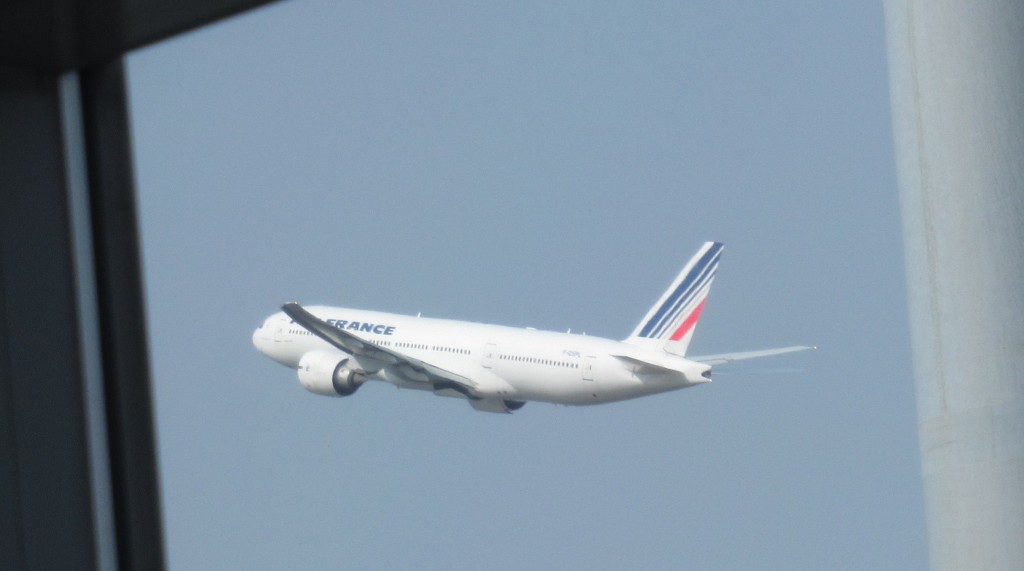
ANA 777-200ER in Hello 2020 livery
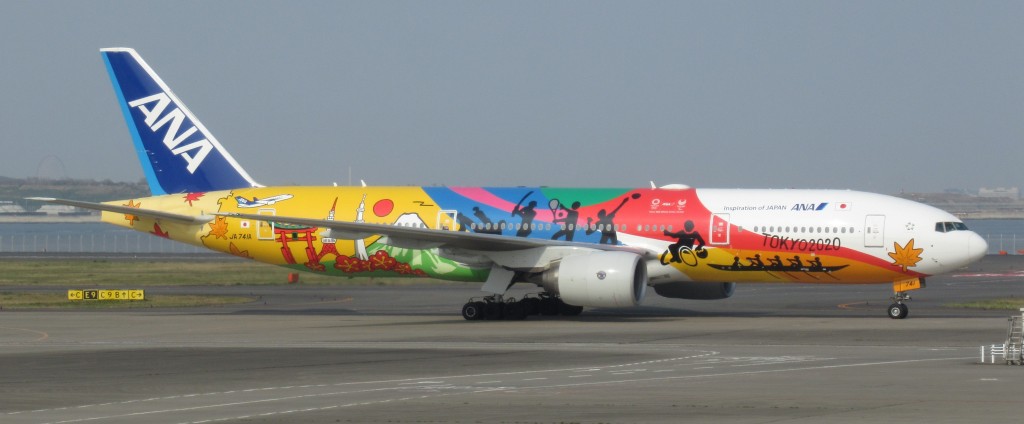
Air Canada 777-300ER
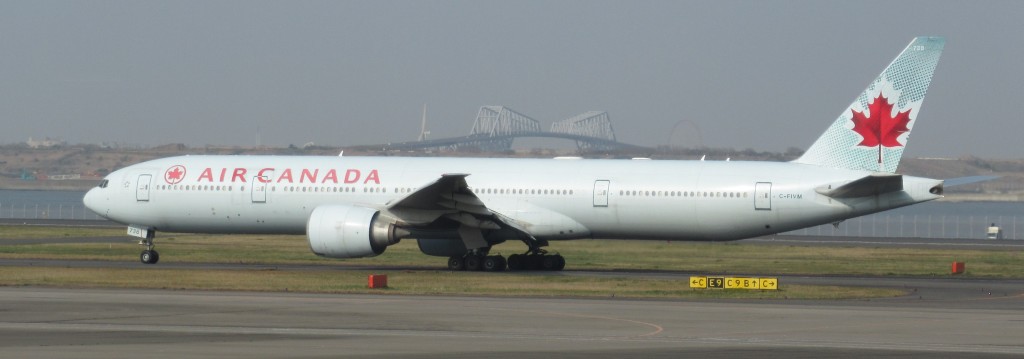
Arrival of the most important aircraft for us today

She is the A320 which will bring us to HAC
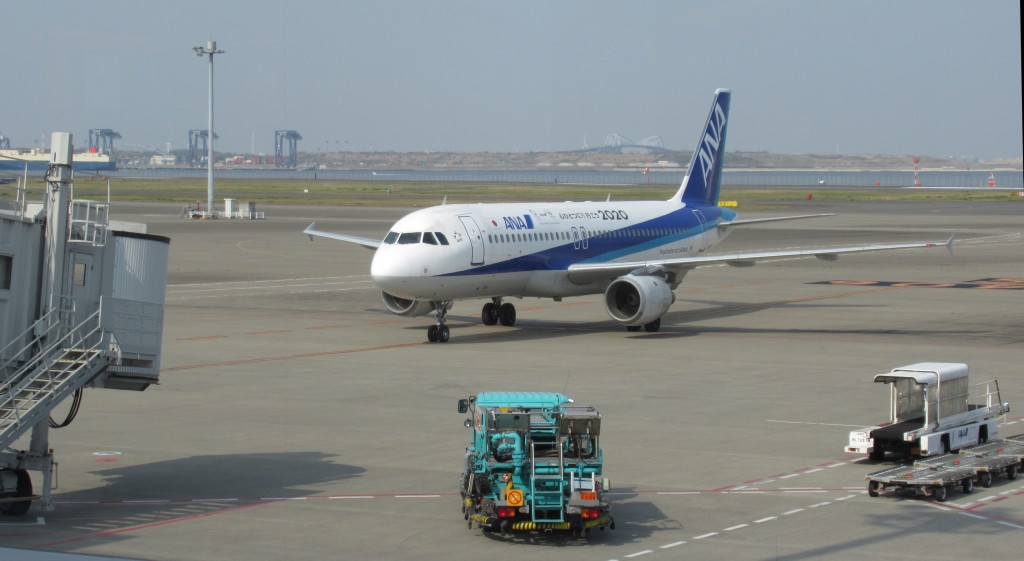
All with one heart, let’s go to 2020!
(In case you didn’t follow the news, I remind you that Tokyo will welcome the 2020 Summer Olympics)
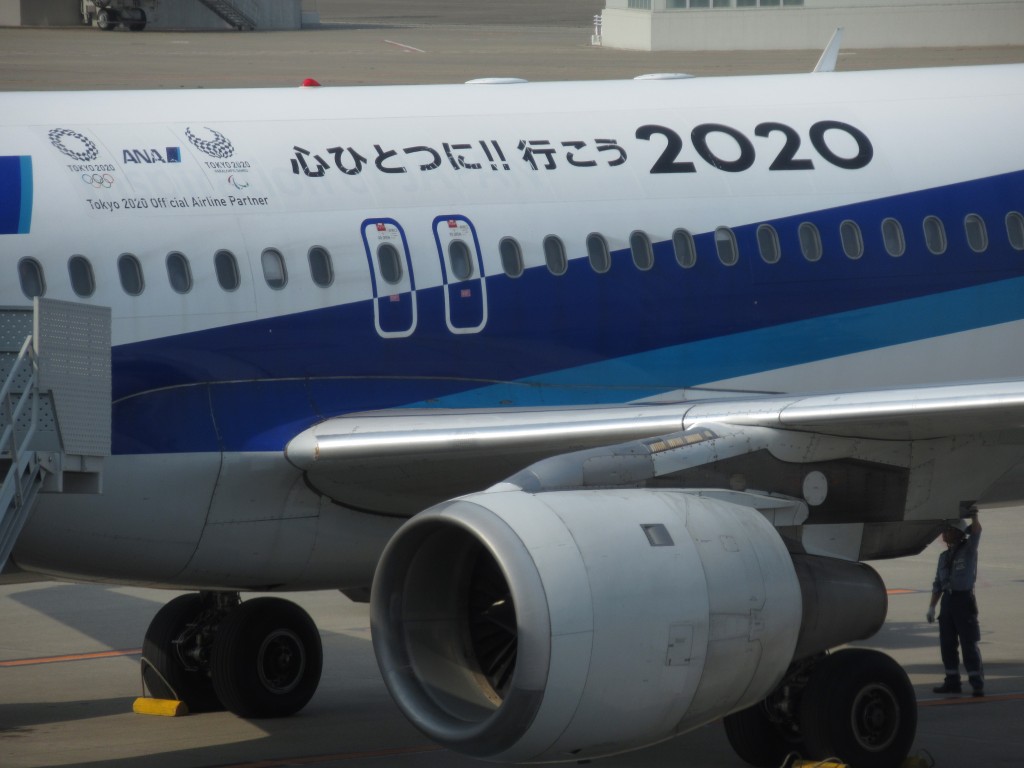
Boarding, the Japanese way
Passengers have arrived meanwhile in this oversized boarding area, but there won’t be enough to fill an A320
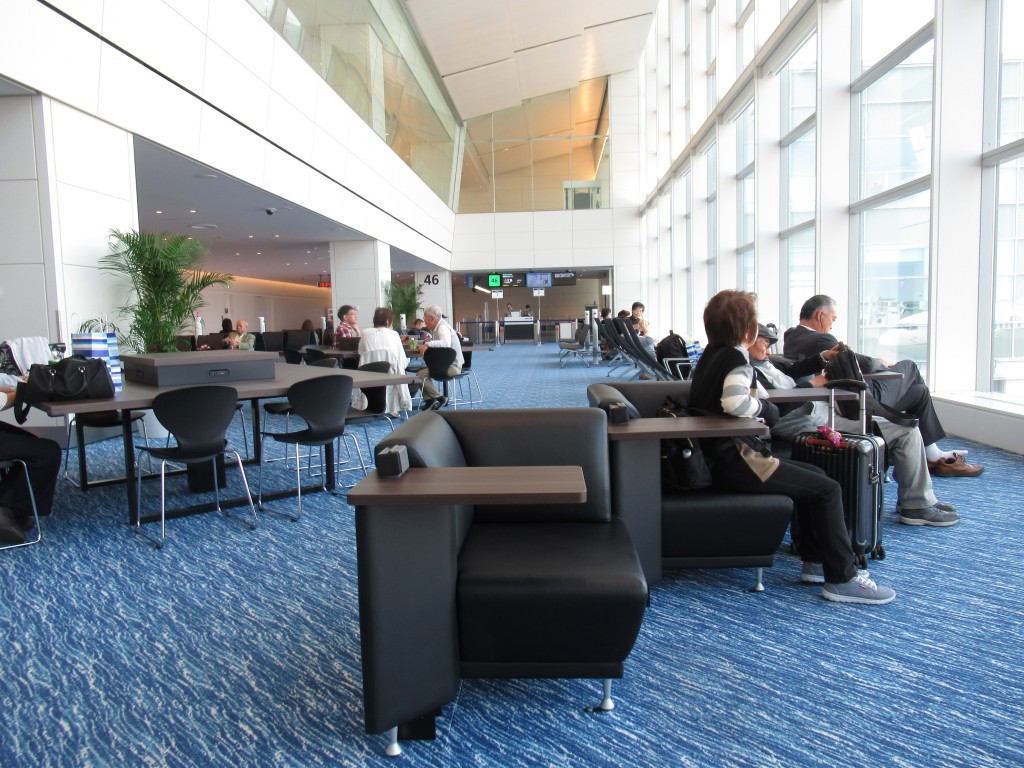
Boarding starts at STD-20’ (in CDG, this would be the time for closing the boarding!)
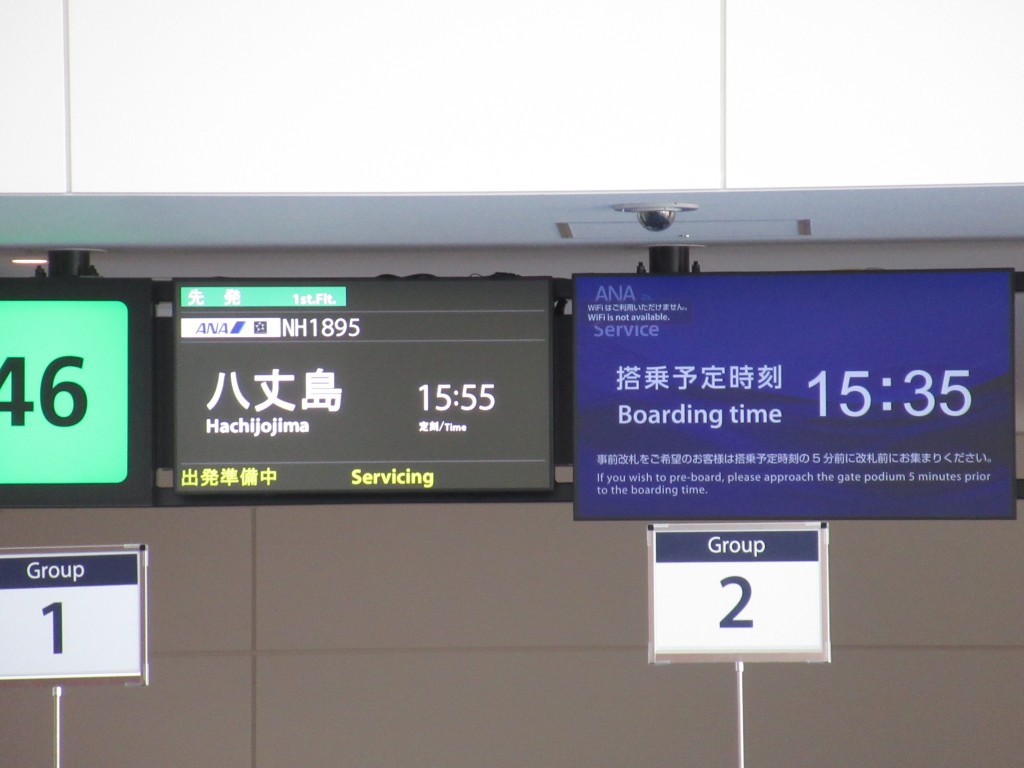
These twenty minutes include the boarding of a PRM
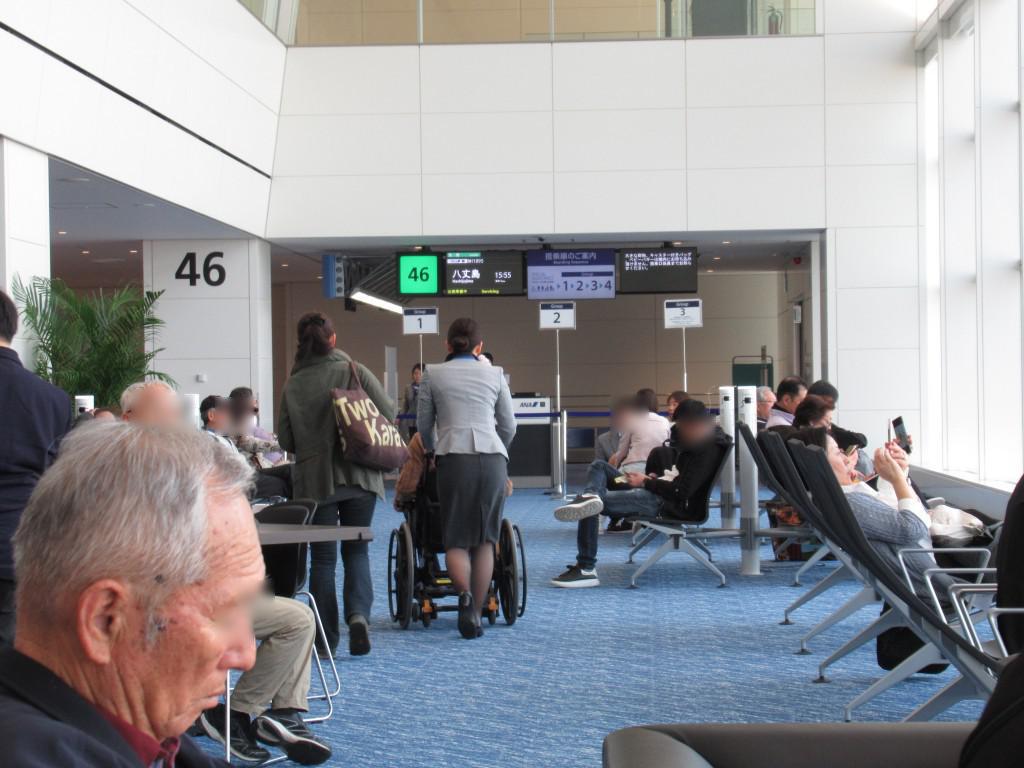
A ground staff takes the picture of a passenger hidden by the man looking at his cell phone
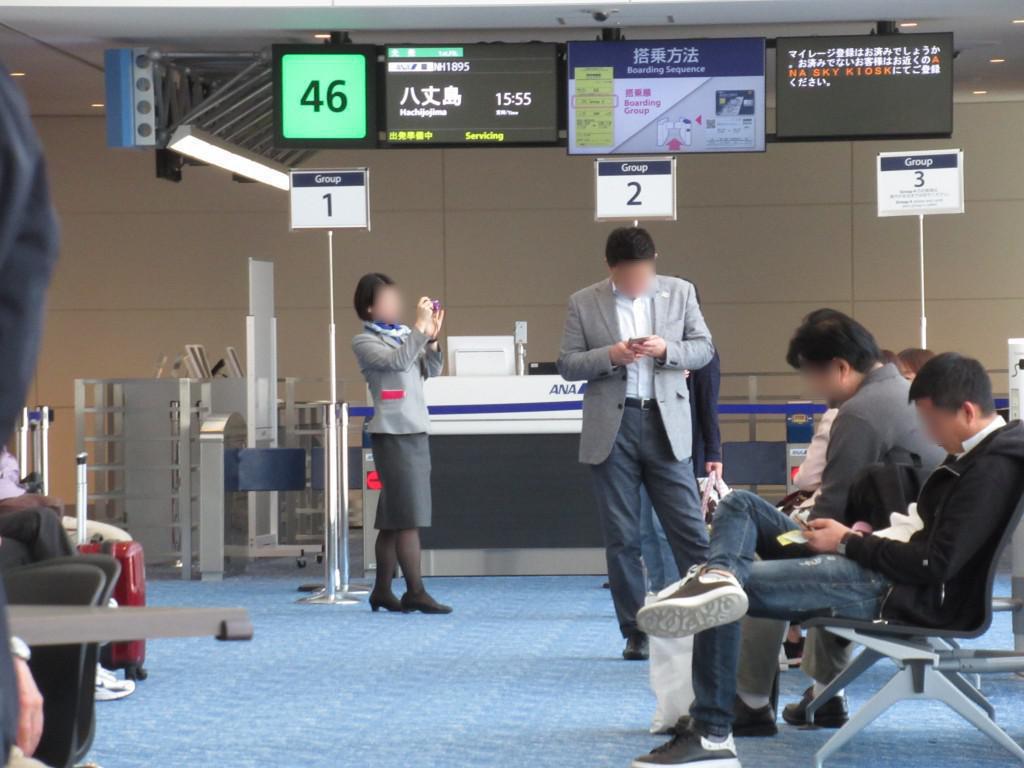
Boarding begins : the employee calls Group 1 (Diamond PAX).
Nobody moves.
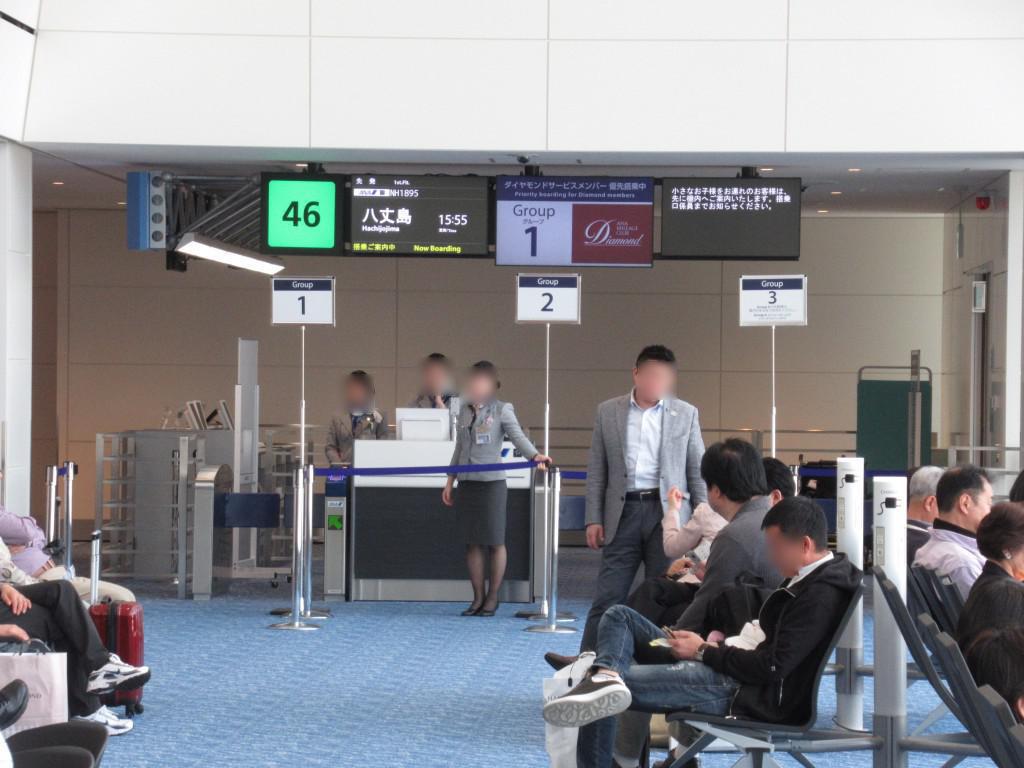
the employee calls Group 2 (J, Elite).
Nobody moves.
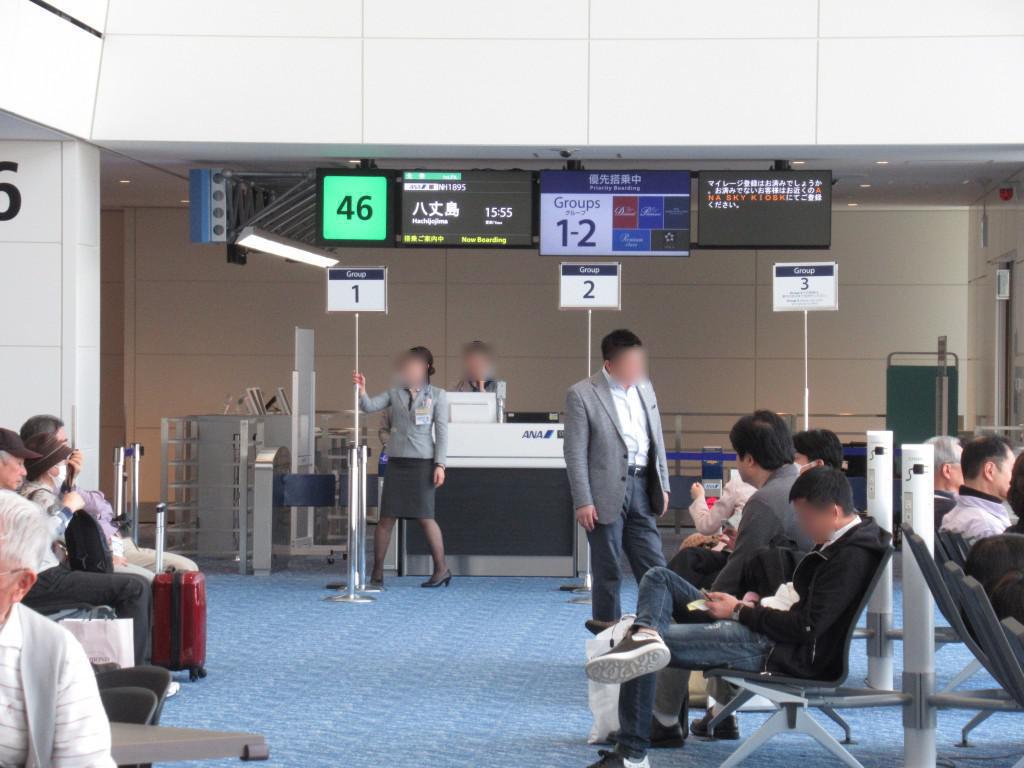
The time for Group 3 comes, and now I move together with other passengers, without any rush, because Group 3 is for non-status window seats. My wife would have moved too, but the risk that she heads to the wrong gate is limited to say the least, and I convince her to wait for her turn, that of Group 4 since she has an aisle seat.

I’m not alone plane spotting
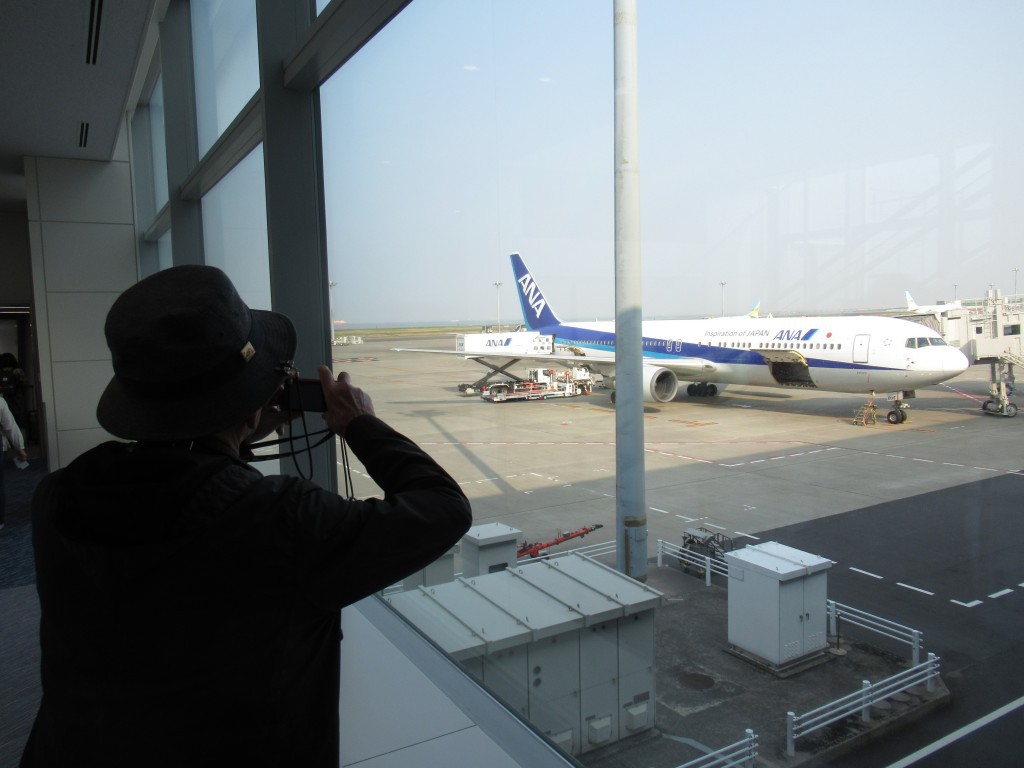
Plane door shot
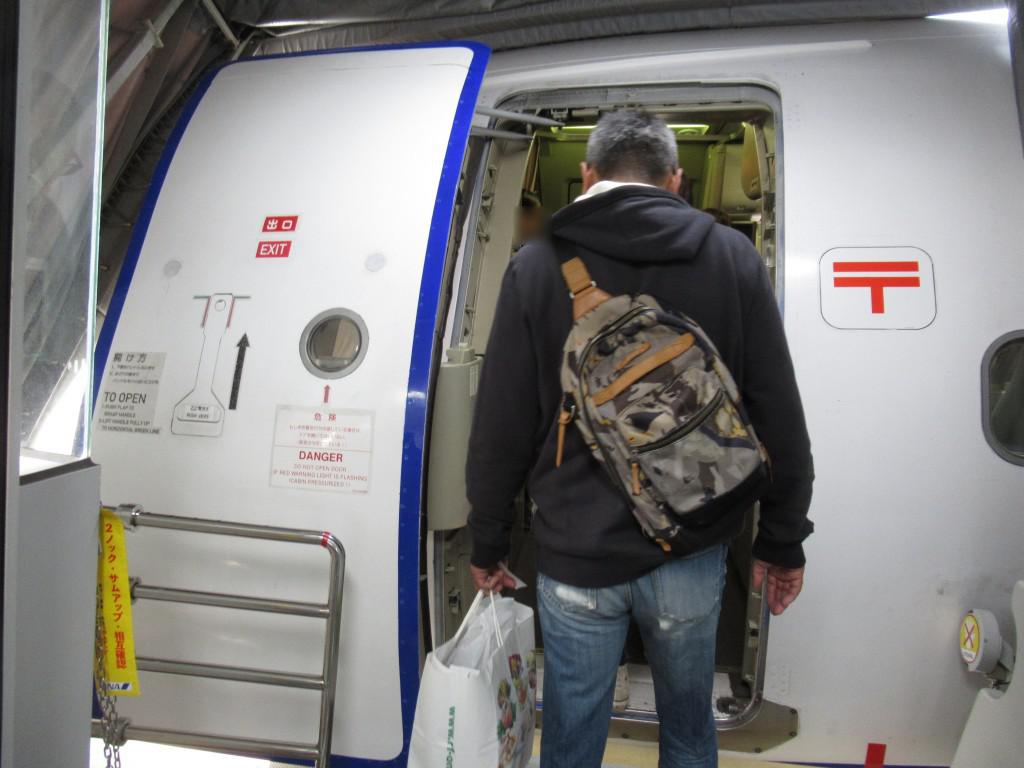
A sweet is given upon entering the aircraft
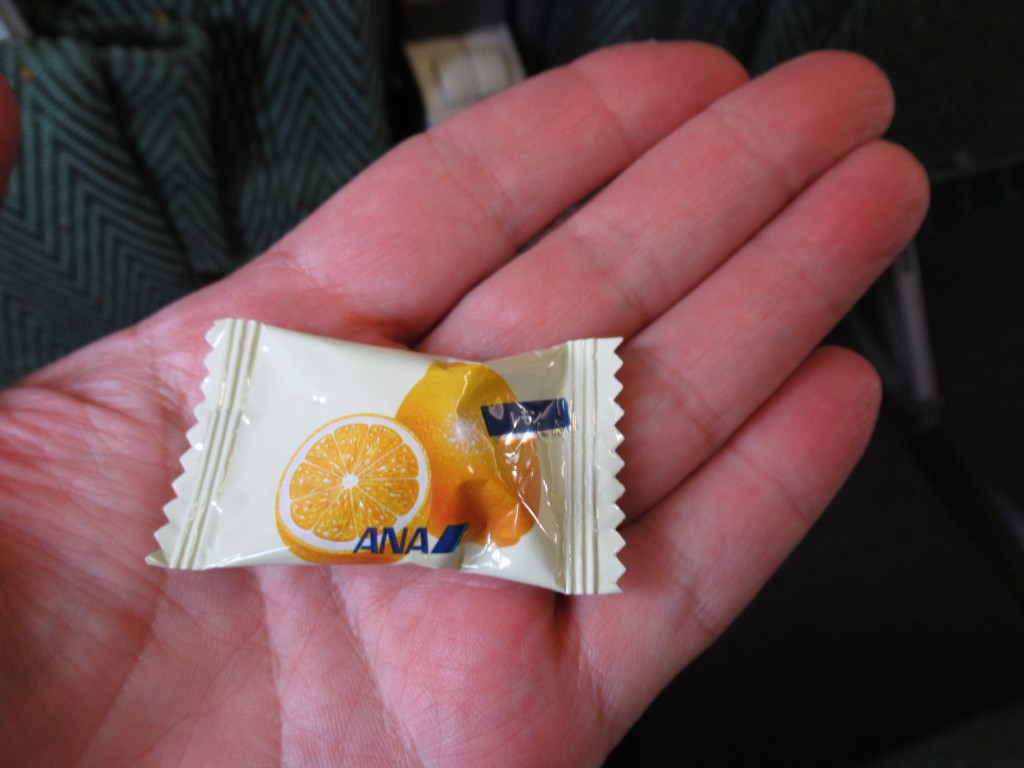
Detailed review of an ANA A320
Arrival in a spotlessly clean cabin
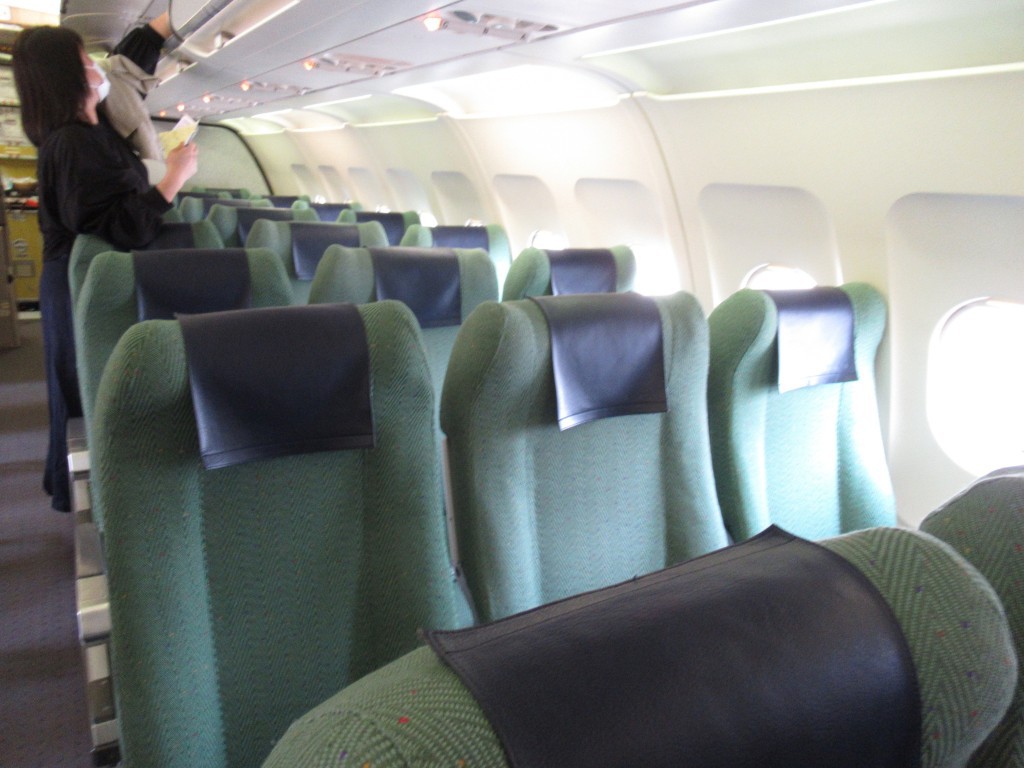
I chose seats in the back of the aircraft to be well behind the wing for taking pictures, but there was ample choice
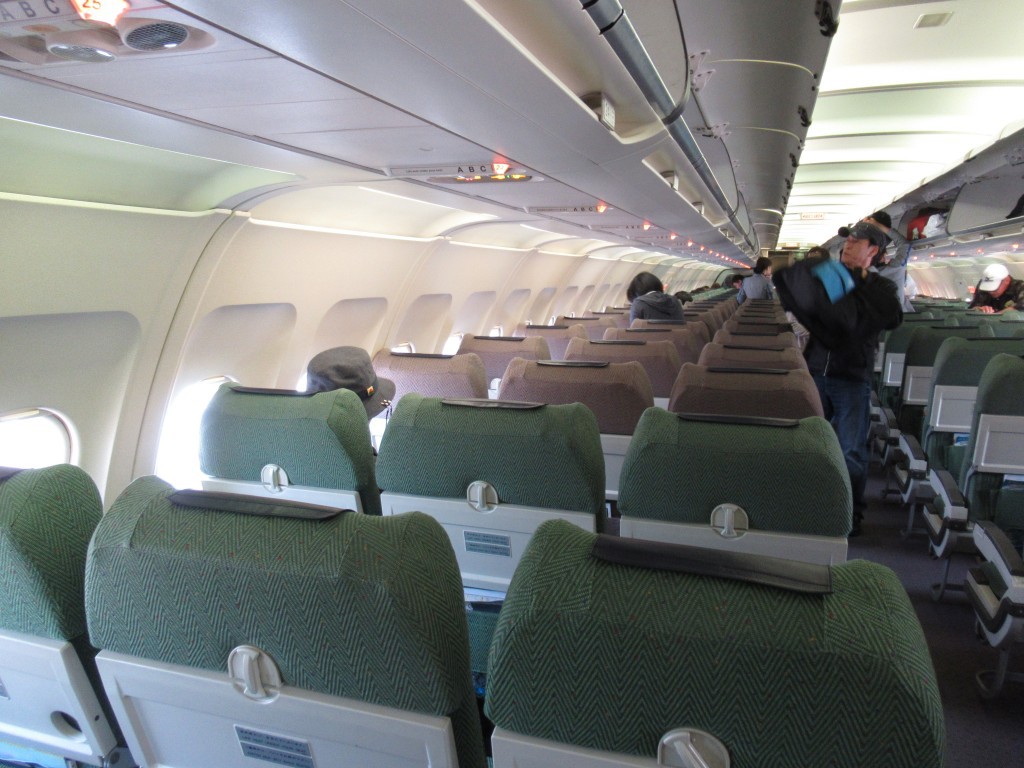
View on the galley and the last rows
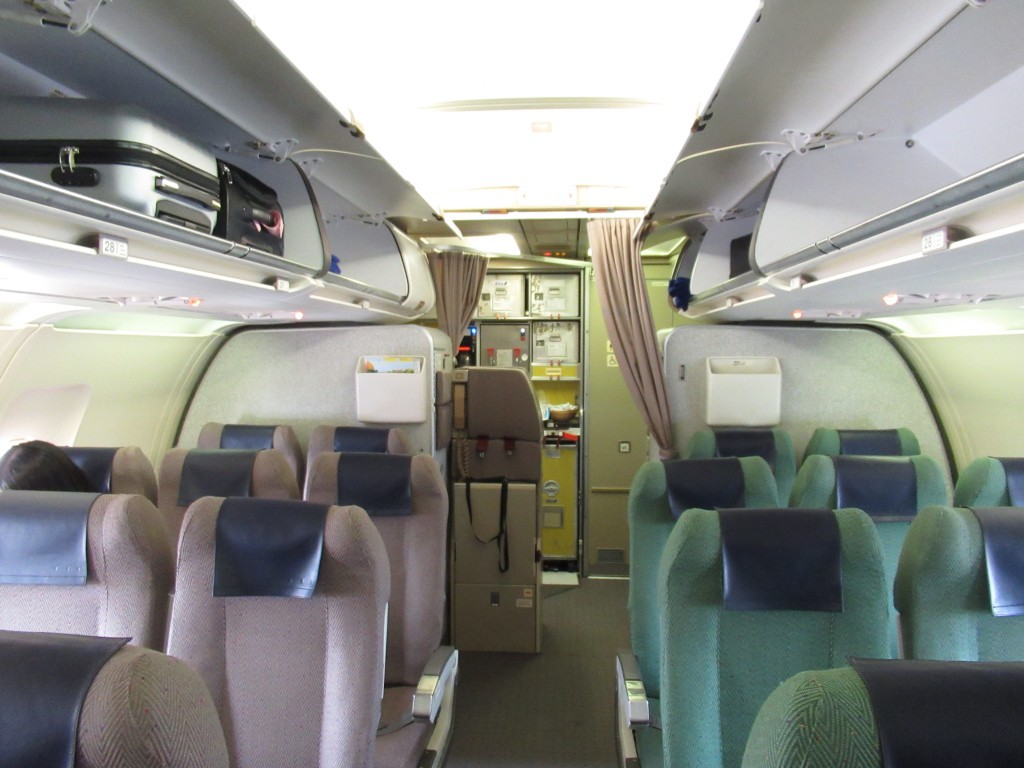
The carpeting is clean
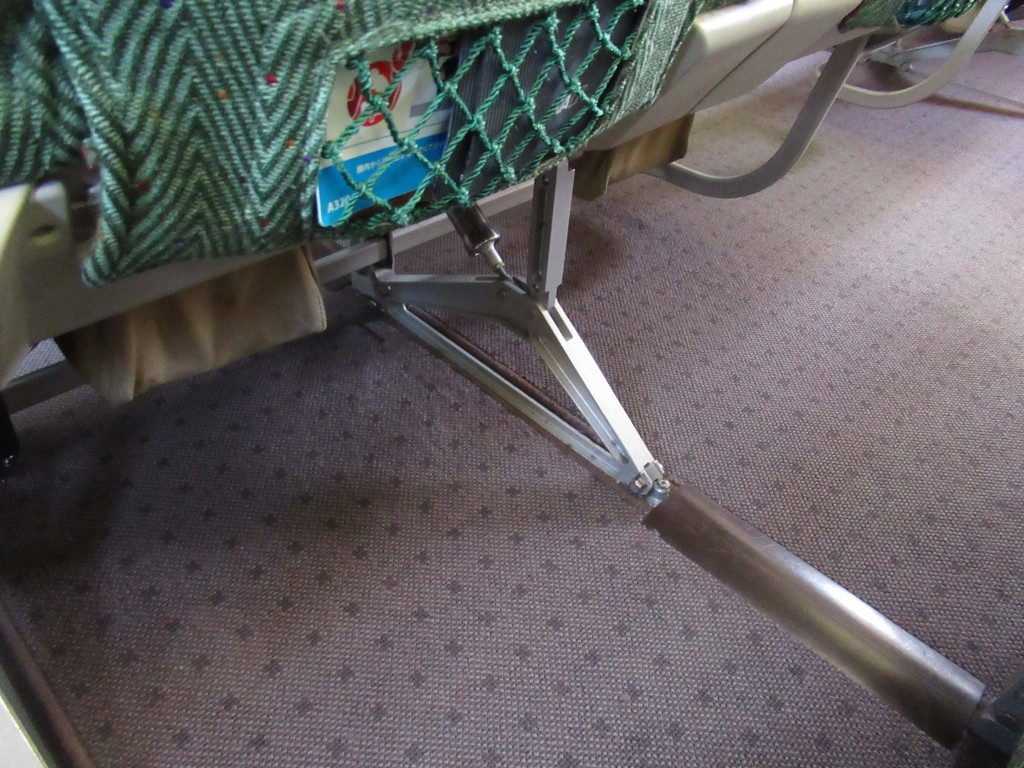
The space between the armrest is slightly less than what I usually measure in Europe
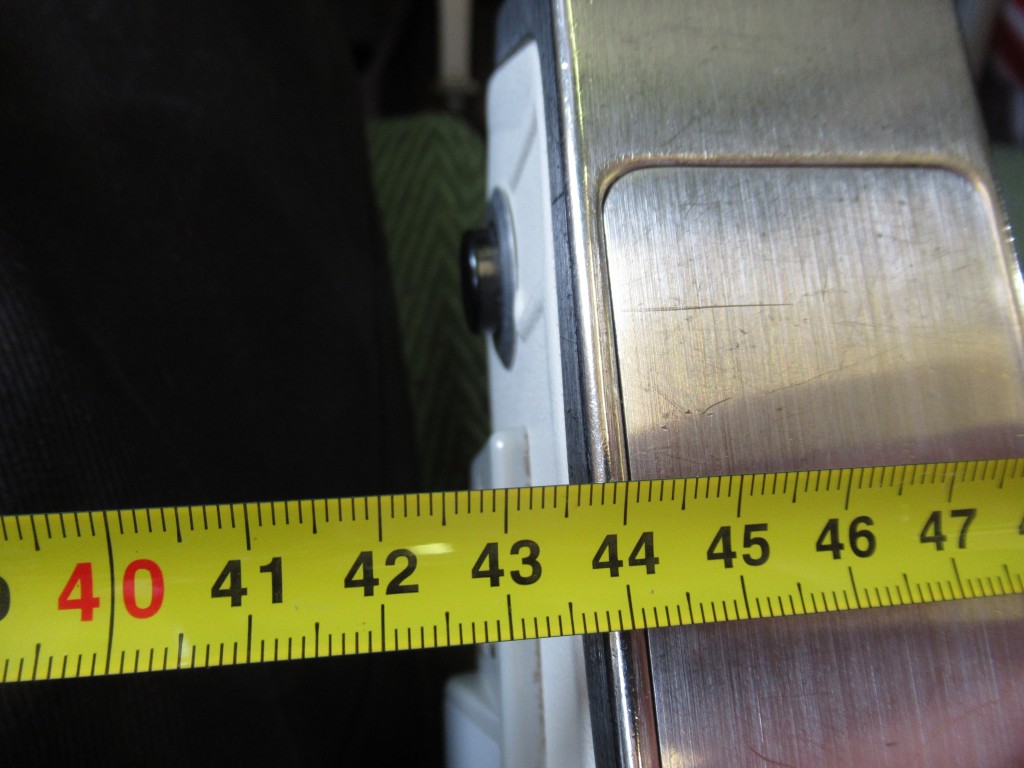
On the other hand, the seat pitch is slightly above average.
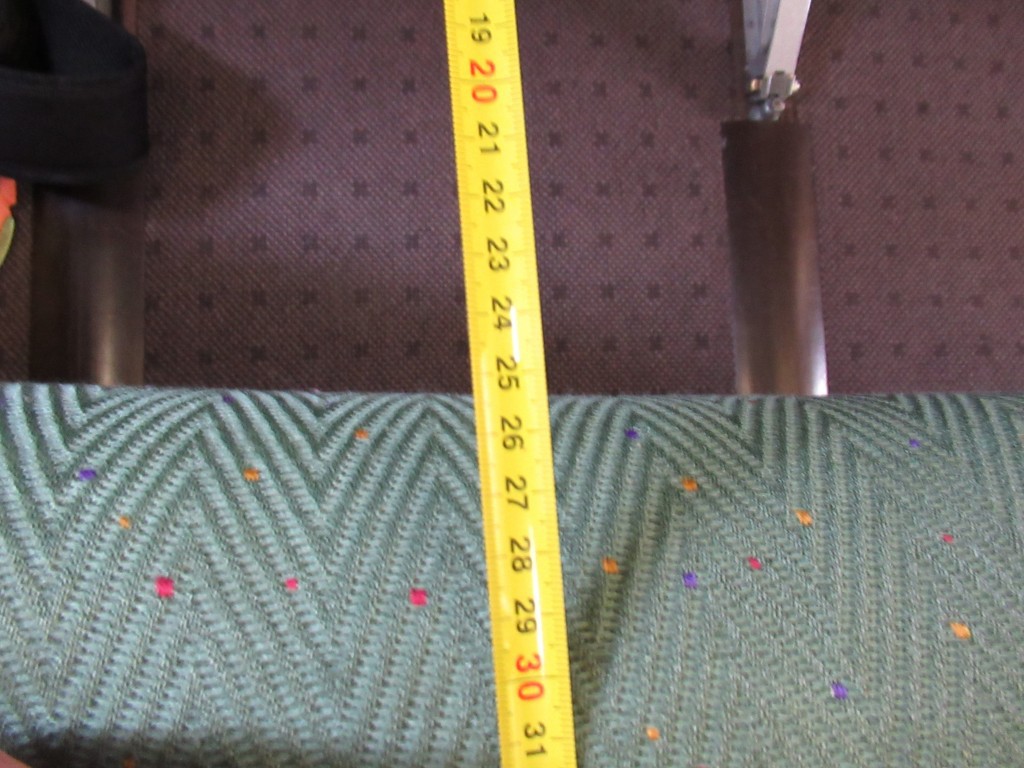
First and foremost, these are old-fashioned seats, no super thinned ones, with very comfortable thick cushioning. The window is slightly misaligned at my row, but this is no major problem for me
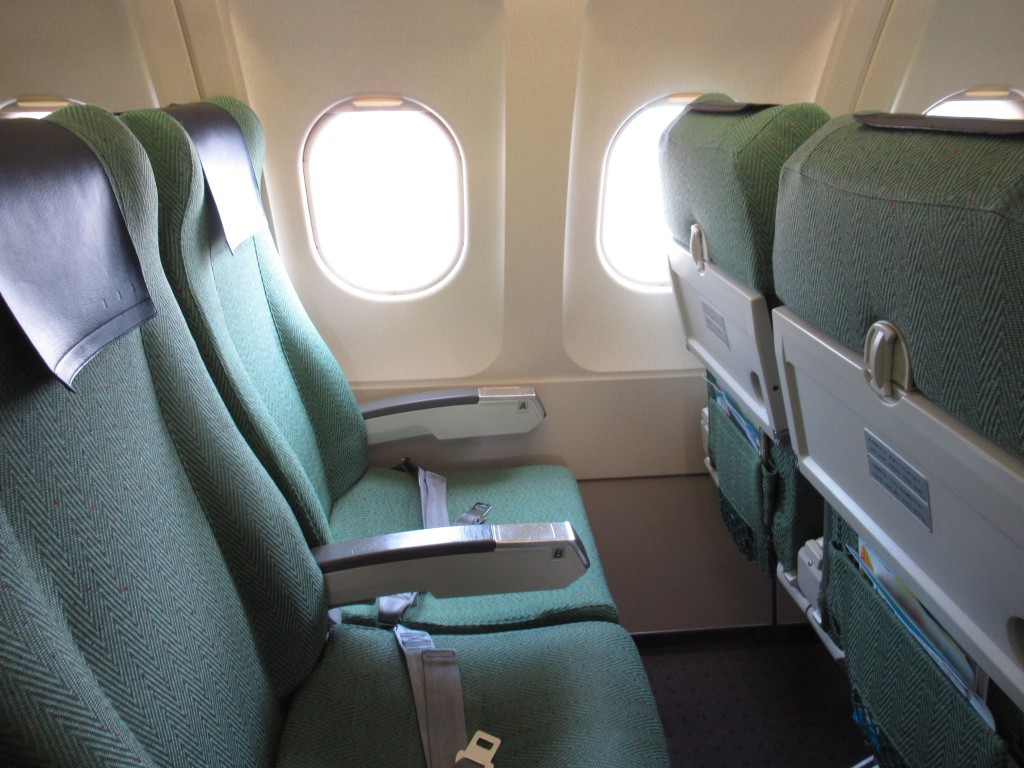
No headphones are provided : I do not know if these audio channels are operational
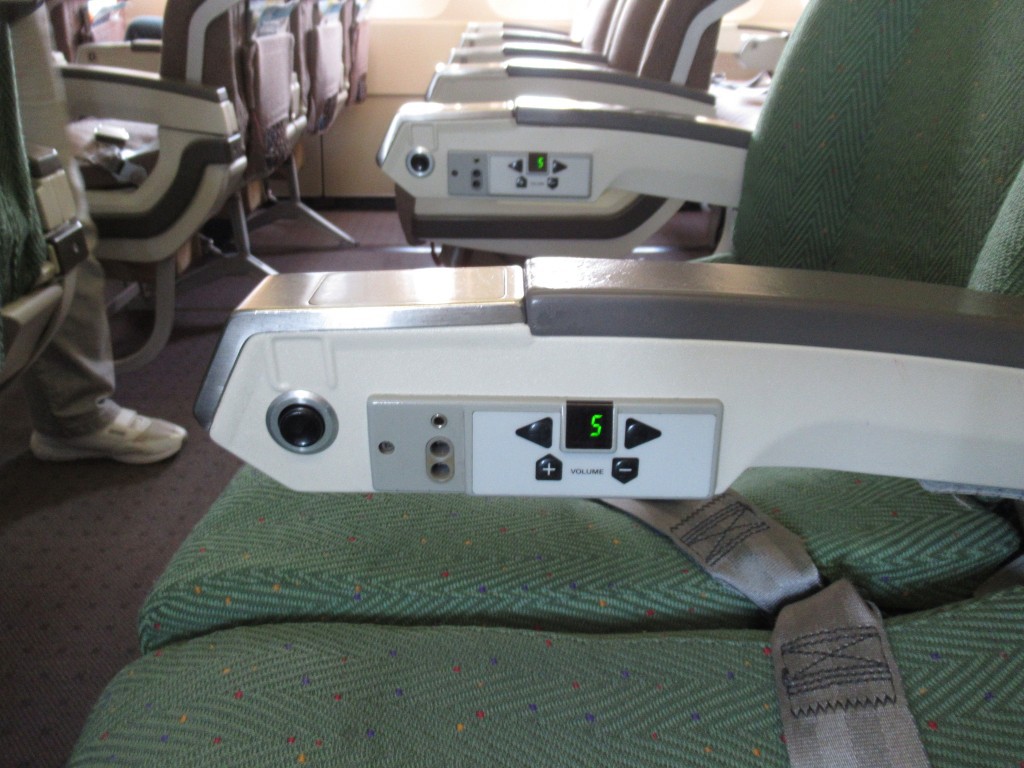
The neutralized center seat bet was won this time ; small wonder because the load ratio is below 50%
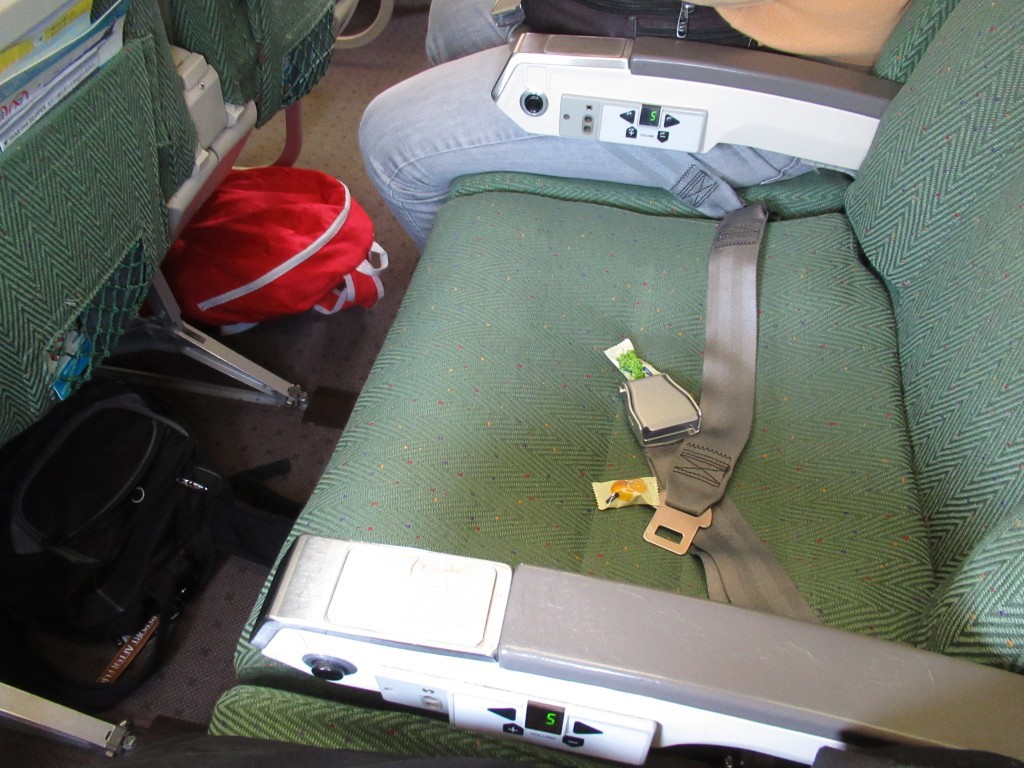
The safety card both sides
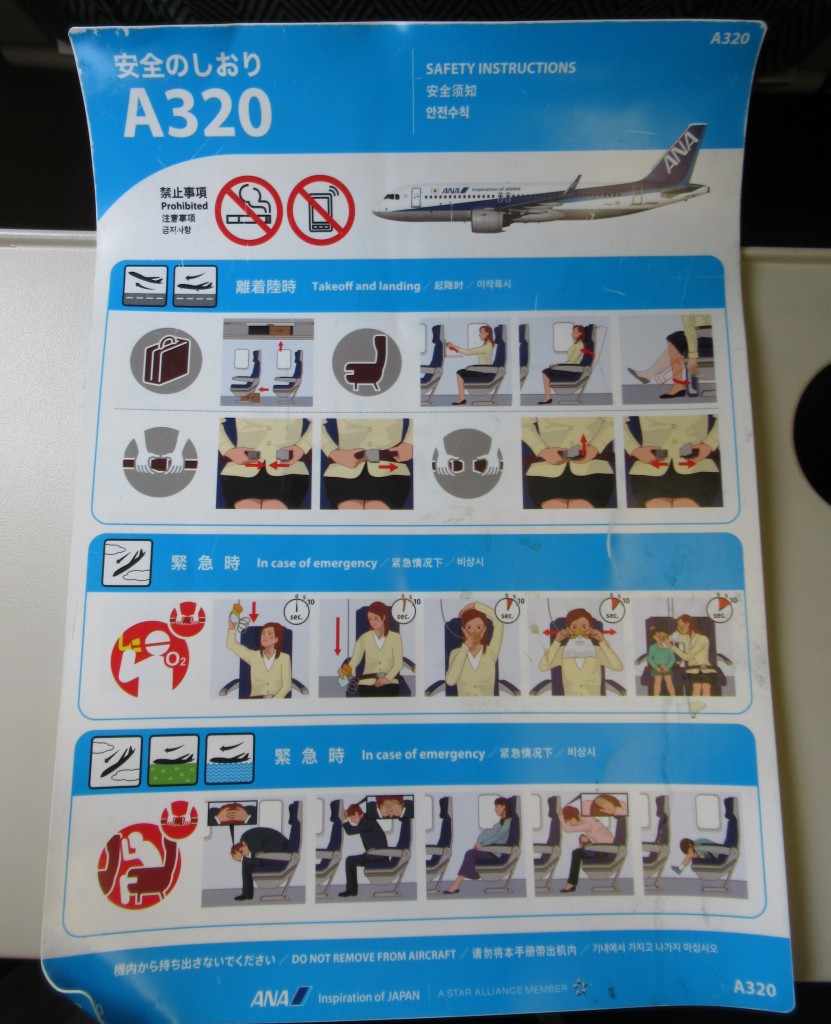
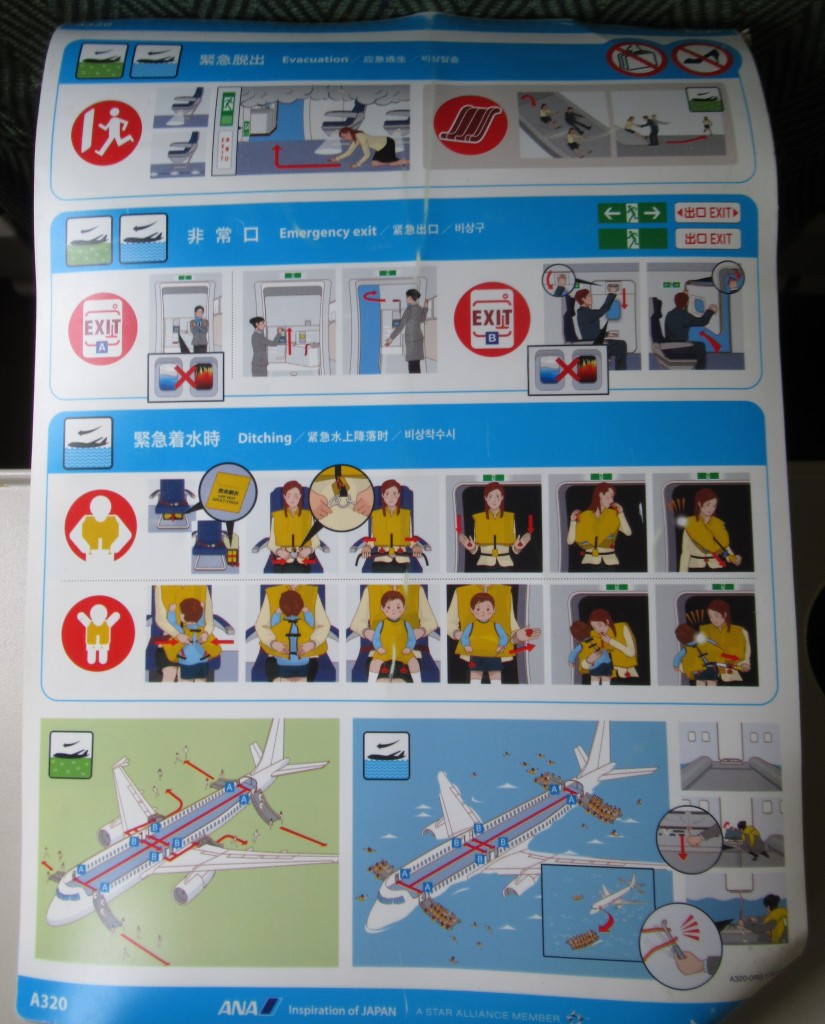
ANA’s interstellar fleet, and plane spotting, Part IV
ANA’s in-flight magazine contains the usual description of ANA’s fleet: long haul, with the Star Wars special liveries

… short-medium haul
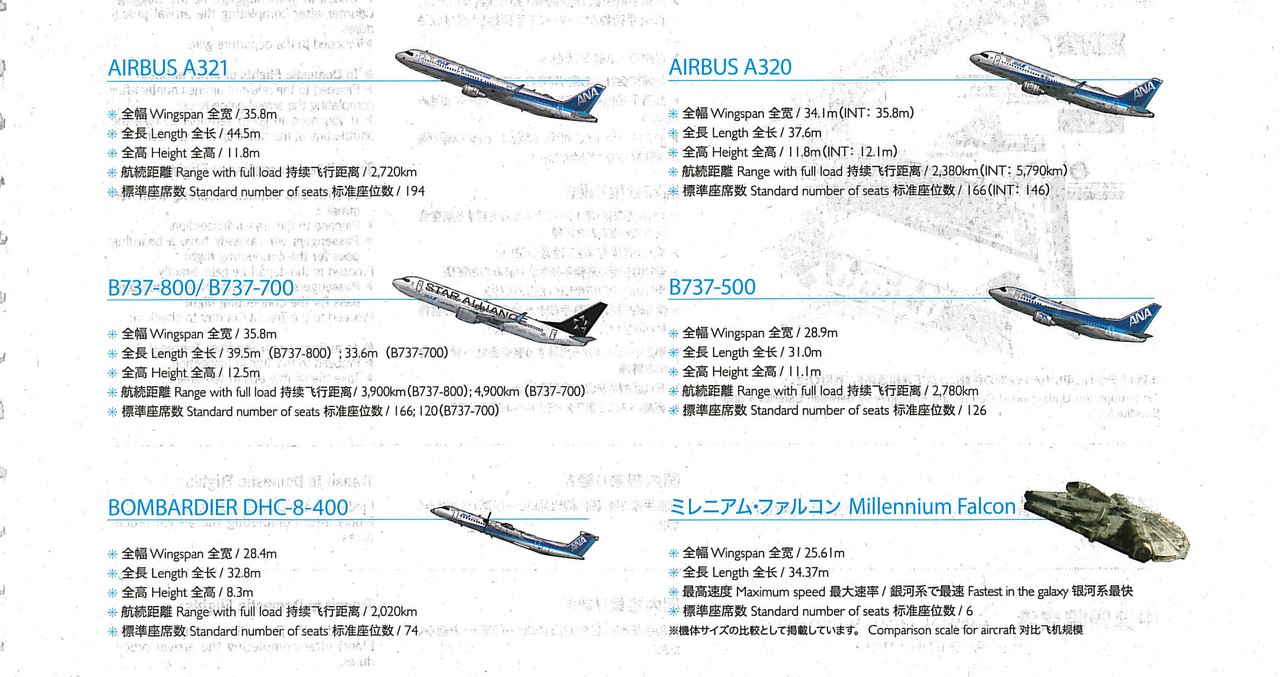
And interstellar, lower right
Which Western airline would indulge in this tongue-in-cheek humor in its corporate image bearing in-flight magazine?
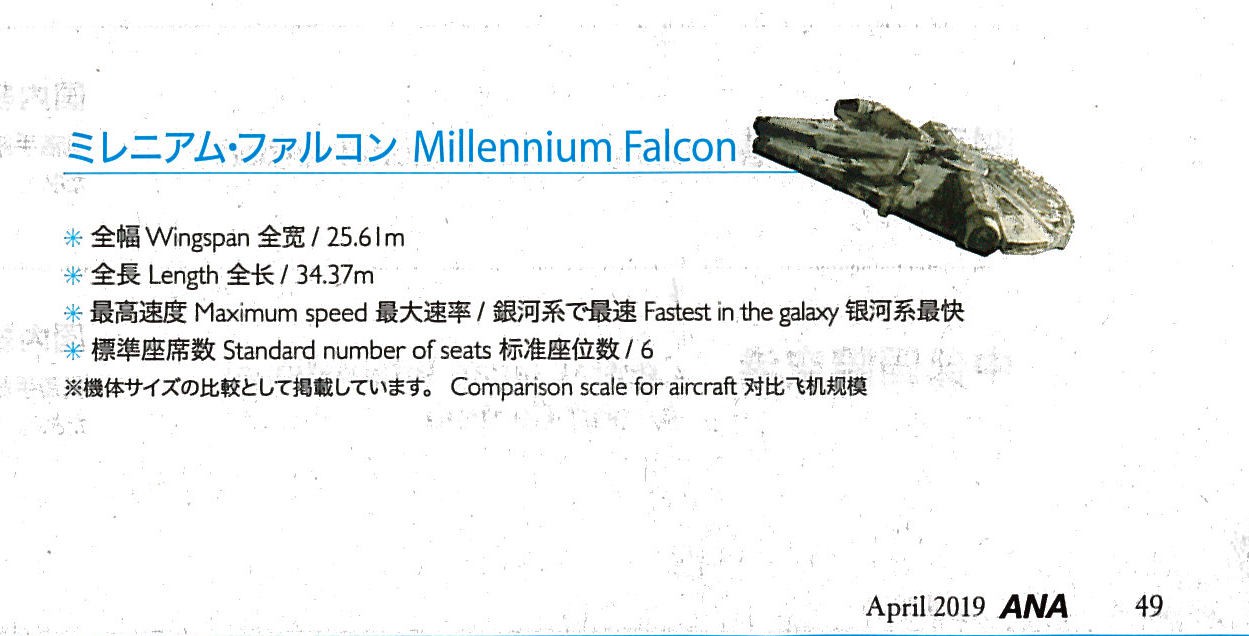
Starflyer A320, in the elegant black livery of this Japanese LCC

Air Do 737-700
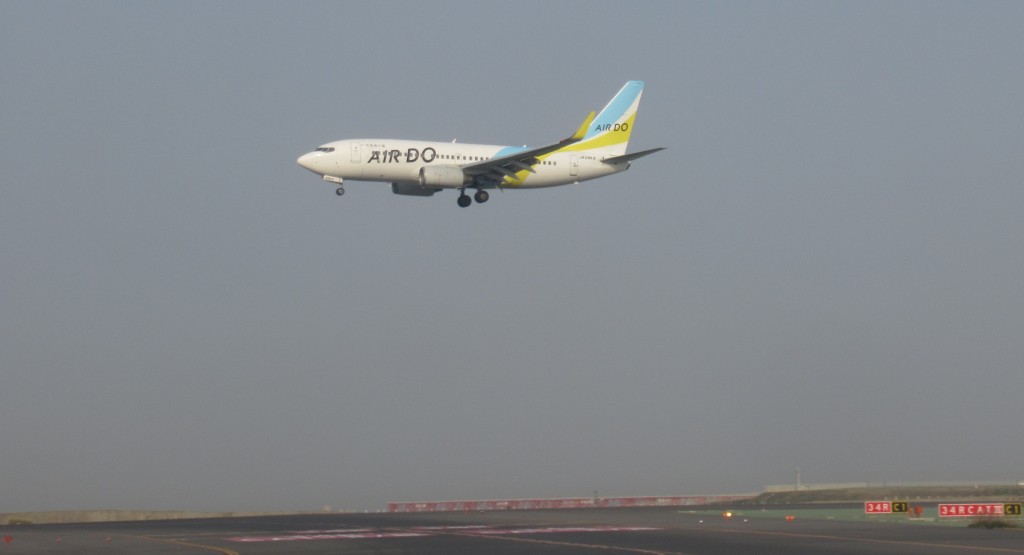
In flight
Alignment on the runway. The strange structure in the background are the ventilation facilities of the tunnel section of the Aqualine, the toll expressway crossing the bay of Tokyo. It is located halfway on an artificial island.

Taking off
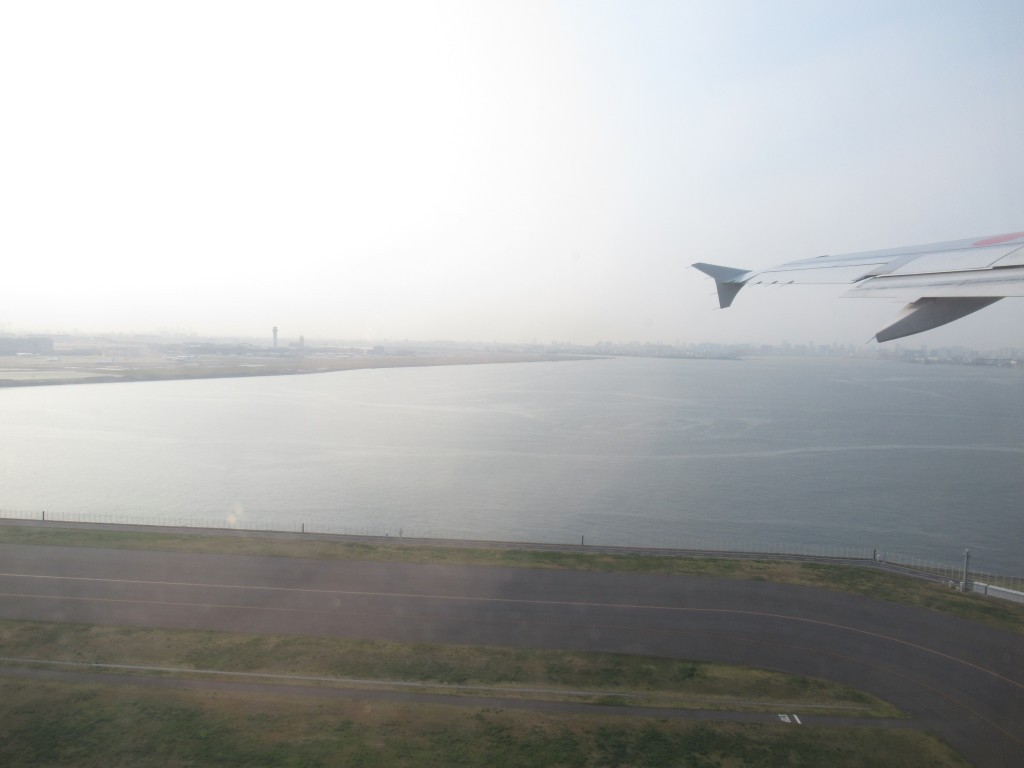
It’s very misty and the pictures won’t be great. The polders in the bottom of the bay of Tokyo
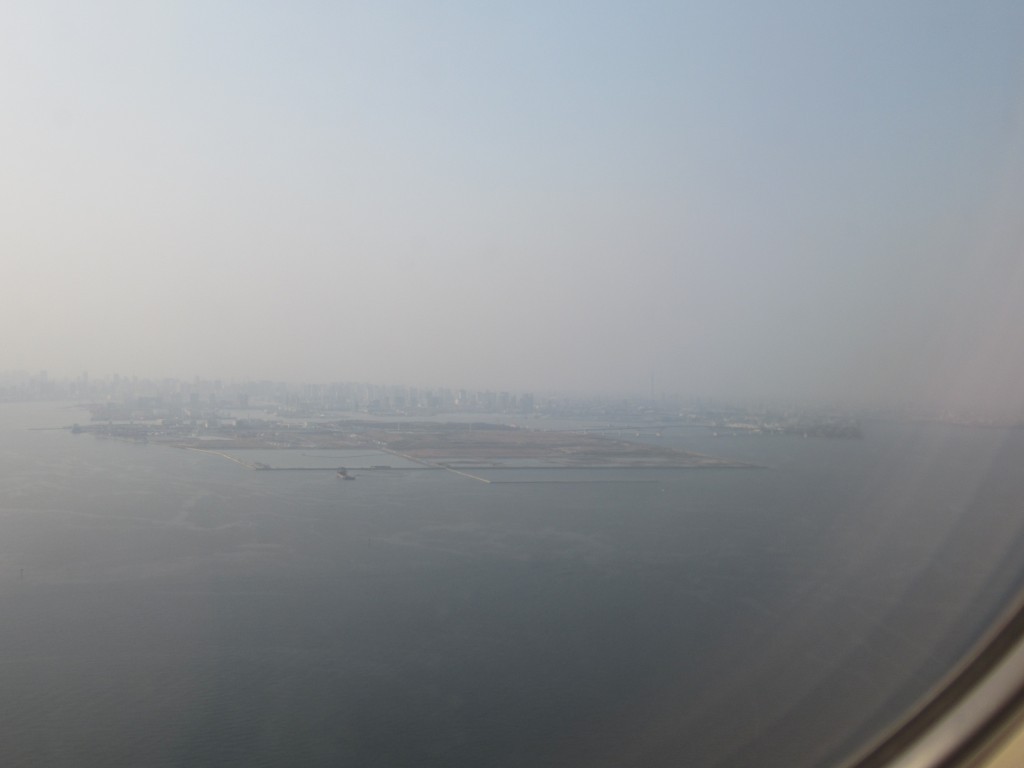
The Tokyo Gate bridge between two polders
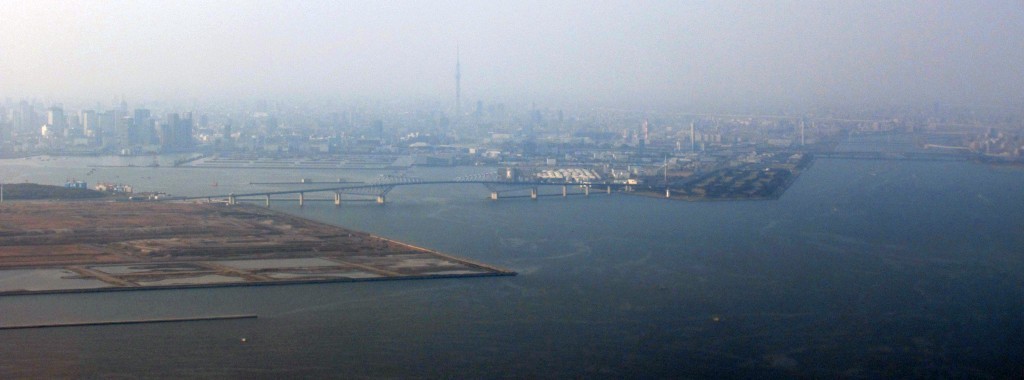
Tokyo Disneyland is at the left edge of this picture showing one of the polders
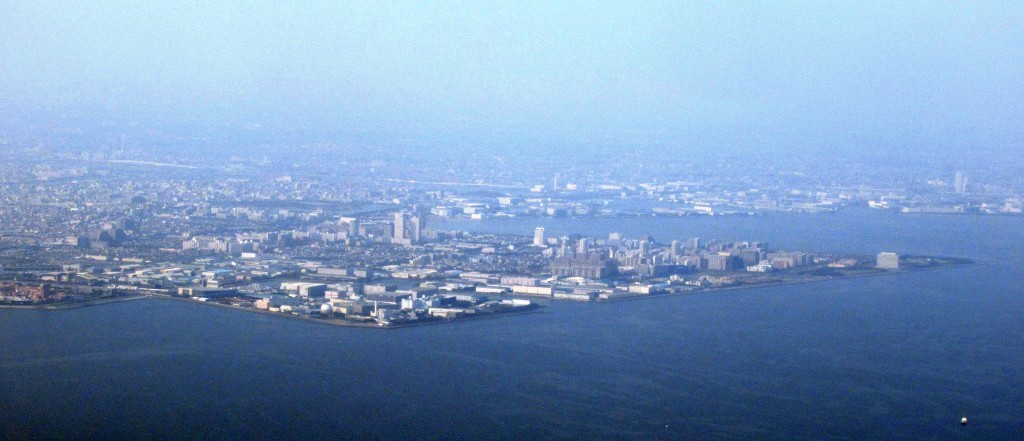
The bridge part of the bridge tunnel Aqualine across the bay of Tokyo
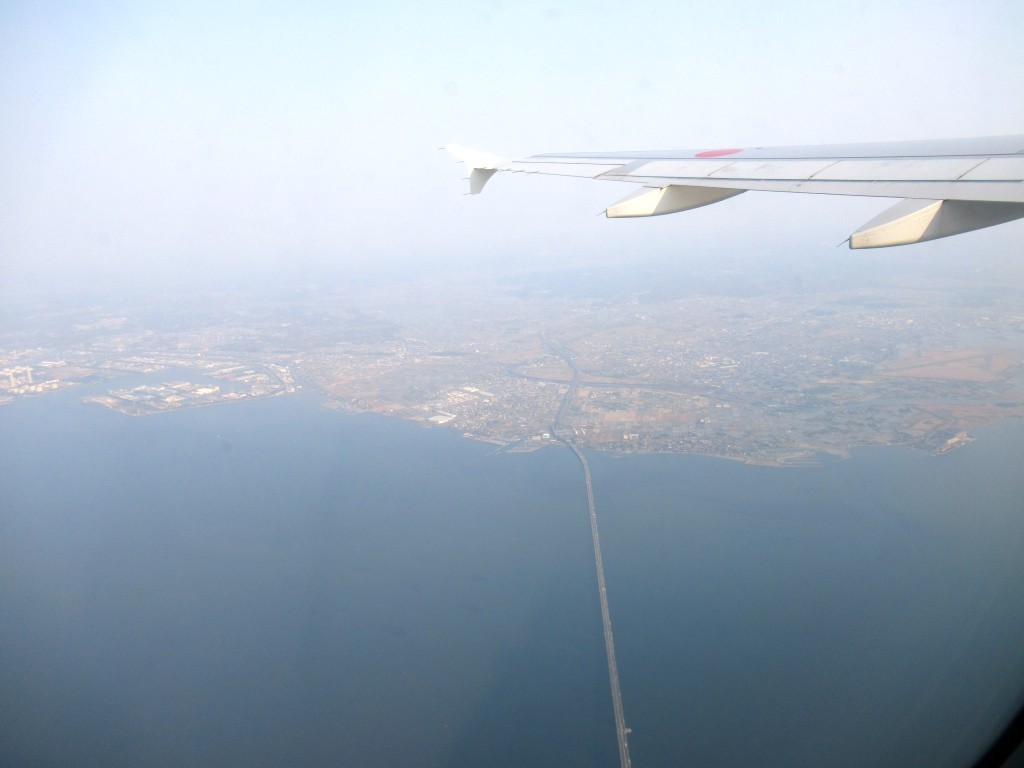
The tollgates are on the Chiba 千葉 prefecture side
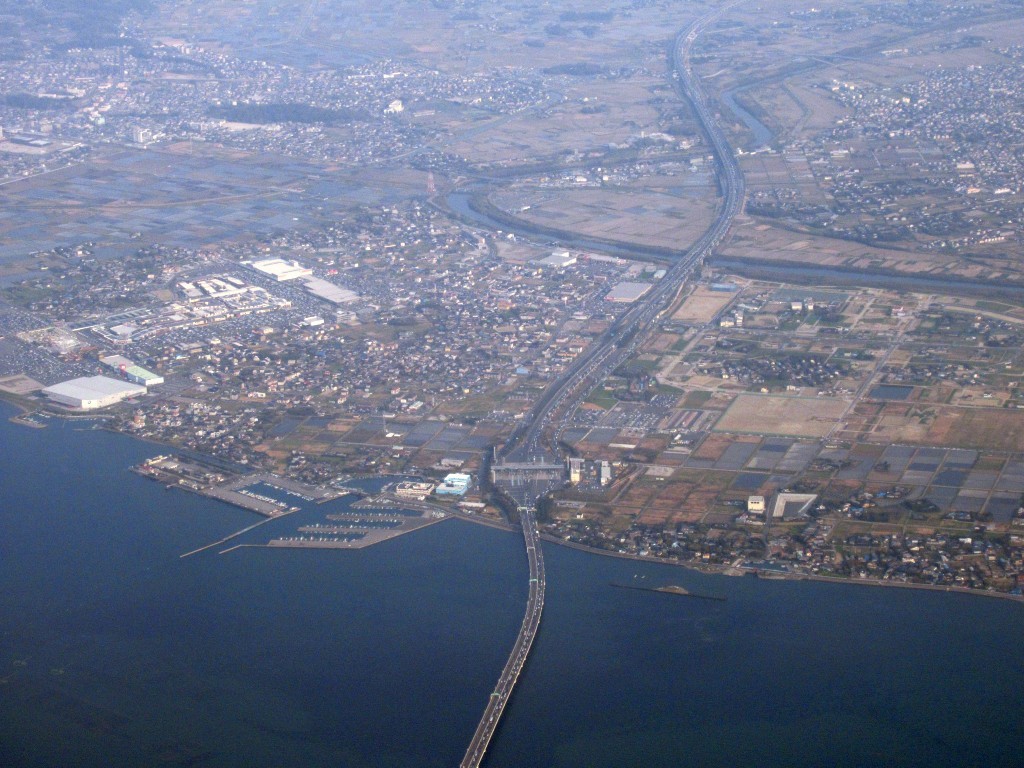
木更津 Air Base
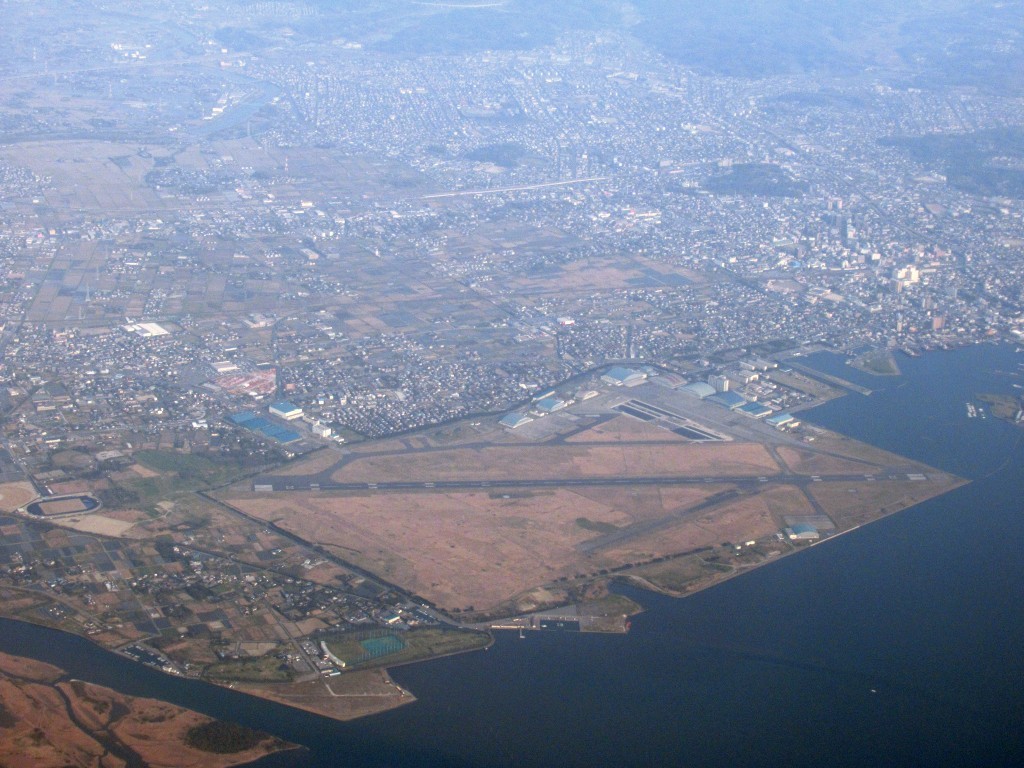
Poor air-to-air shot of a JAL aircraft
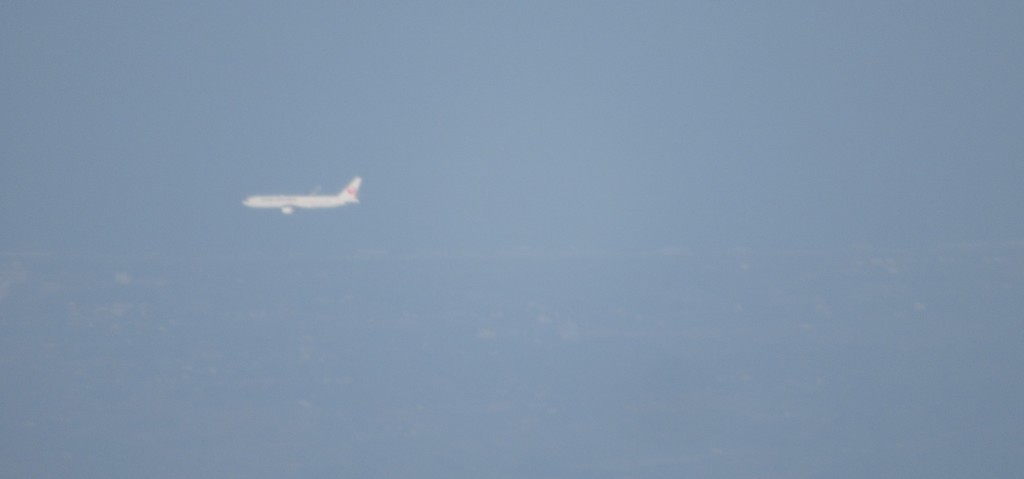
Tateyama 館山, located nearly at the tip of the Bōsō peninsula 房総半島
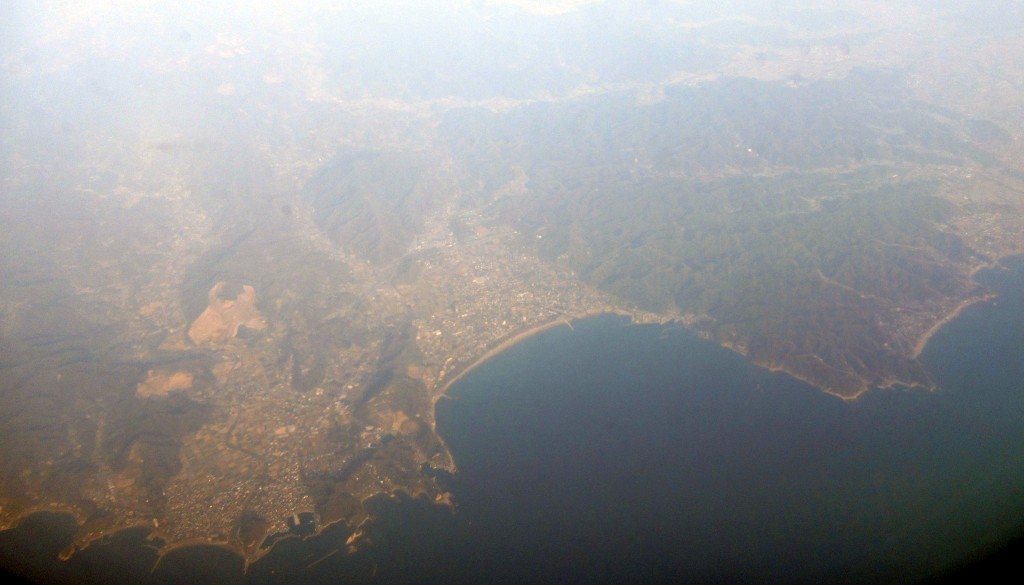
Very misty overall view of the peninsula, and therefore last glimpse of Honshū, the largest Japanese island where Tōkyō is

Again a distribution of sweets : these are the two that my wife received. No drinks were offered, on the other hand.
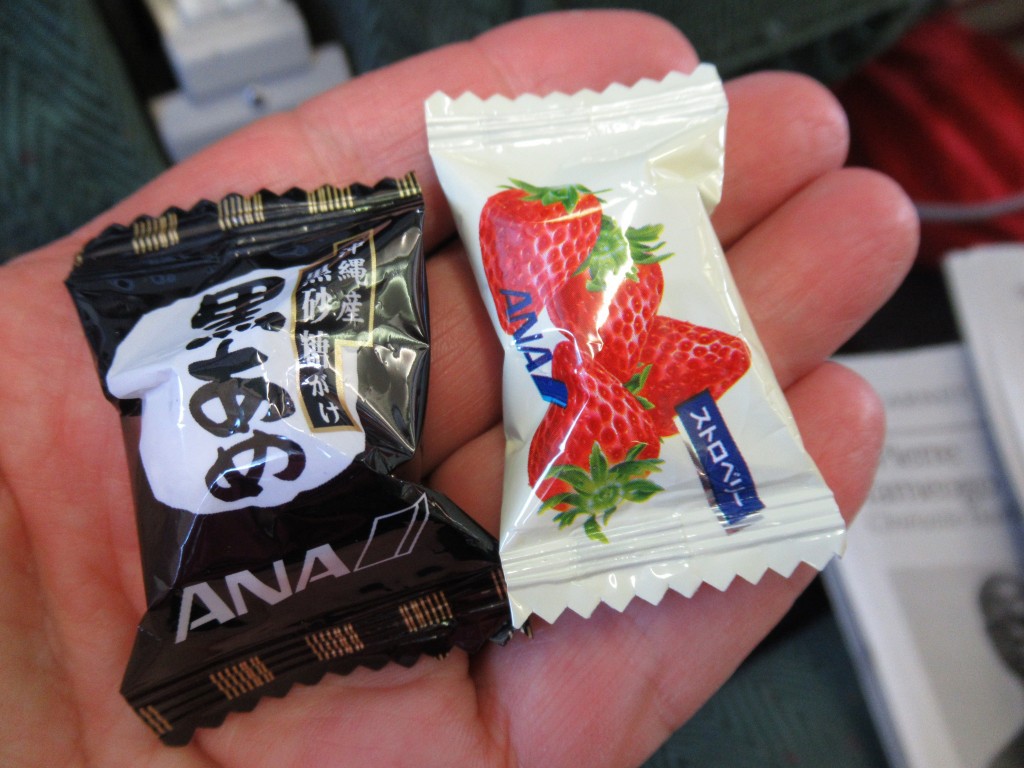
The passenger are very quiet, and also very few in between
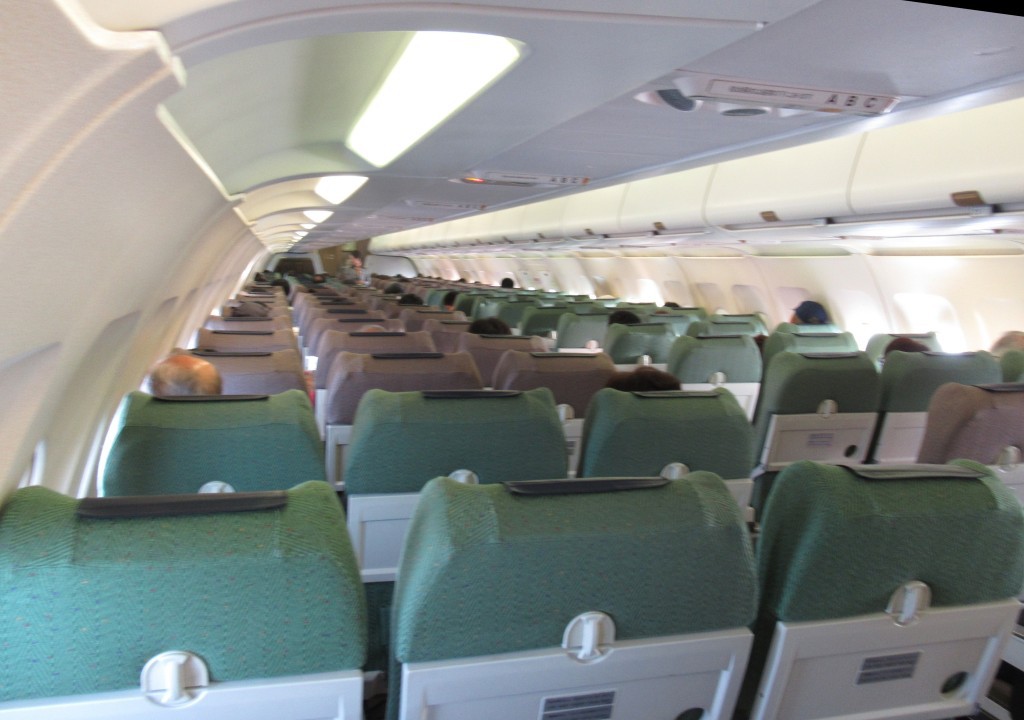
Arrival in Hachijōjima
This picture from the air show on the preceding AF flight is a healthy reminder of the local geography of Hachijōjima for those of my readers who may have gaps in their knowledge in this matter: two extinct volcanoes (whose underlying magma nevertheless provide a generous supply of geothermal power and hot springs – this is Japan!), connected by a flattish spread of land where most of the 7,500 inhabitants live. HAC’s Runway 08/26 is there too, roughly perpendicular to the axis of the volcanoes.
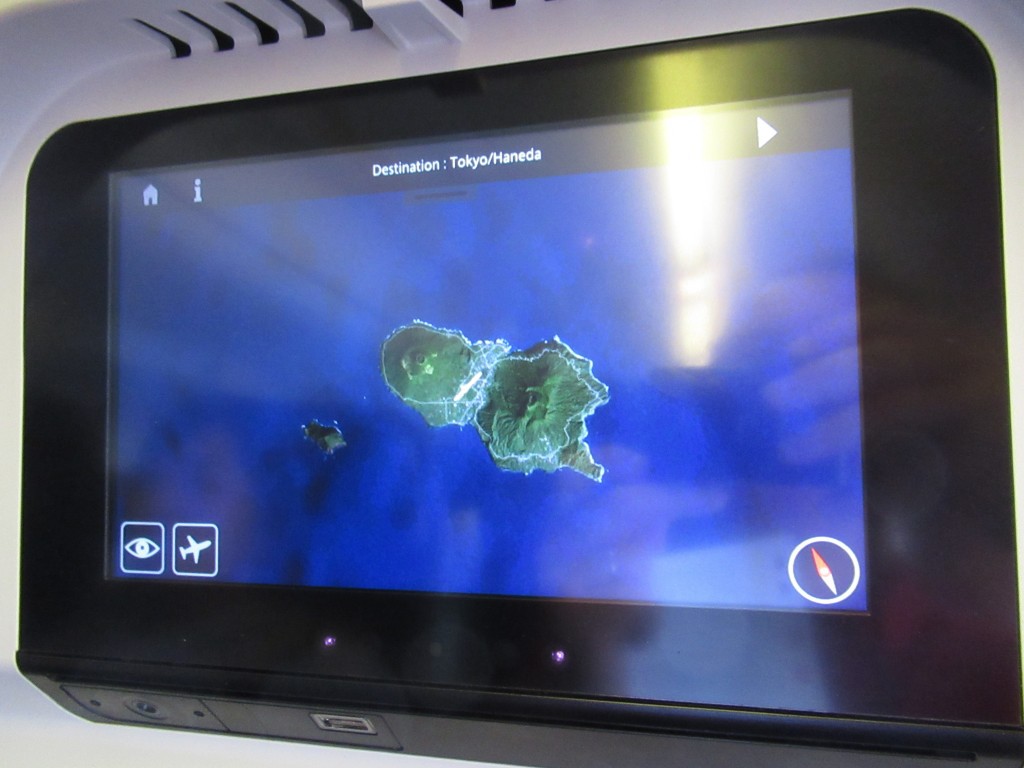
First glimpse of our destination
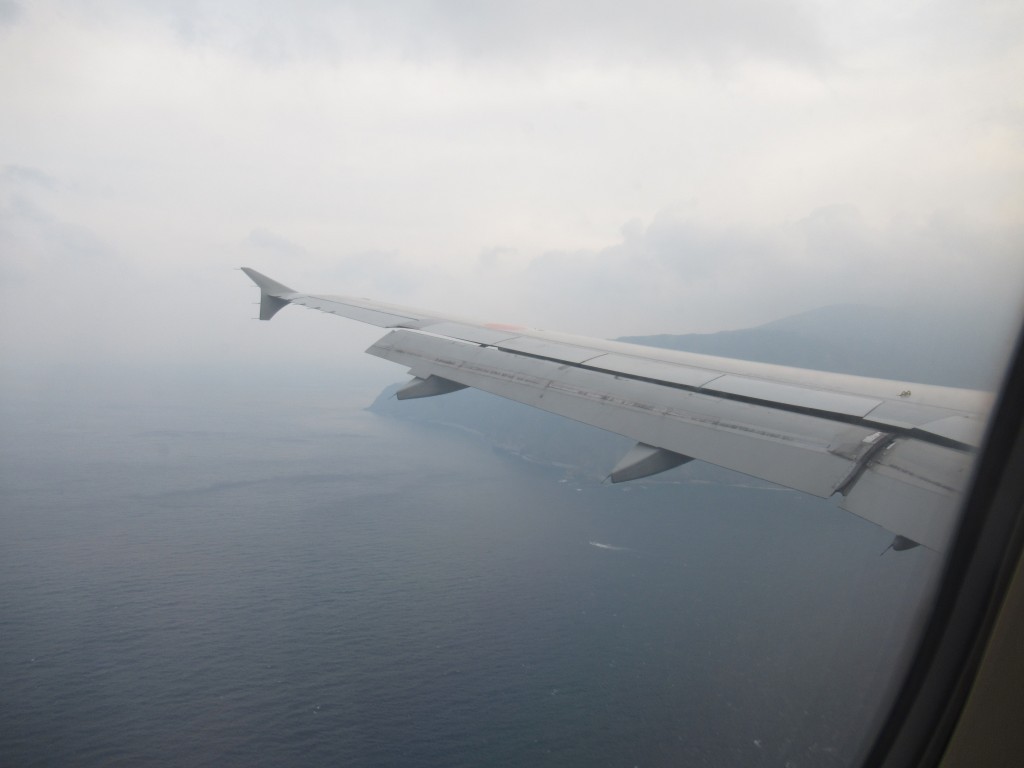
The sky is seriously overcast, but it is not raining
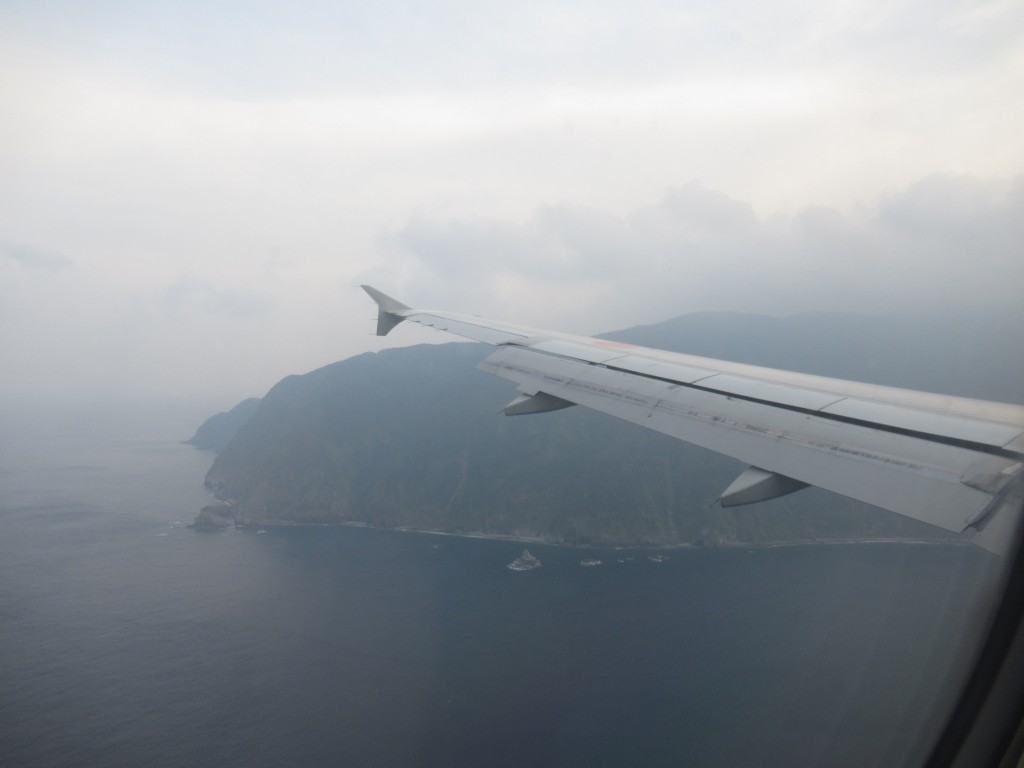
The coast at the foot of the south volcano ; we are landing Runway 26
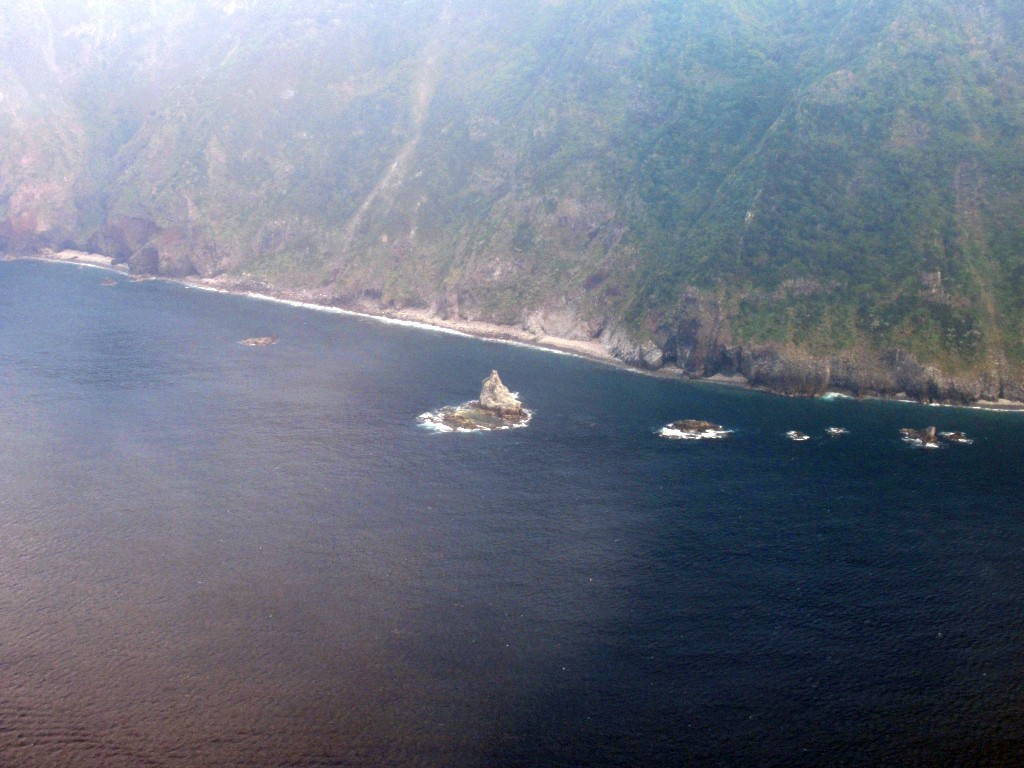
Lower left, the wharf for the overnight ferry linking Hachijōjima with Tōkyō
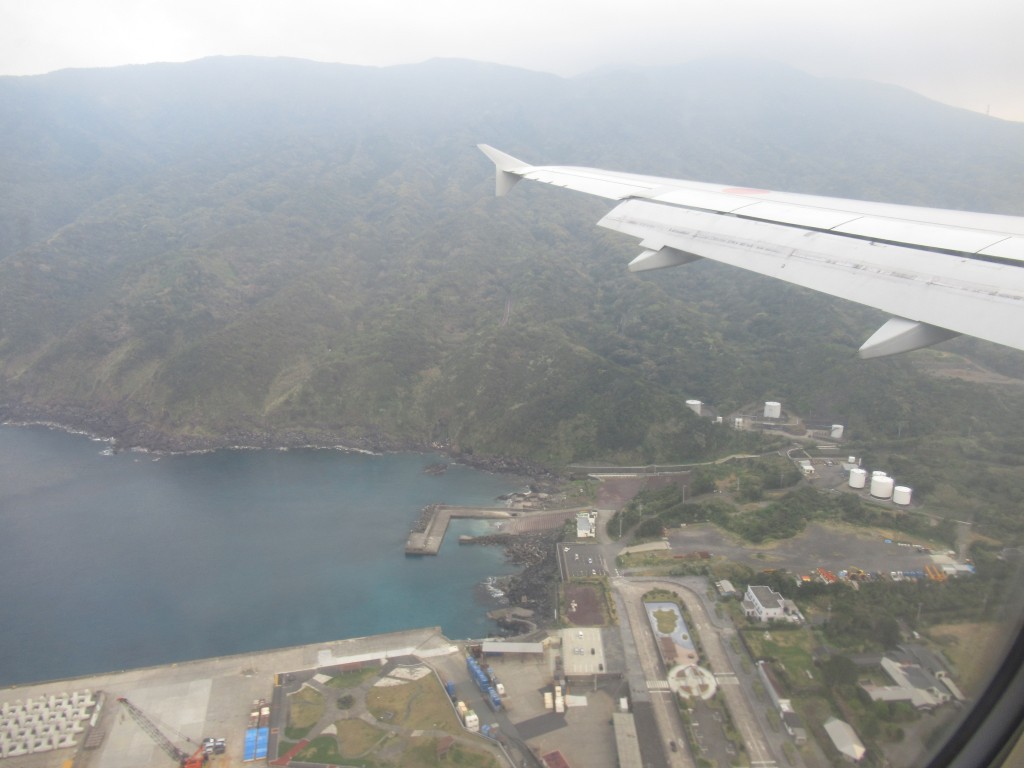
The banks of the very short local river, reinforced with concrete against erosion, like nearly everywhere in Japan.
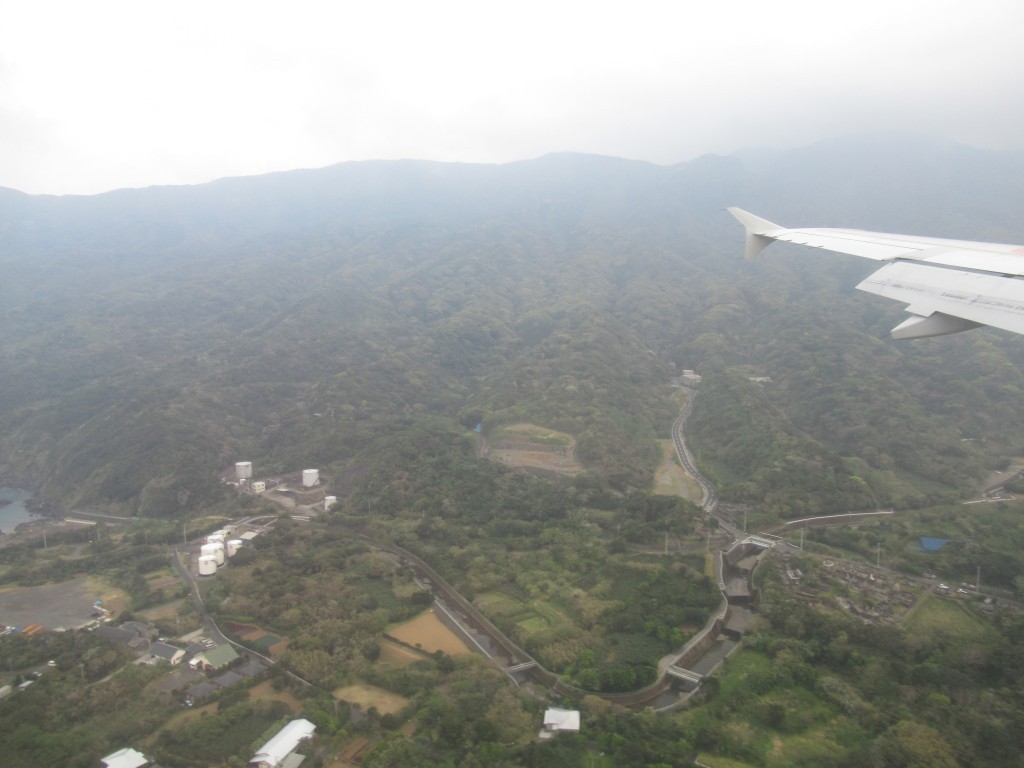
It’s a very sparse habitat by Japanese standards
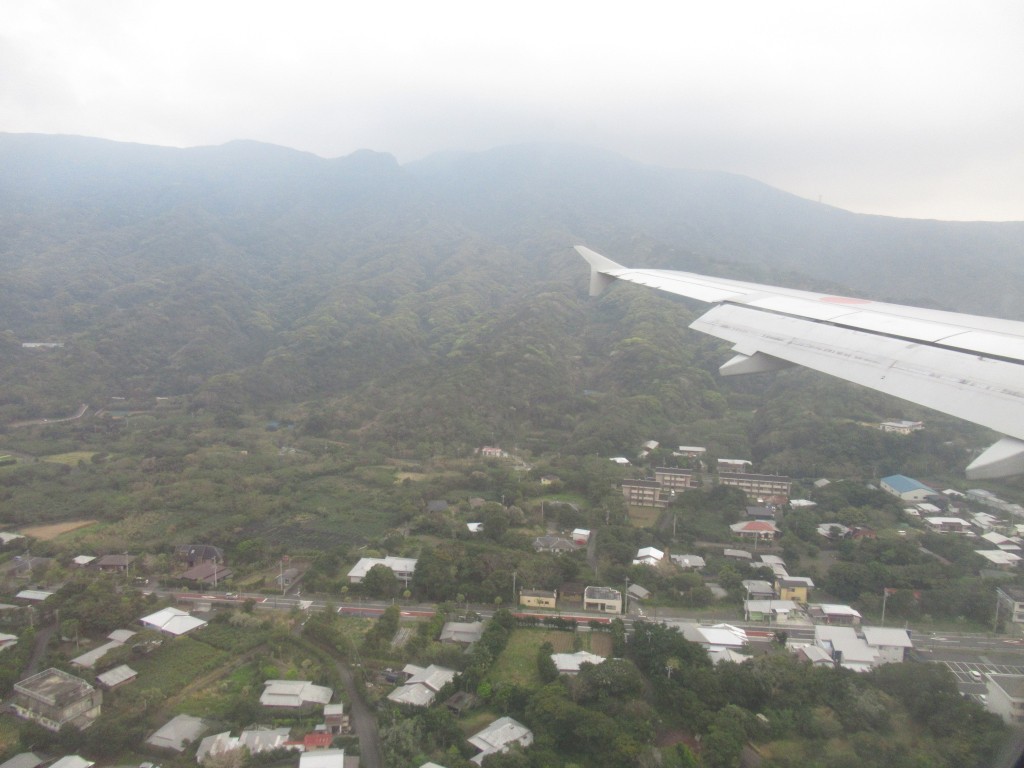
A primary school, lower
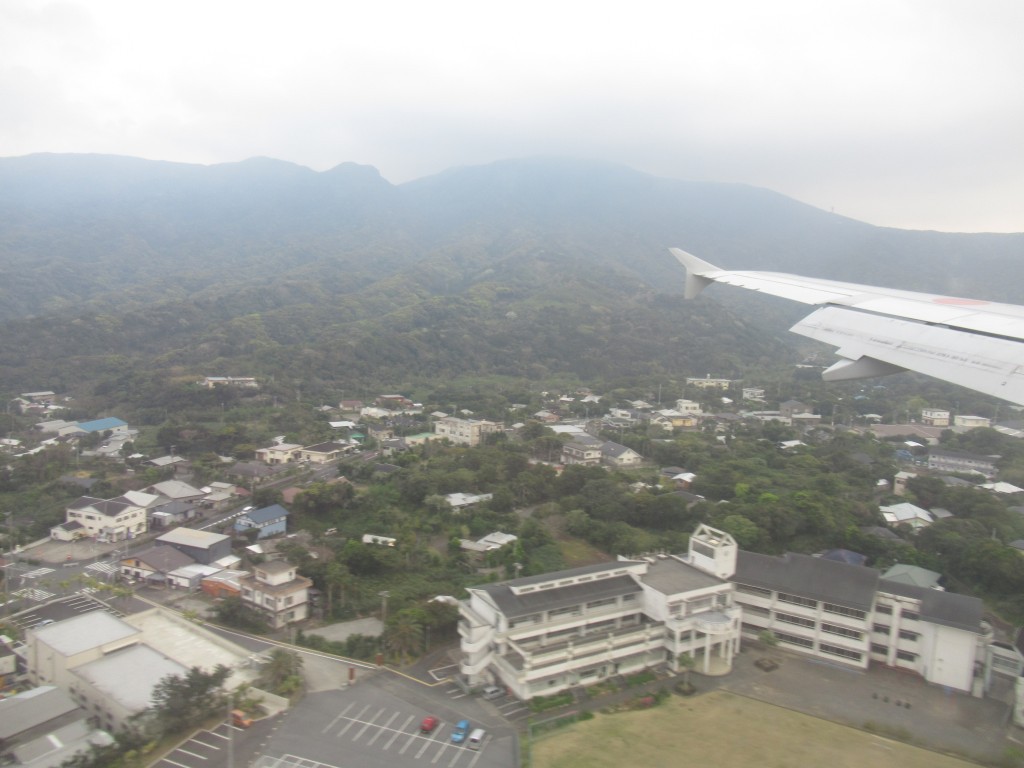
The cemetery, less than a hundred meters from the threshold of Runway 26
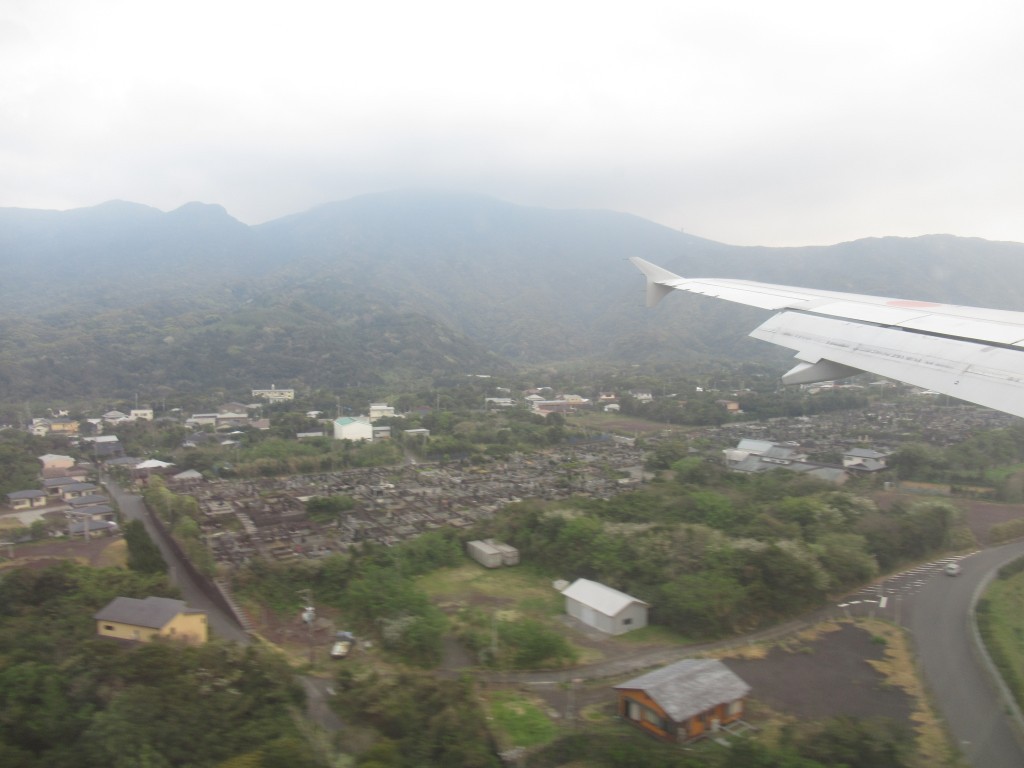
The facilities of HAC’s fire station

The name of the airport for planes flying above it
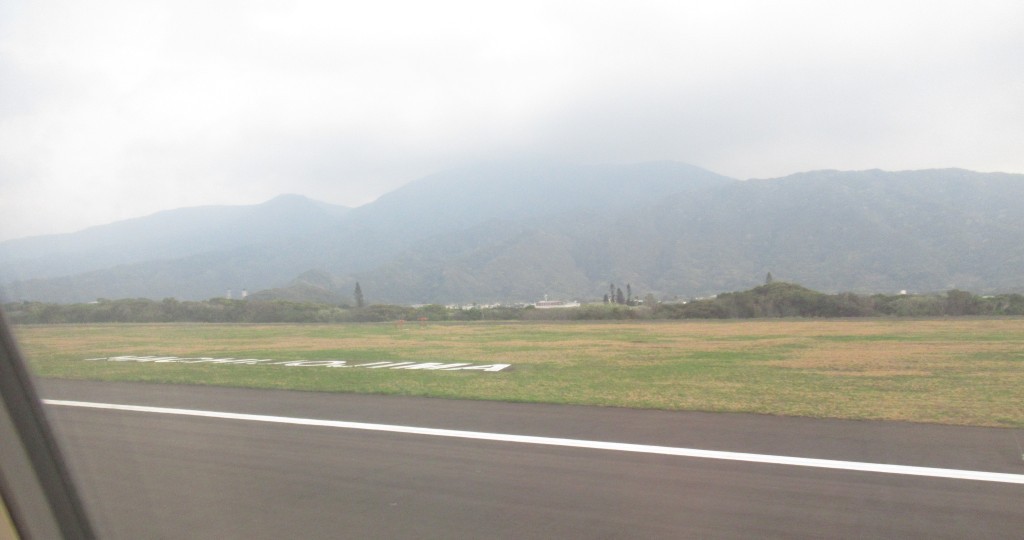
I stretched vertically the picture above to make is

The plane rotates on herself at the end of the runway, because there is neither a taxiway nor a turnpad (thank you Shisdu !)
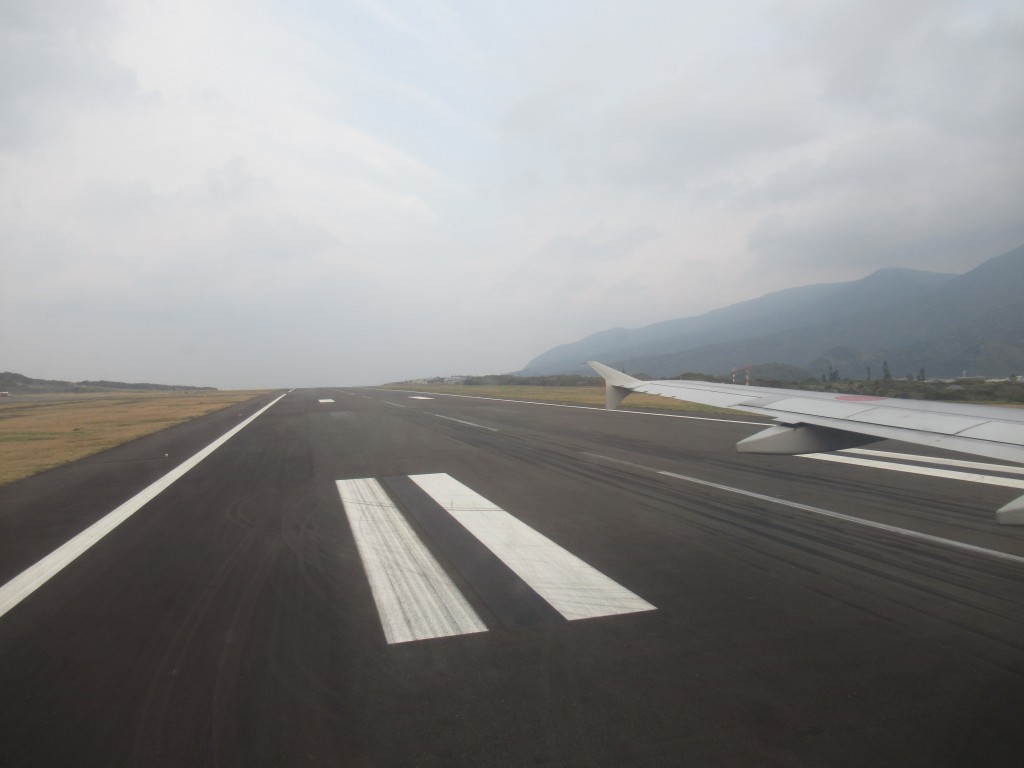
The plane taxies back to the terminal that we discover on the left
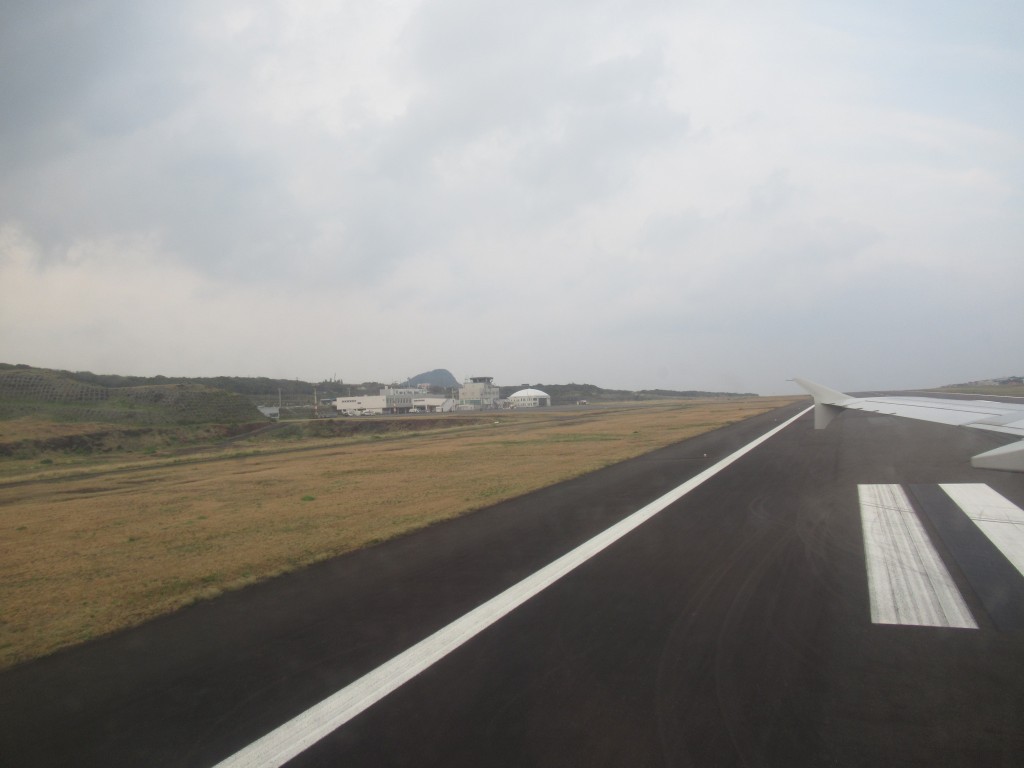
The terminal and the control tower
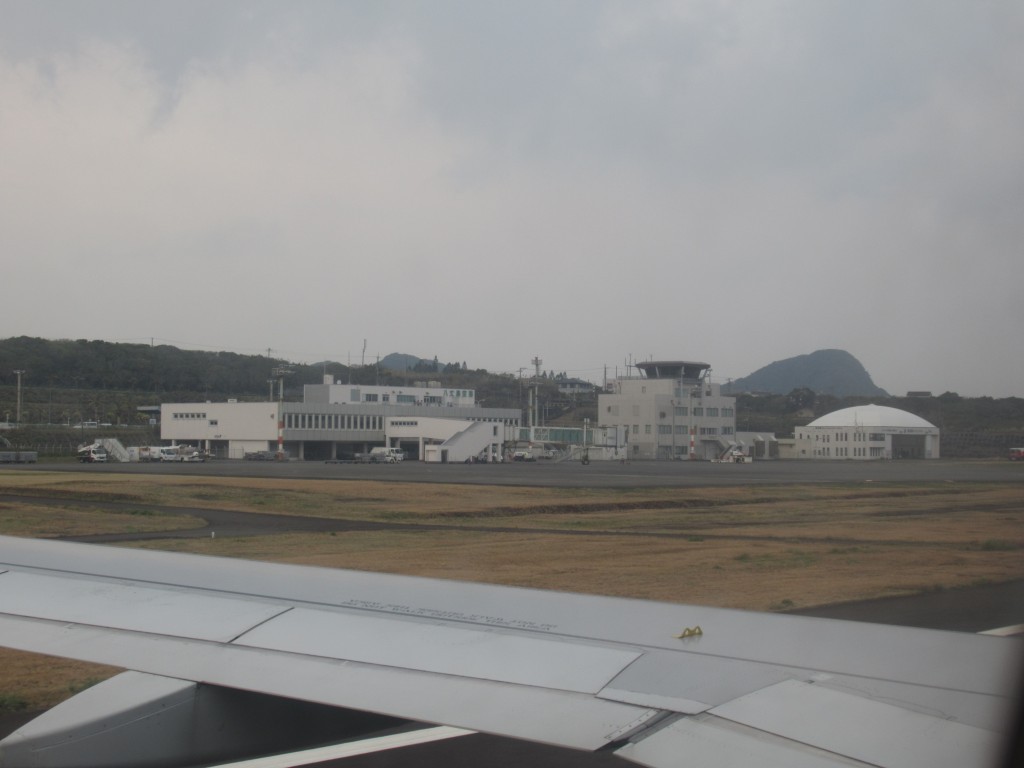
We have landed indeed in Hachijō-jima Airport 八丈島空港 whose name is displayed in Japanese only, which exemplifies the limited international aura of this island.
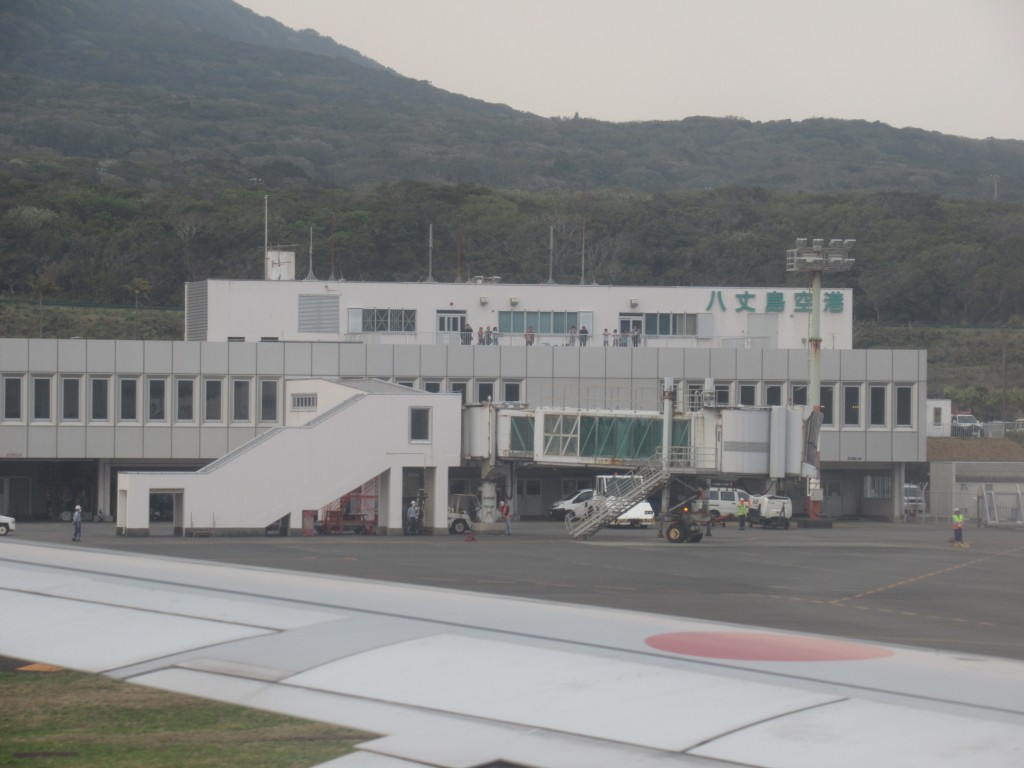
There is obviously a viewing platform

Arrival at the gate and complete stop of the aircraft.
The "Safety belts on" sign is still lit, so nobody moves

The sign is switched off : nobody has moved yet
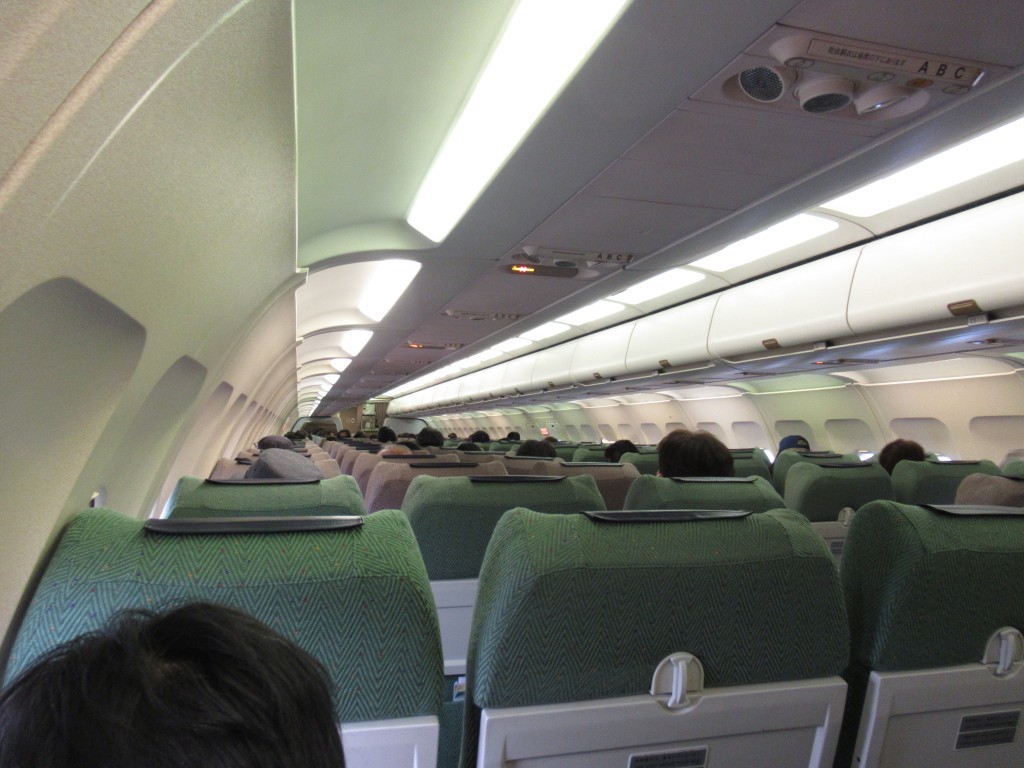
The passengers rise from their seats with no hurry
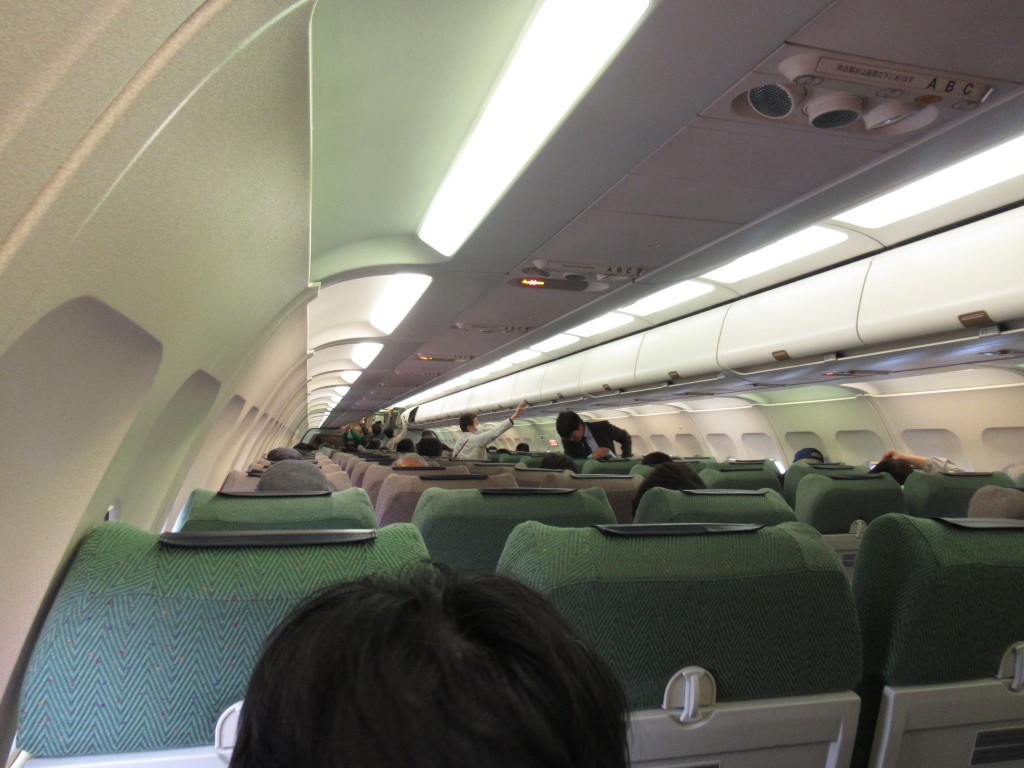
Why hurry here ?
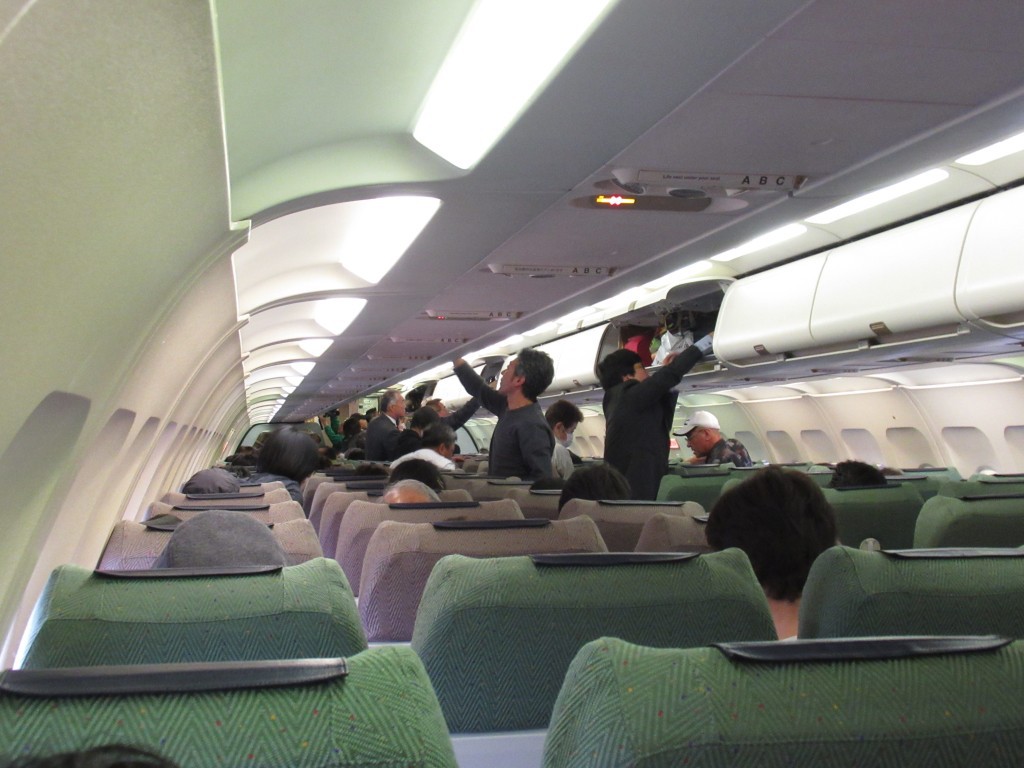
Now is our turn
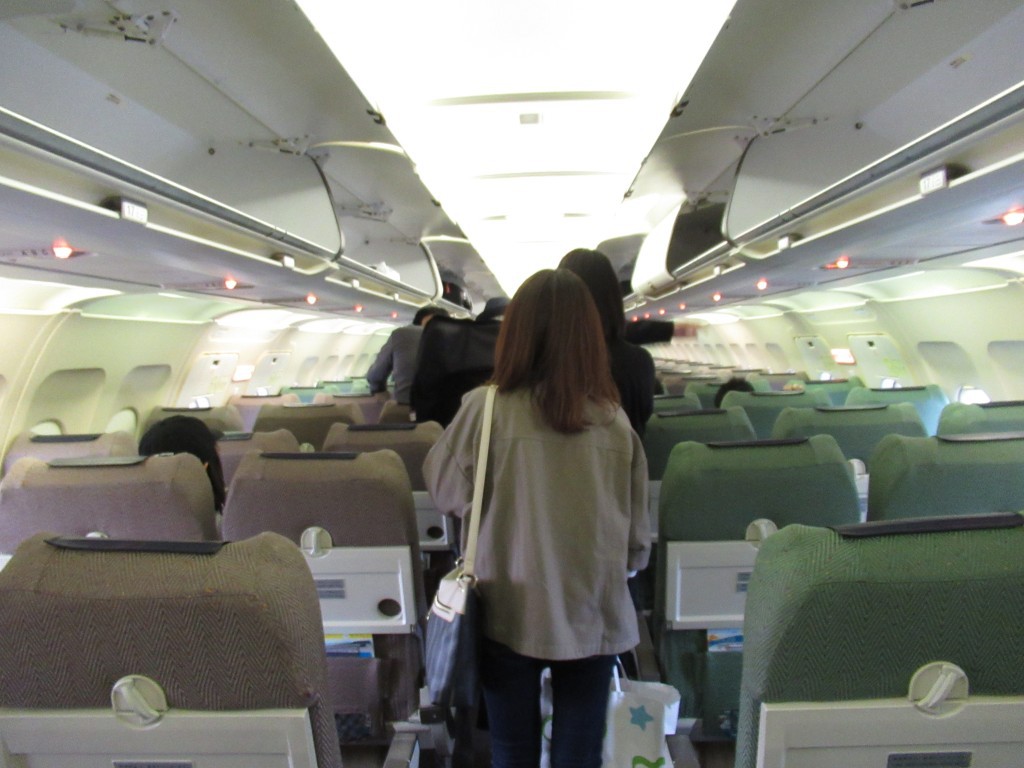
The plane with the south volcano as a backdrop. With three scheduled flights to/from HND per day, HAC is not the place to be for plane spotting.
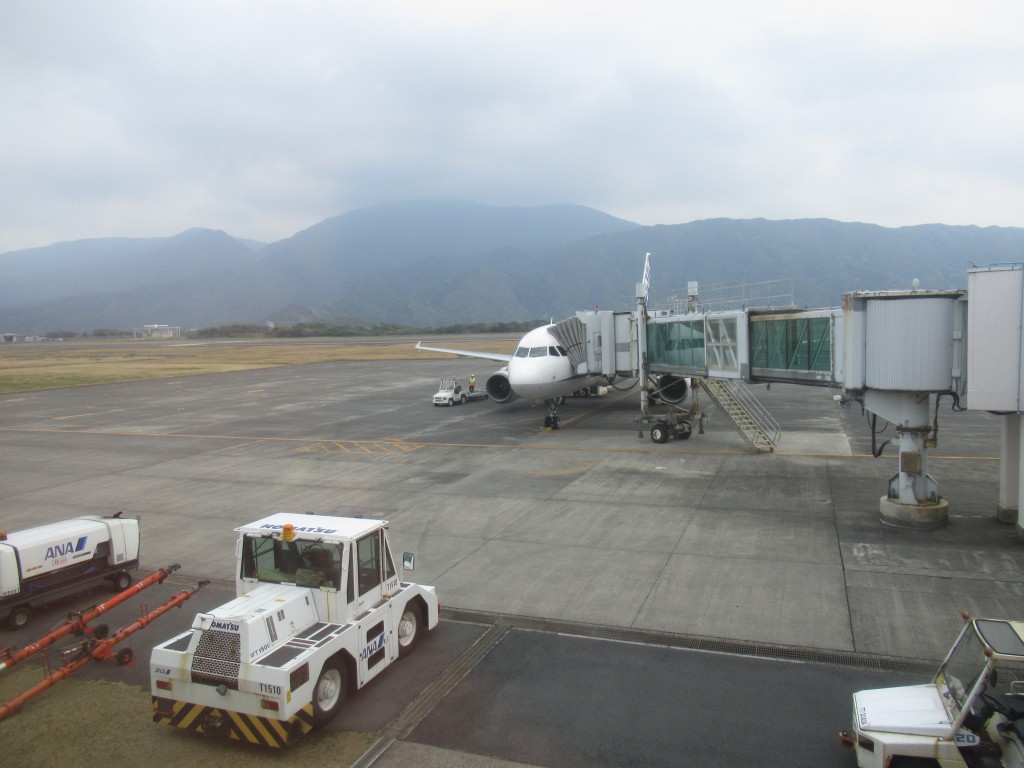
The luggage delivery room is small of course
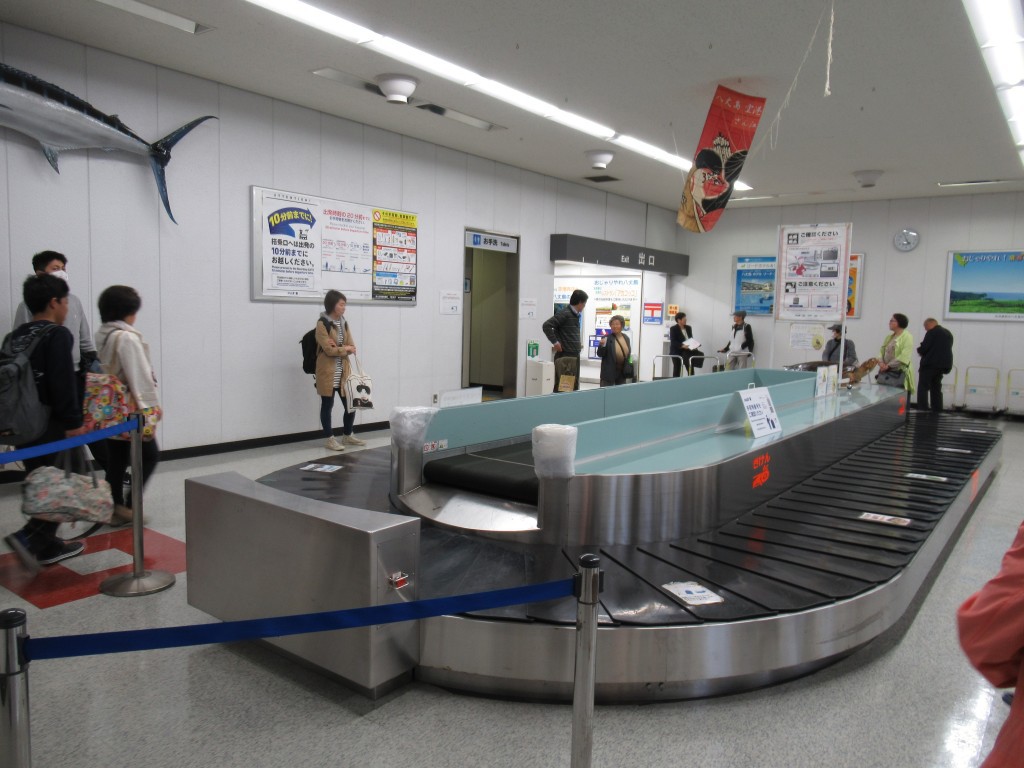
It is decorated with a marlin
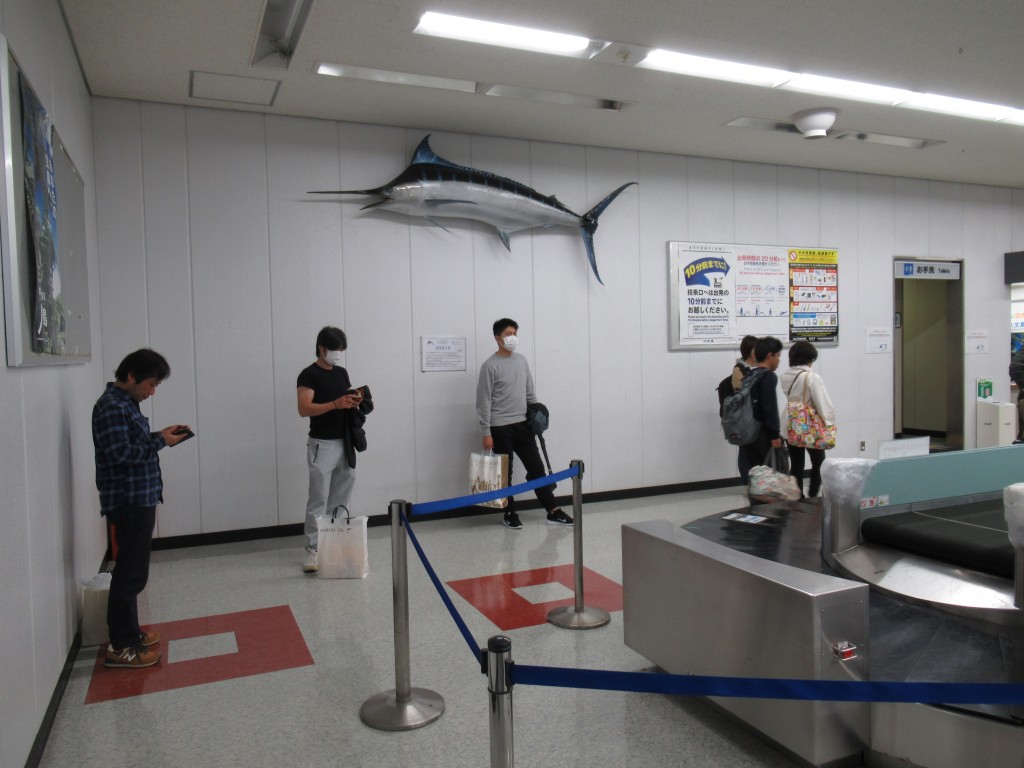
And a sea turtle, similar to those which come to this island to lay their eggs
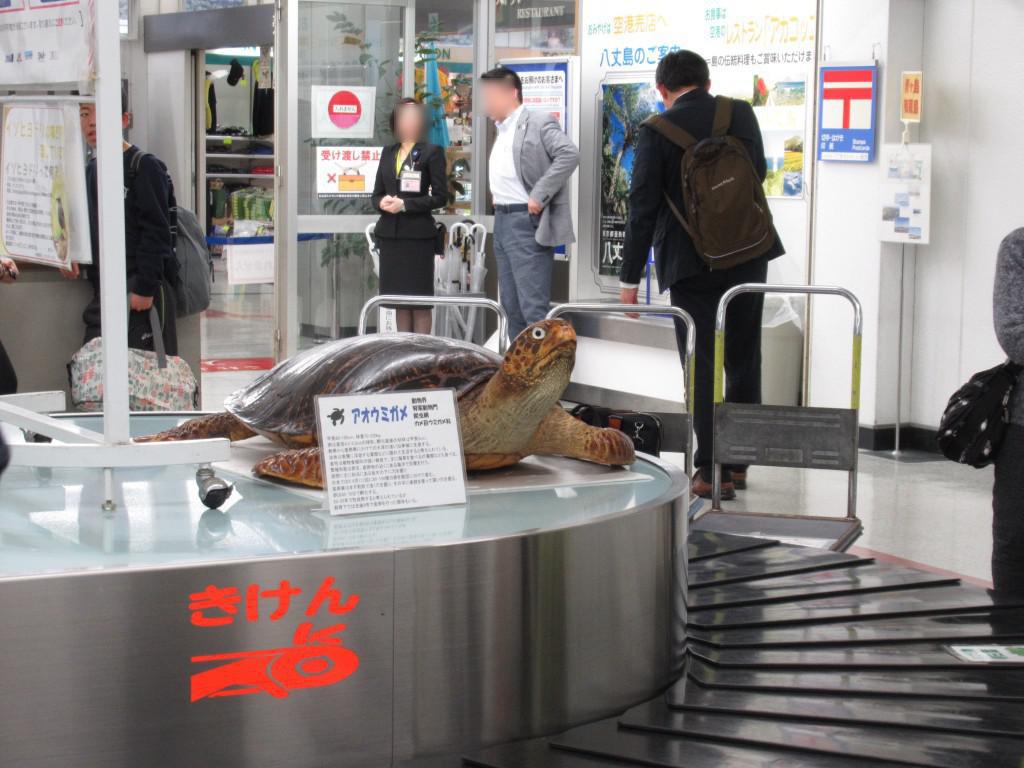
Arrival of our suitcase : there is a staff to place the suitcases right

Not only this signs welcomes us, but first and foremost my Japanese friend who does not hide his gratitude that we travelled all the way from Paris to come and visit him in his isolated island.
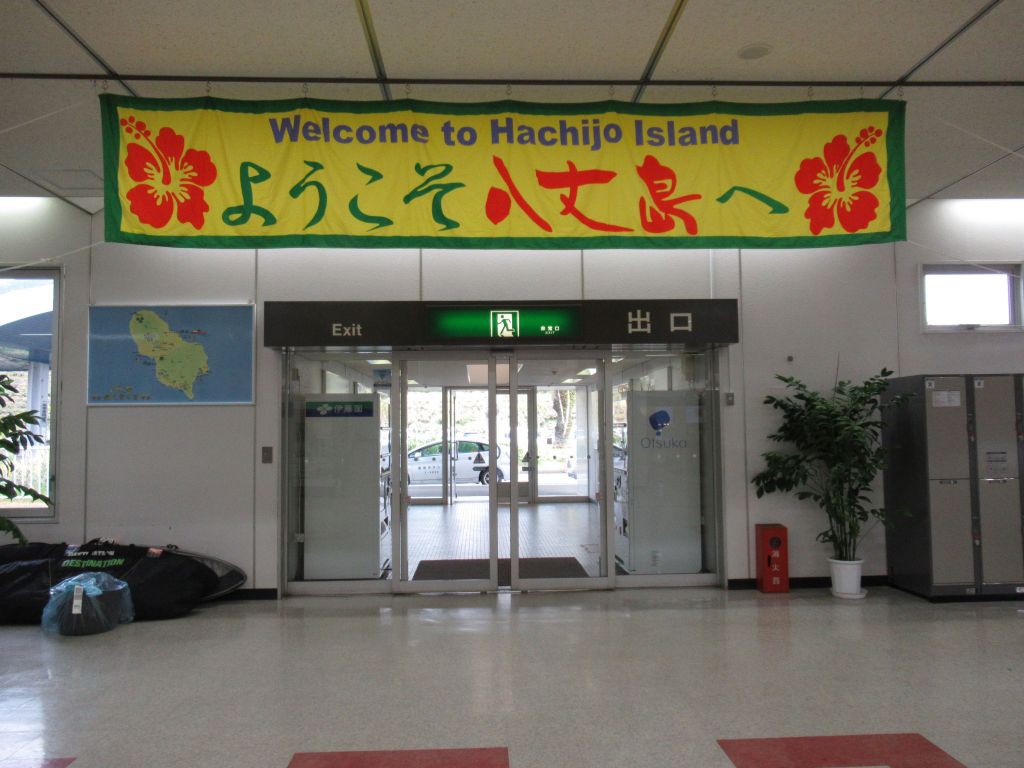
He will show us his island inside out ; we’ll have time to discover the terminal later, but he shows us this floral decoration on the ground landside.
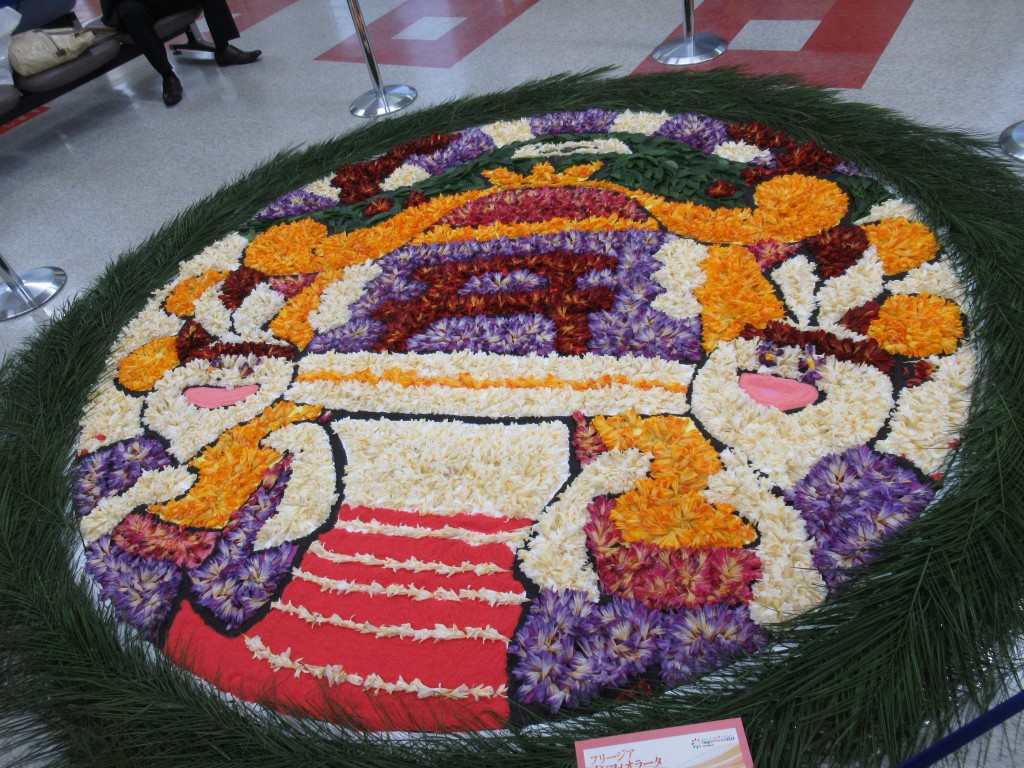
These are freesias ; this has been done as part of the Freesia 2019 festival which ends Sunday.

This is the outside of the terminal, with a couple taxis

This is the end of this report which is a first on Flight Report ; I now offer you a first glimpse of this rather unknown island.

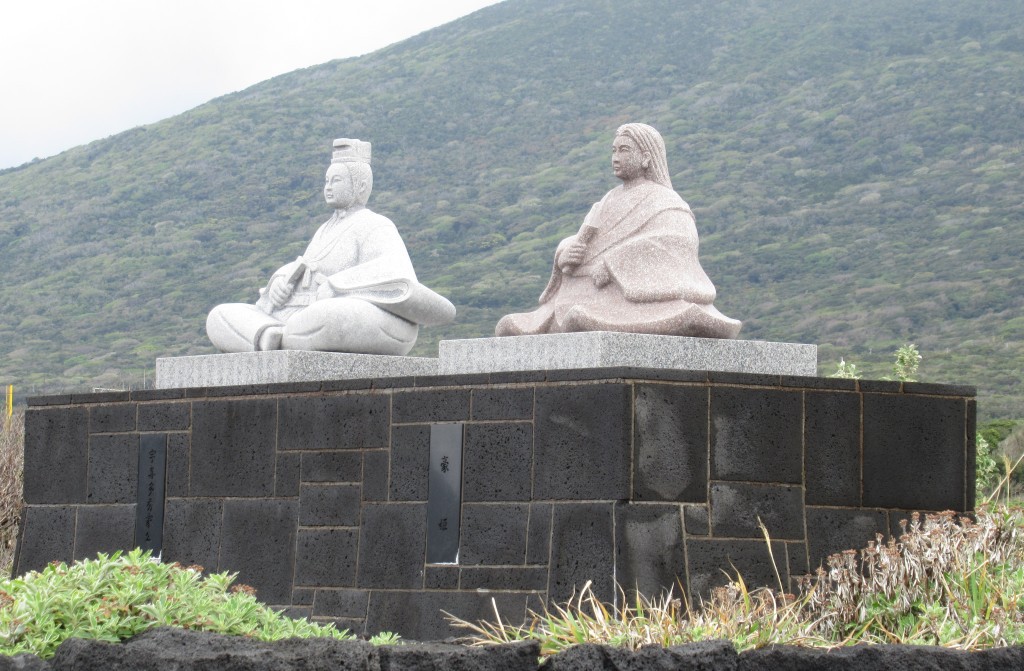
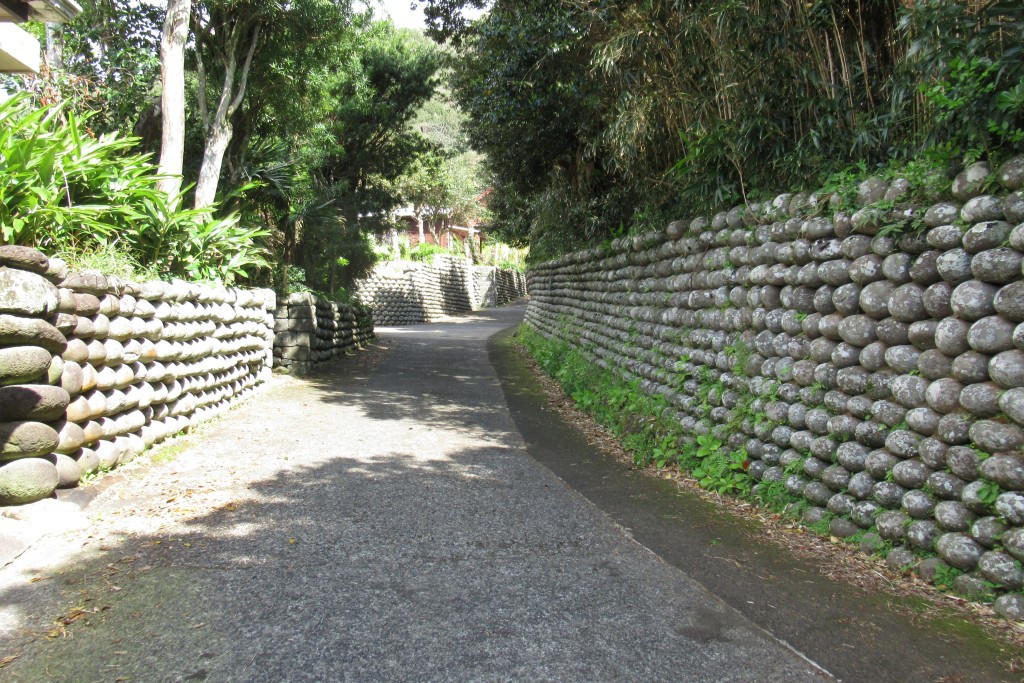

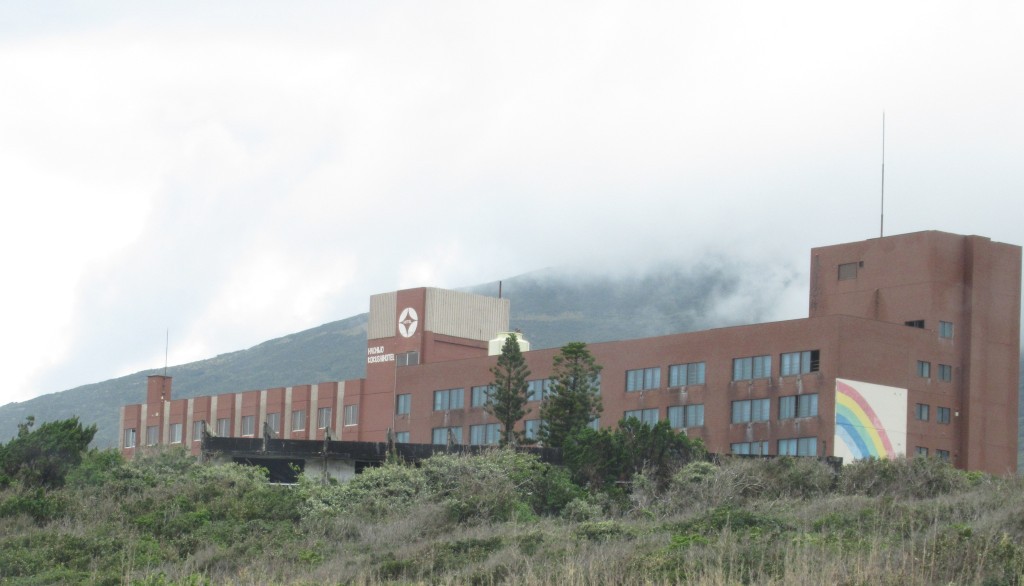
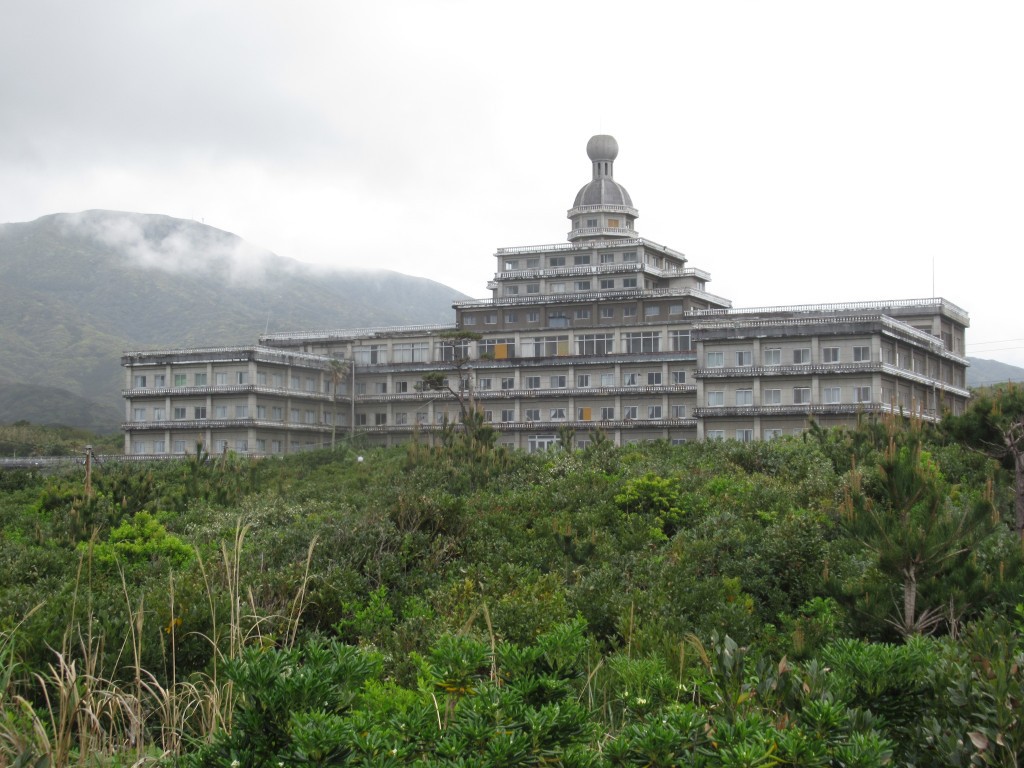
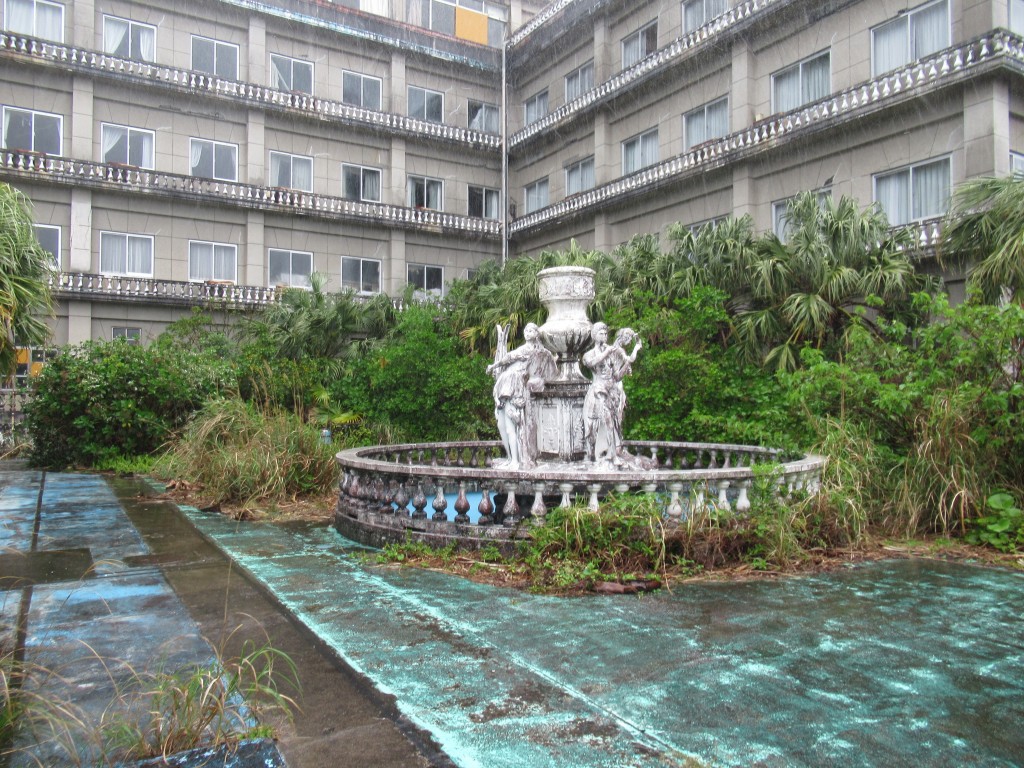
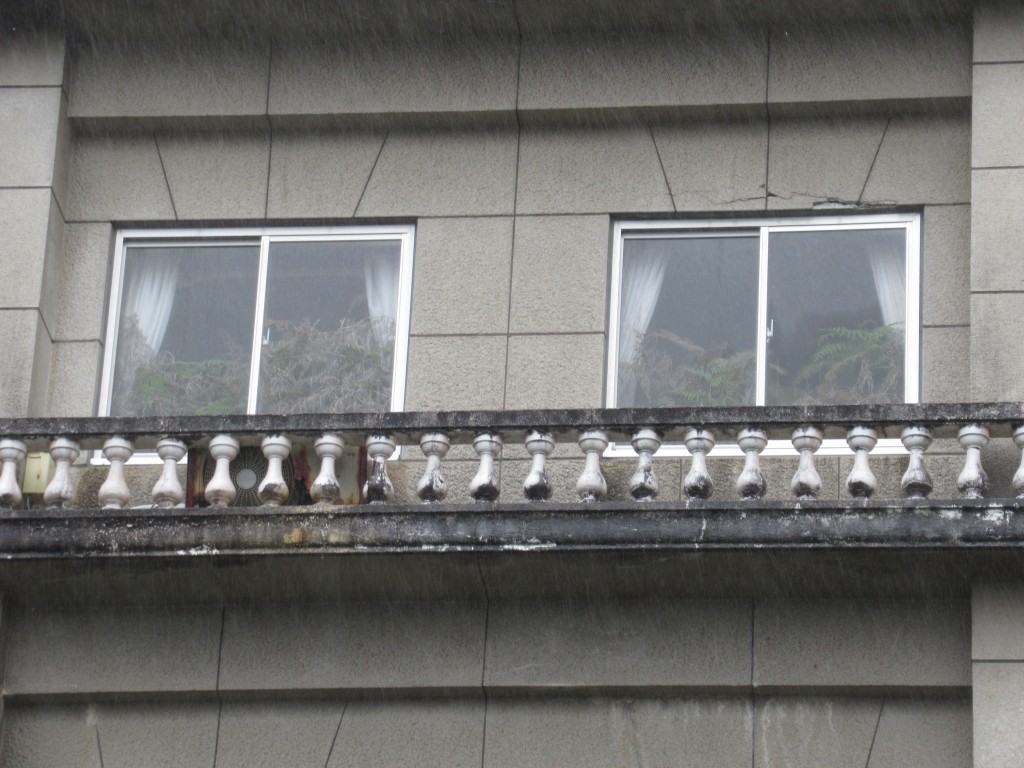

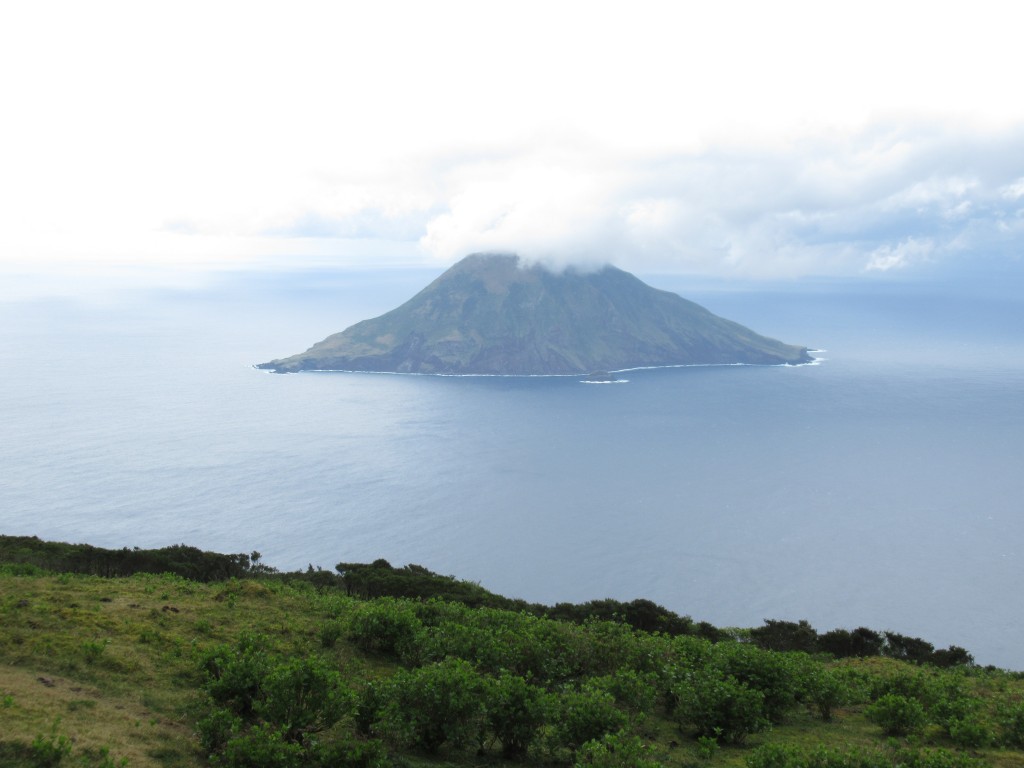

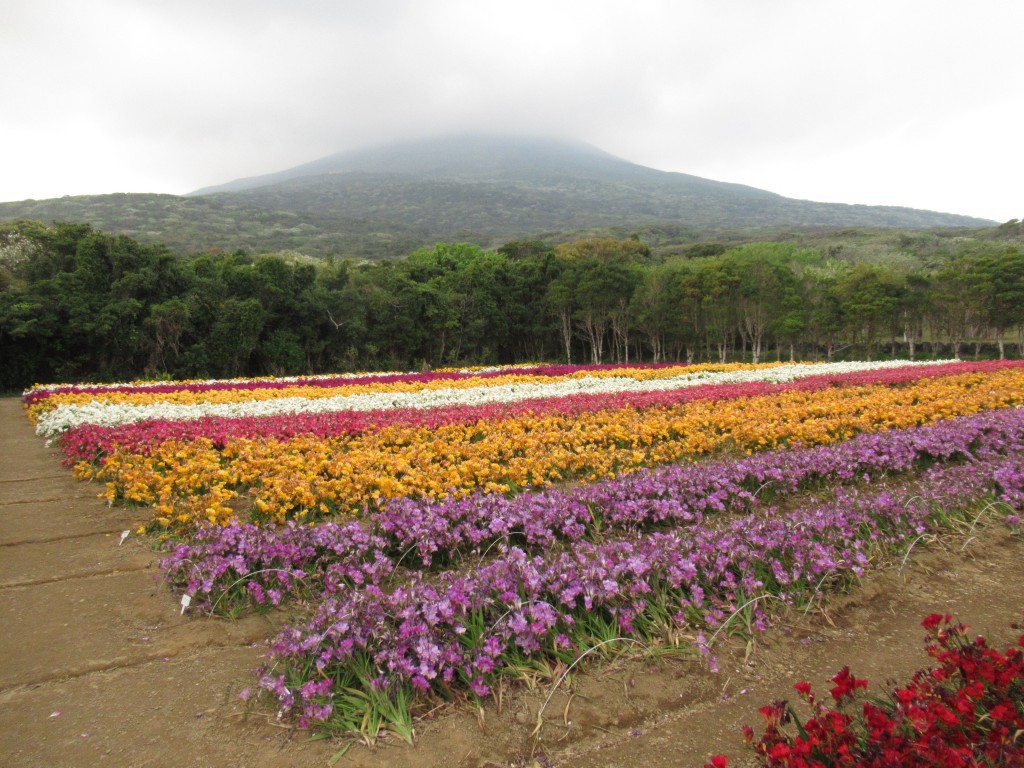


I can't say that I have seen those seats in an A320 for a very very very longtime to be honest. To me they are one of the most comfortable ones you could have, though the colour pattern ANA is using is very dull.... And just three candies throughout your flight without any drink or water available? I would have expected more from ANA to be honest, but a very nice report once again from you. Wouldn't mind visiting that island once in my life either, but my list is just increasing instead of decreasing haha. Thanks for sharing your FR
Three candies ? This is a massive exaggeration! ^^ I posted the picture of the first candy that I received, and that of the two candies that my wife received like I did (at the plane door, and later at her seat). I wouldn't want to mislead my readers into expecting so much more than the reality.:)
The more places I visit in Japan, the more I sadly realize the concept of life expectancy :)
Thanks for your comment !
Three candies ? This is a massive exaggeration! ^^ I posted the picture of the first candy that I received, and that of the two candies that my wife received like I did (at the plane door, and later at her seat). I wouldn't want to mislead my readers into expecting so much more than the reality.:)
I expected a drink too, but in hindsight, since you can buy bottled drinks for cheap everywhere in Japan and they are accepted at the safety check, this is less needed than in other countries.
The more places I visit in Japan, the more I sadly realize the concept of life expectancy :)
Thanks for your comment !
Merci Marathon for sharing this report and great plane spotting always! It also marks my first comment in Reiwa Era^^
I don’t know if there are differences between Terminals. Last time I had the very good Wi-Fi at Intl side.
For the plane the seat looks a bit historic but very comfortable. BTW I would expect there is drinks service for a 50 minutes domestic flight.
Very beautiful tourist bonus of Hachijōjima. I would never thought of this place if plan travelling to Japan.
À bientôt.
Plane spotting was a good way to kill time in a connection where everything went smoothly.
This trip may help me memorize when Reiwa started (I always forget about the preceding eras...)
Visiting Hachijōjima with a local who knows the place inside out (and also seems to know everybody there) went a long way towards making it a fascinating visit because I would not describe this island as a "to be visited before it is spoiled by mass tourism" hidden jewel.
Thanks for your comment !
Arigatō gozaimasu for this report.
I'd never heard of Hachijōjima before, so it's interesting to discover this place and route. Wow that cabin looks really old, but the seats seem very comfortable. It's a shame seats are no longer as cushy and well stuffed anymore.
I love that Japanese airports have viewing decks. Many U.S. airports used to have them too, including my local airports IAD and DCA...unfortunately all closed for security reasons.
Nice planespotting and aerials as usual.
I would not expect any of my non-Japanese readers to have heard of Hachijōjima before reading this report. Neither had I before I met that resident who became a friend.
Cost cutting mandates that economy seats are no longer designed based on comfort, but on how little comfort you can manage for the duration of the flight.
Japan experienced its own domestic brand of air transport terrorism, but that was in the 1970s and the perception of the risks in Japanese airports is much less than in the US. It strikes me that a number of European airports have excellent viewing platforms while others closed theirs or never built one.
Thanks for your comment !
Thanks a lot for sharing this experience! The Chilean saying became true in your case: "Más vale tener amigos que tener plata." (Having friends is better than having money) Right? And we readers benefited on the rebound. I had never heard about these islands and I doubt I would have heard about them without this and the following reports.
The "no squatting" sign brought back memories of my first days working as a teacher in some isolated primary school in the south of my country, back in the 90s. We would usually find little footprints on the wc seats because local children didn't know how to use them.
And I see that the Japanese symbol for "Correct" is a circle! Different from our check mark.
Something happened when you inserted this photo into the report. I can see its URL but it seems that the markers [img] and [/img] were not placed correctly at the beginning and the end.
I didn't realize I was a criminal sentenced to forced labor until now.
I found some interesting information here: https://aviation.stackexchange.com/questions/18903/is-there-a-name-for-the-area-for-aircraft-to-back-track-near-the-runway-threshol
I think they call it "turnpad" or "runway turnaround".
An enjoyabke report from beginning to end.
Thanks!!
I like this unexpected story – it makes the Japanese pictogram much more relevant.
Indeed, and the sign for “Wrong” is an X, which graphically is dangerously close our check mark when scribbled.
Oops; bad BBcoding. I fixed these markers after some fighting with a apparent automatic correction (corruption?) feature.
But you have hopefully more say in the choice of your work and of its location.
“Más vale tener amigos que tener plata”! Many thanks for this link :)
I know the French word (“raquette” = (tennis) racket), but had guessed correctly that it would be different in English.
My pleasure to share, and to read your comments. Thanks !